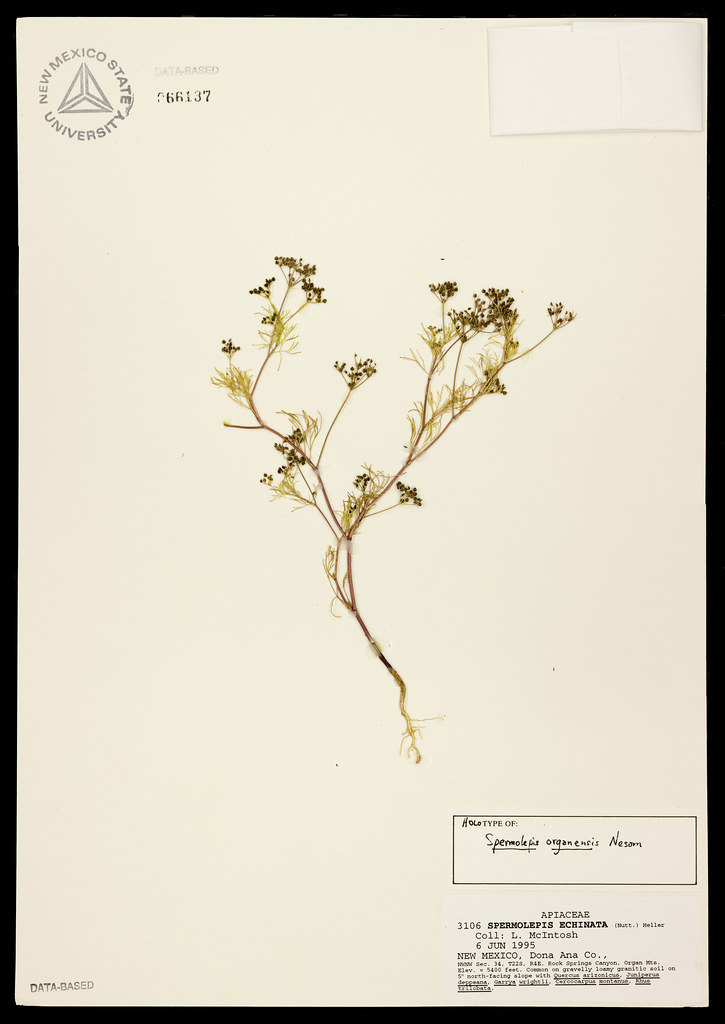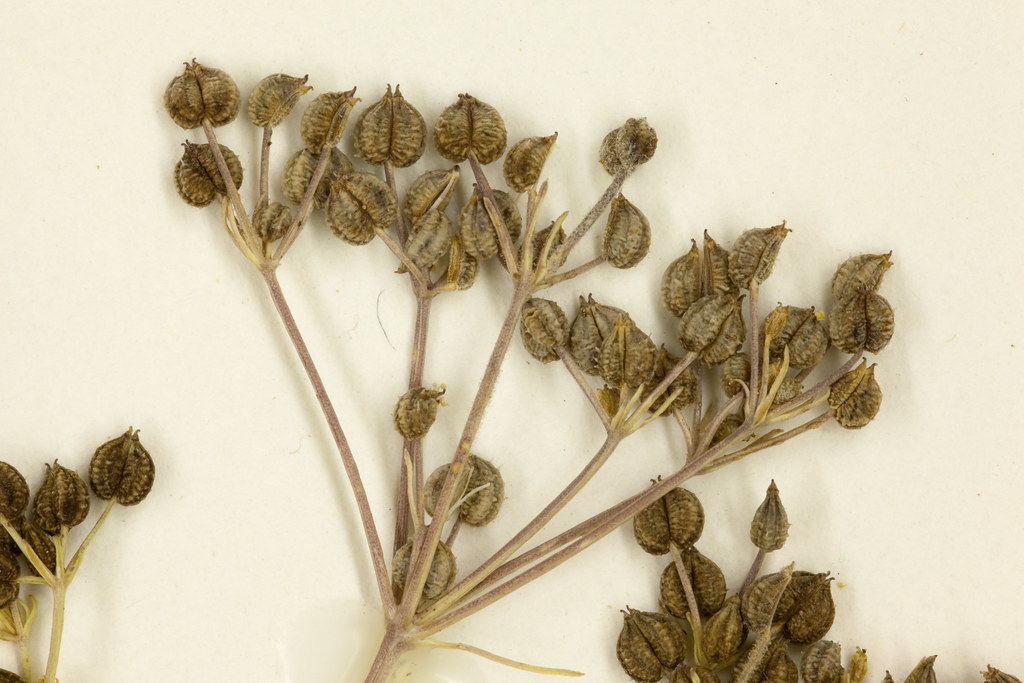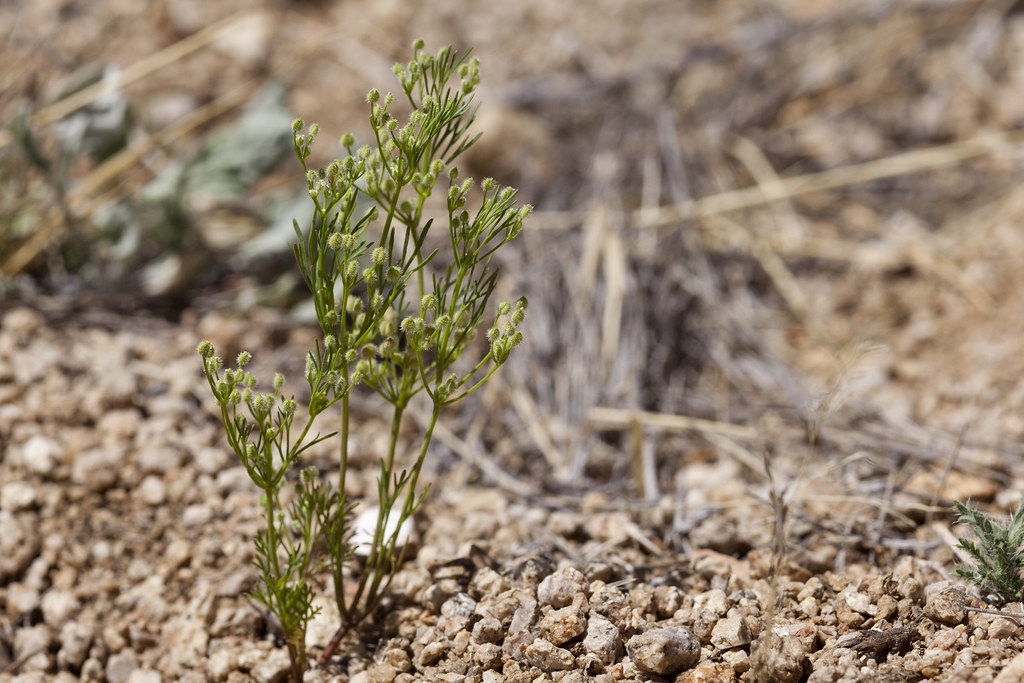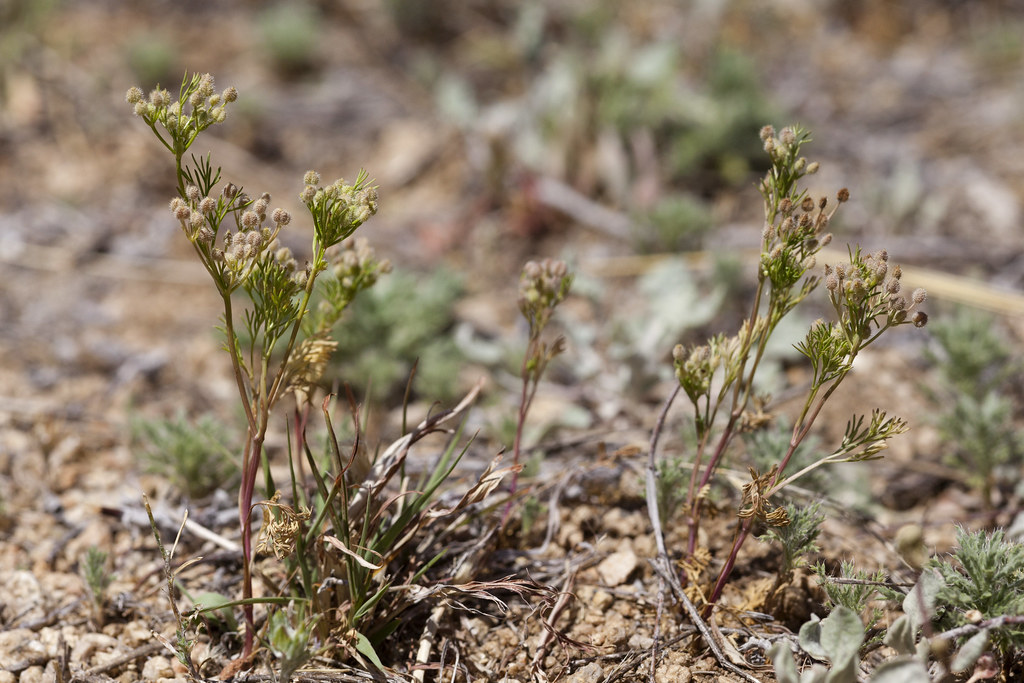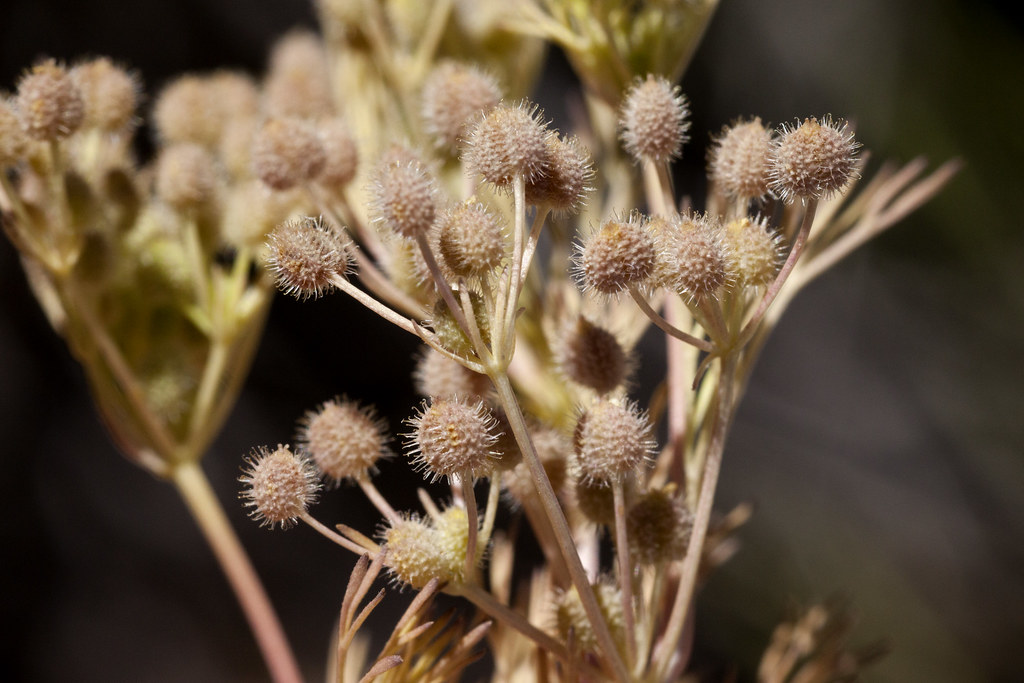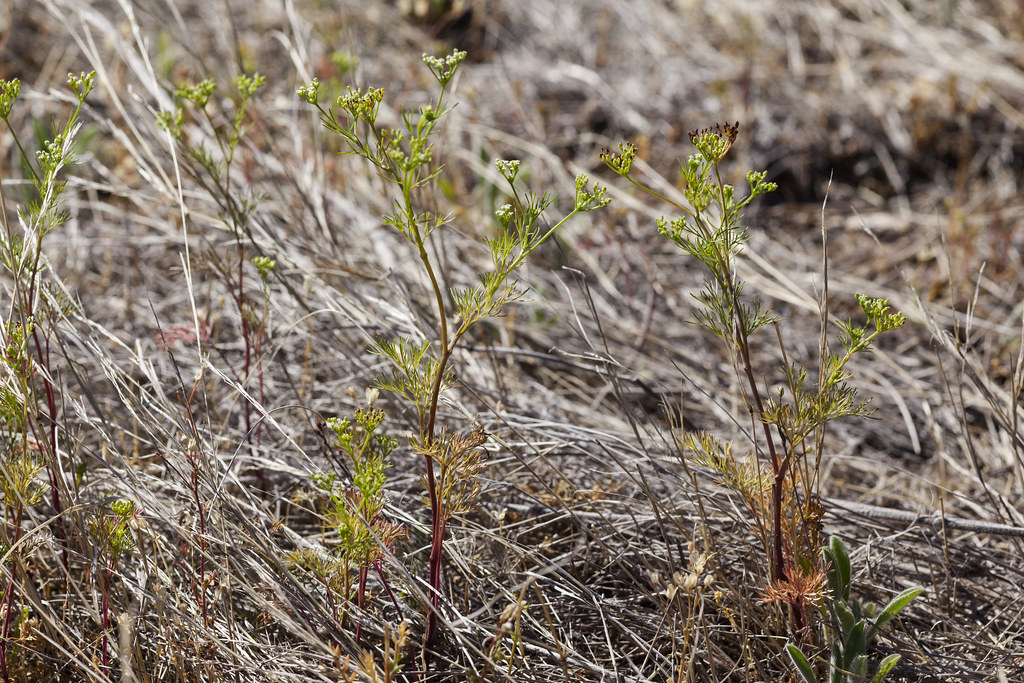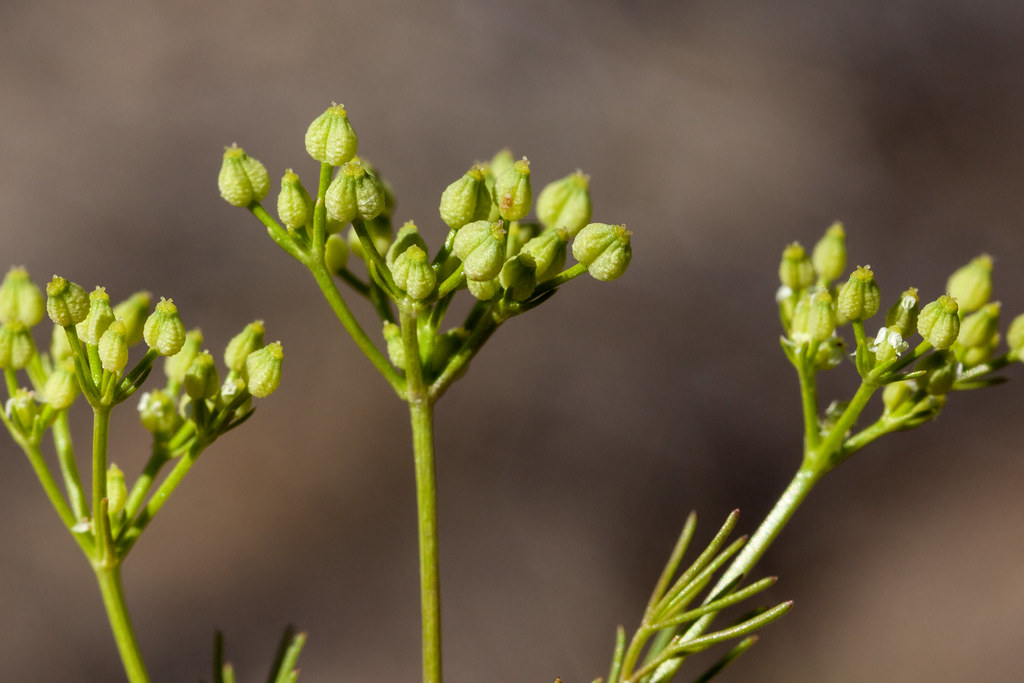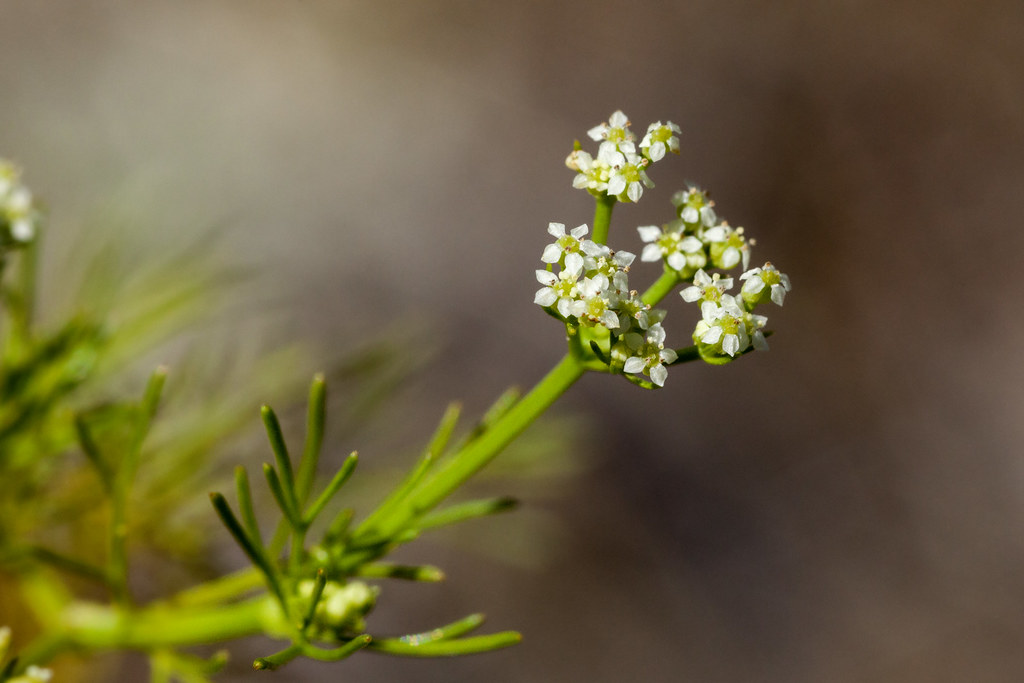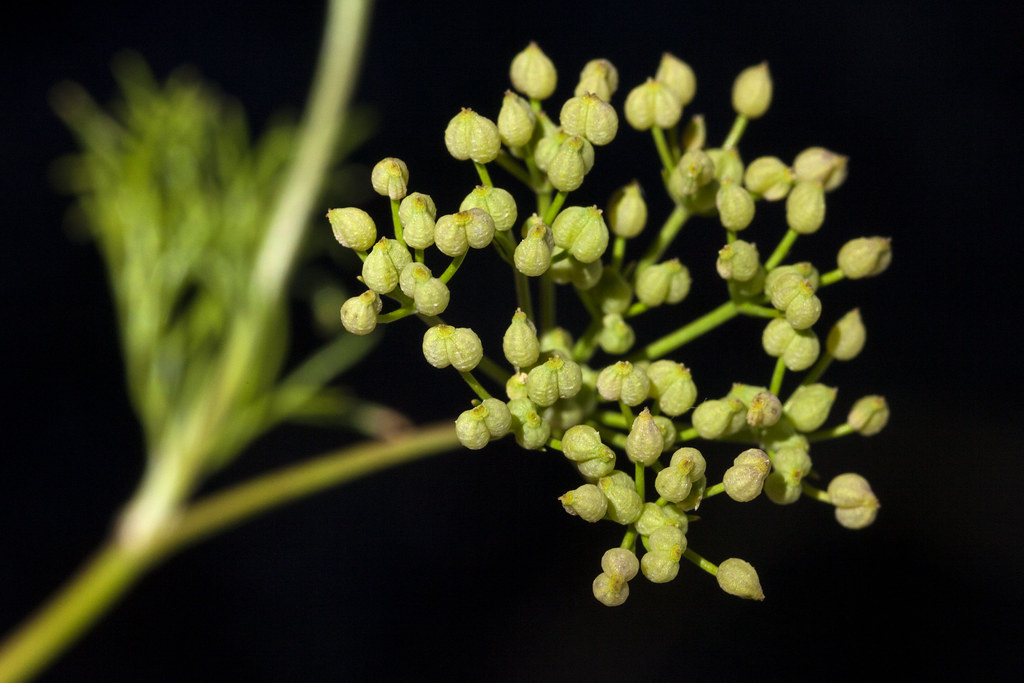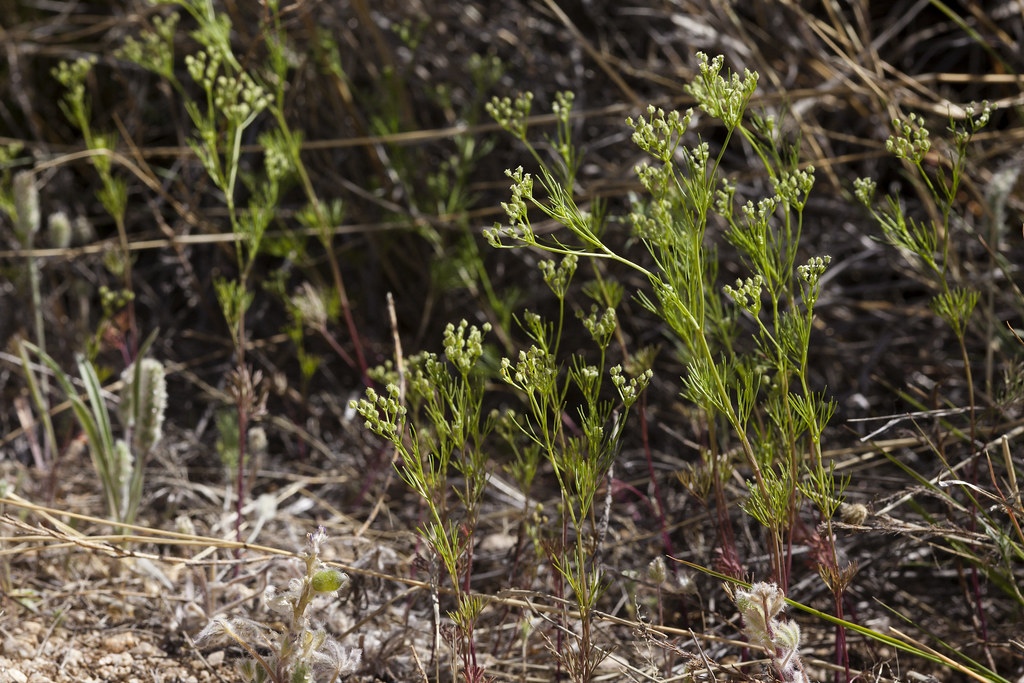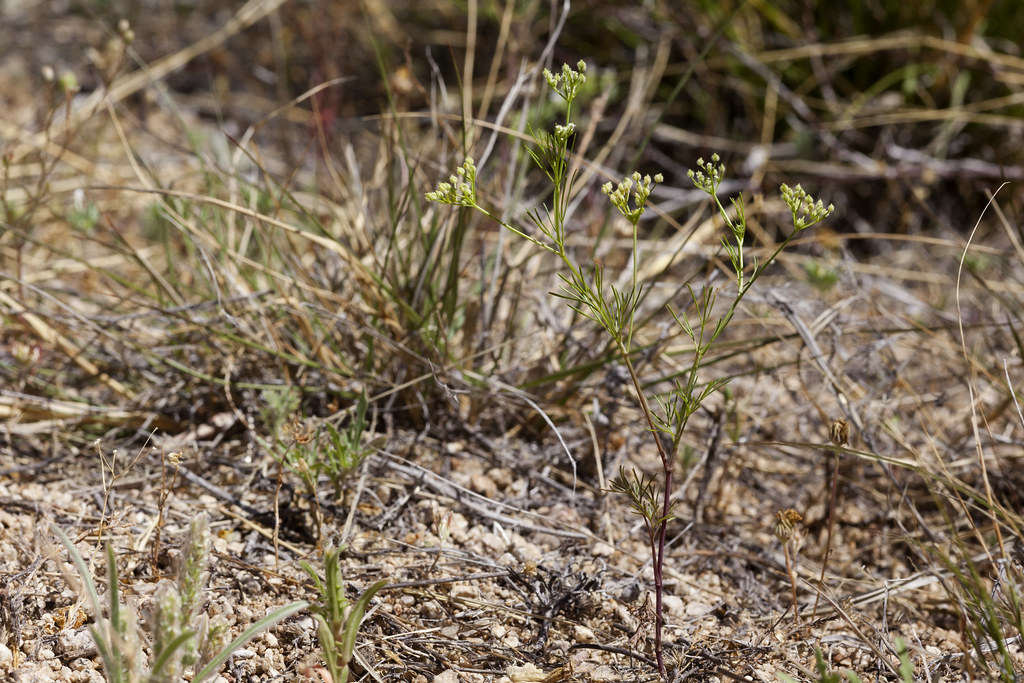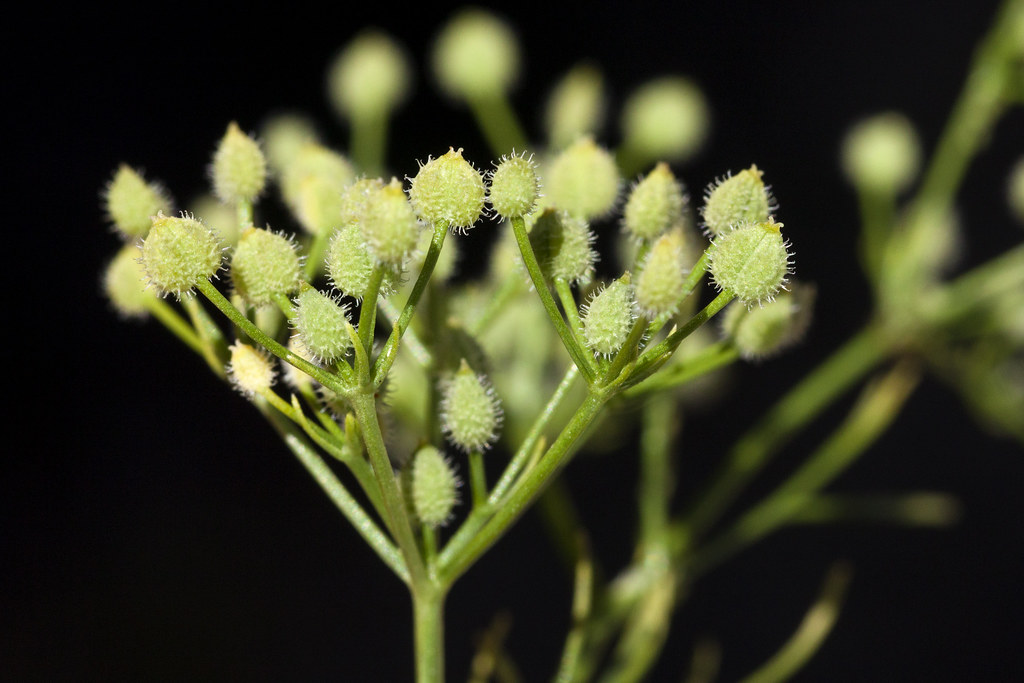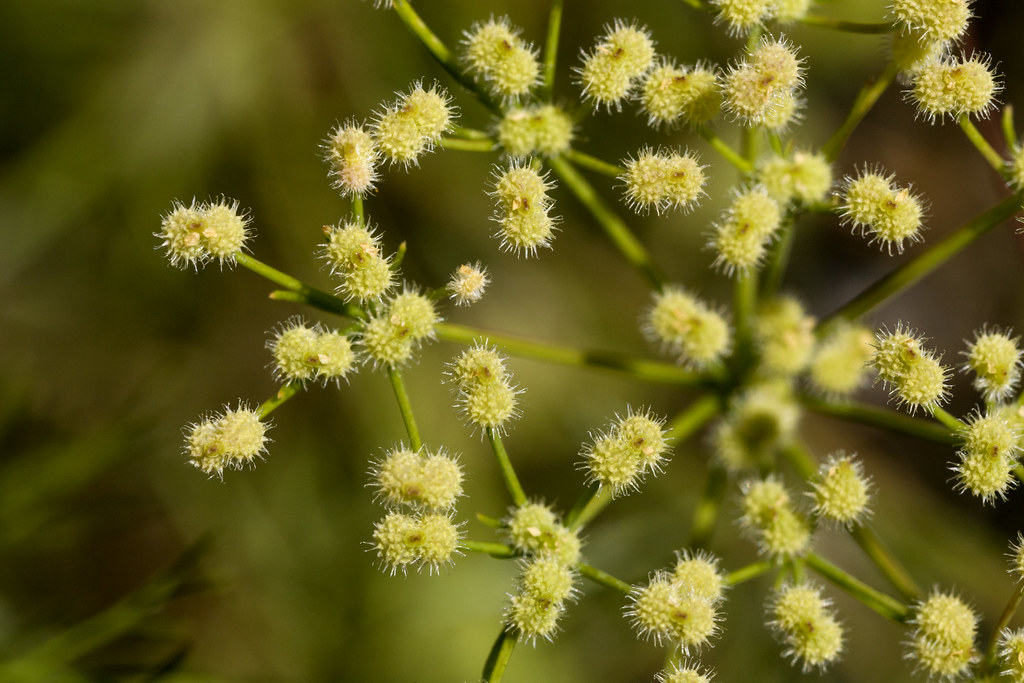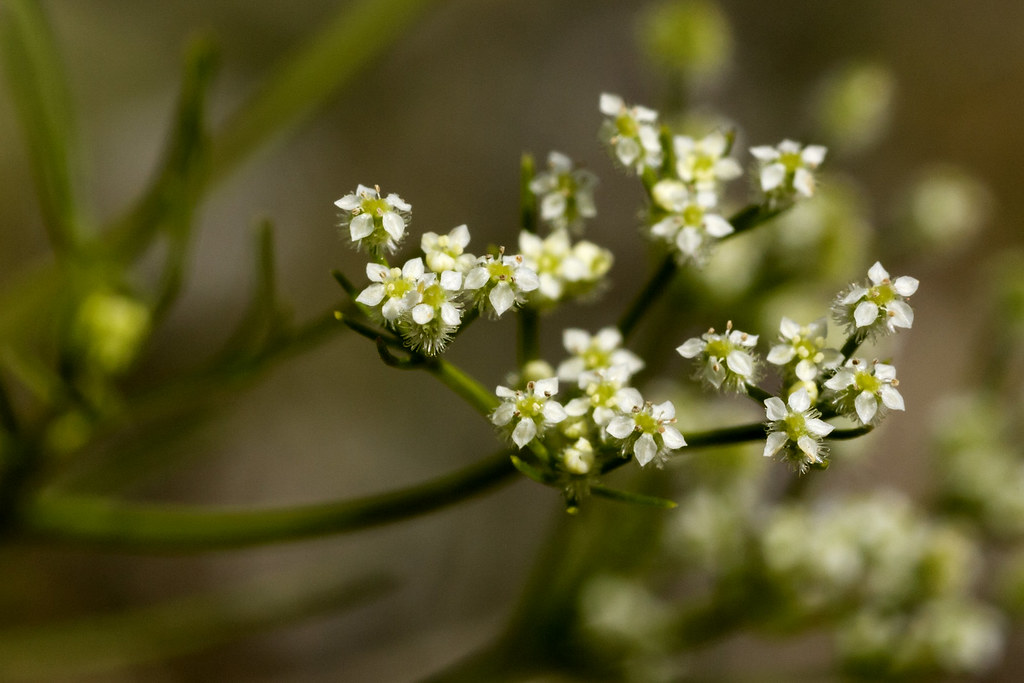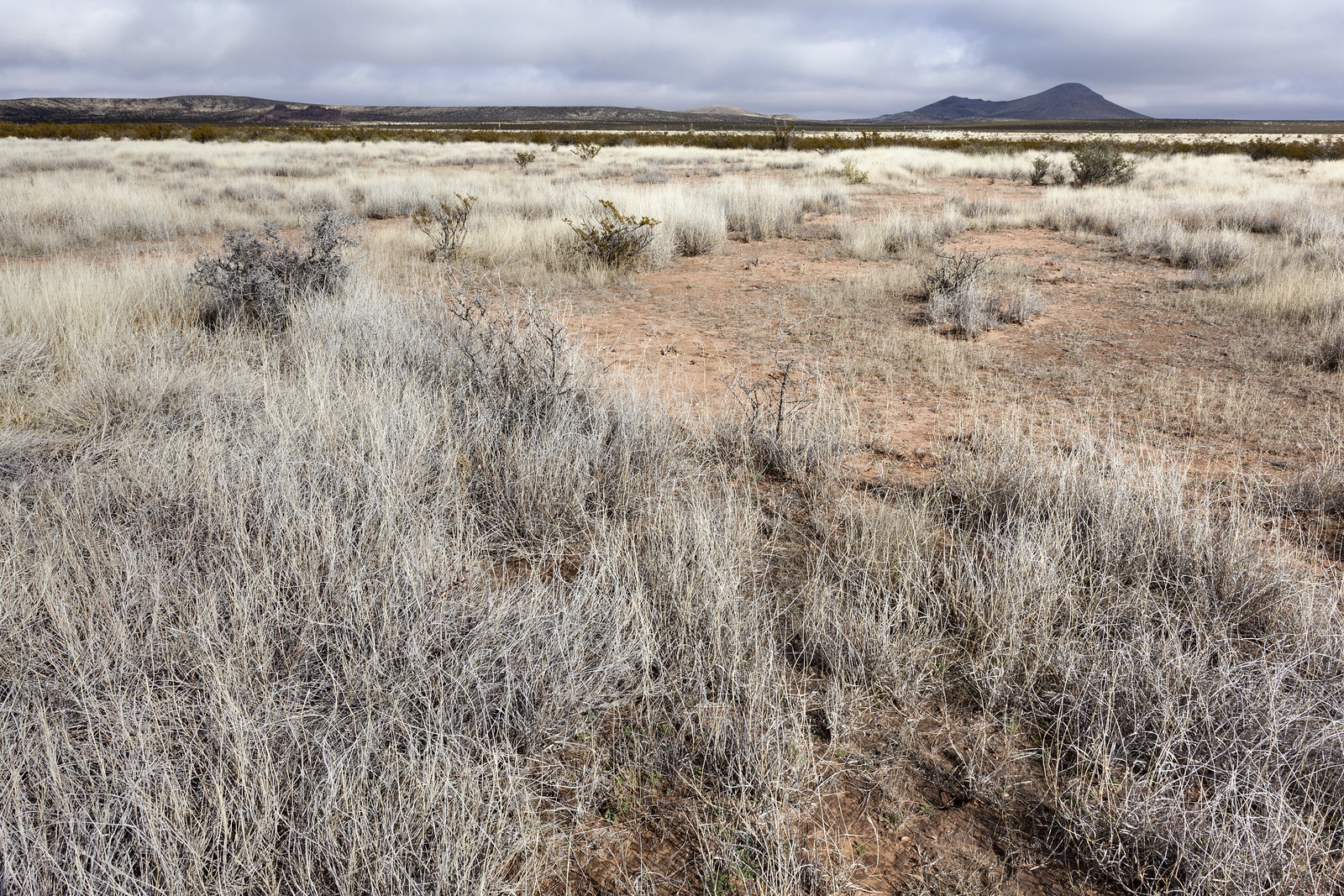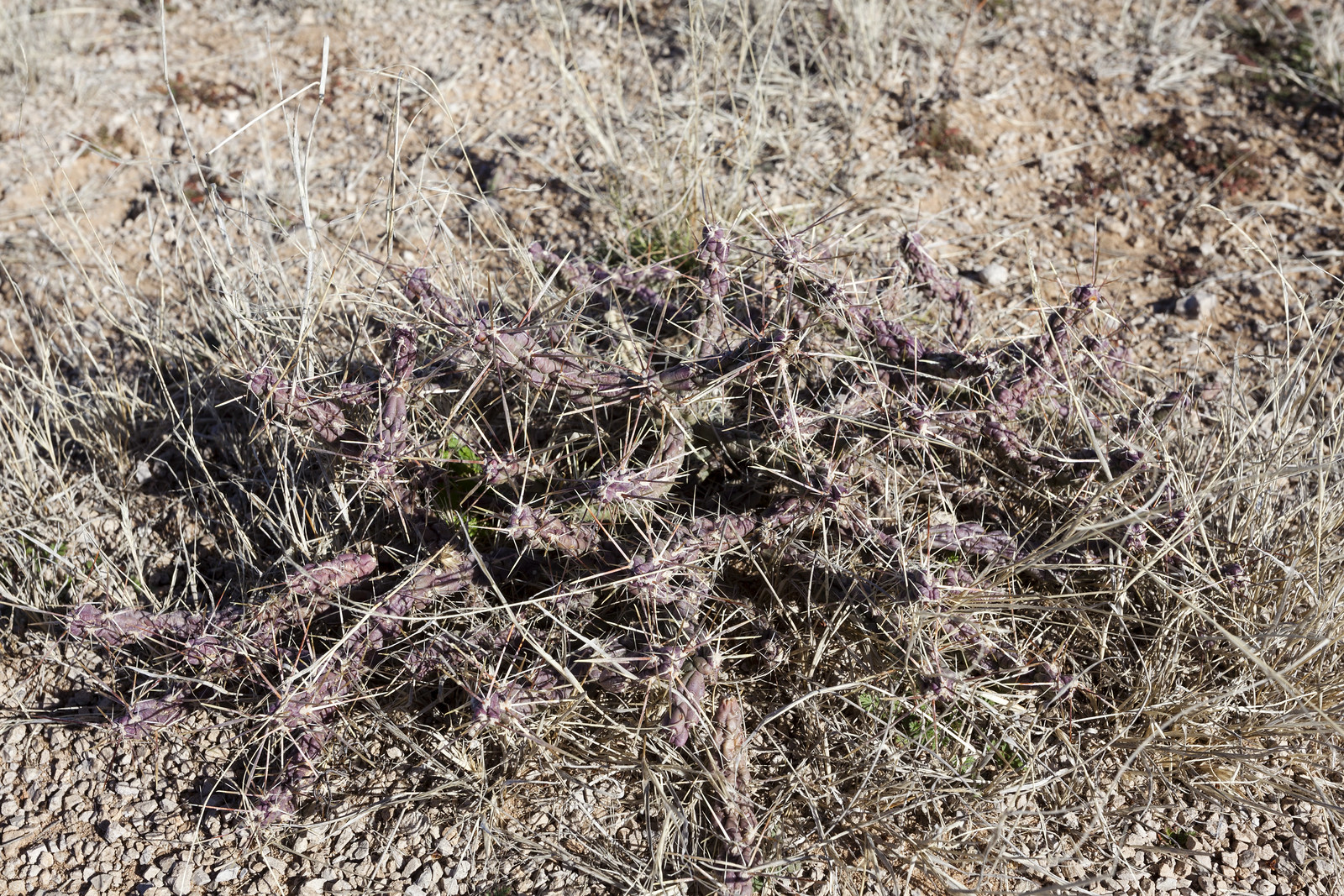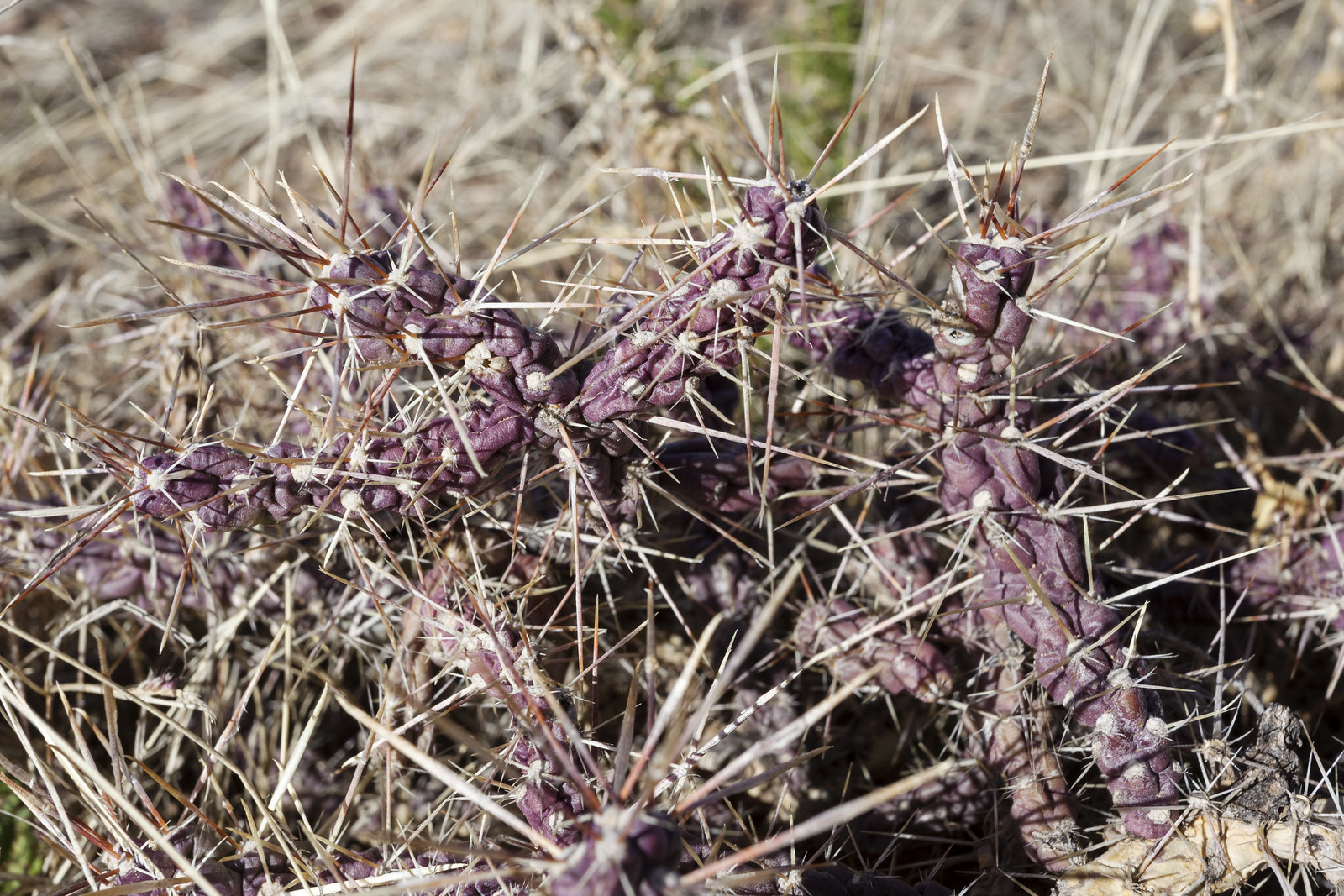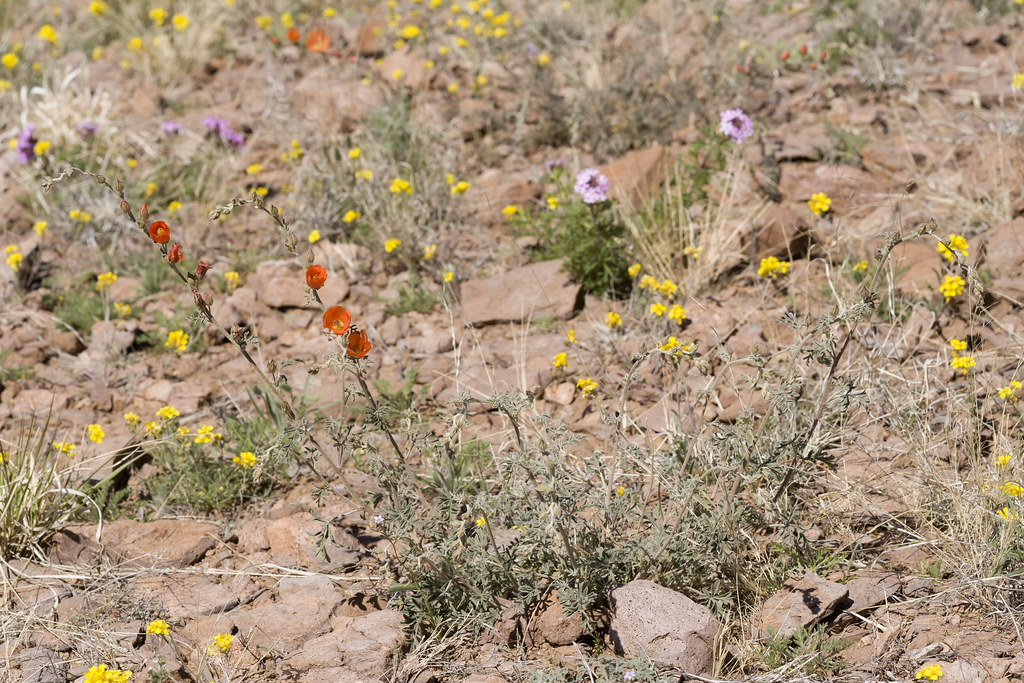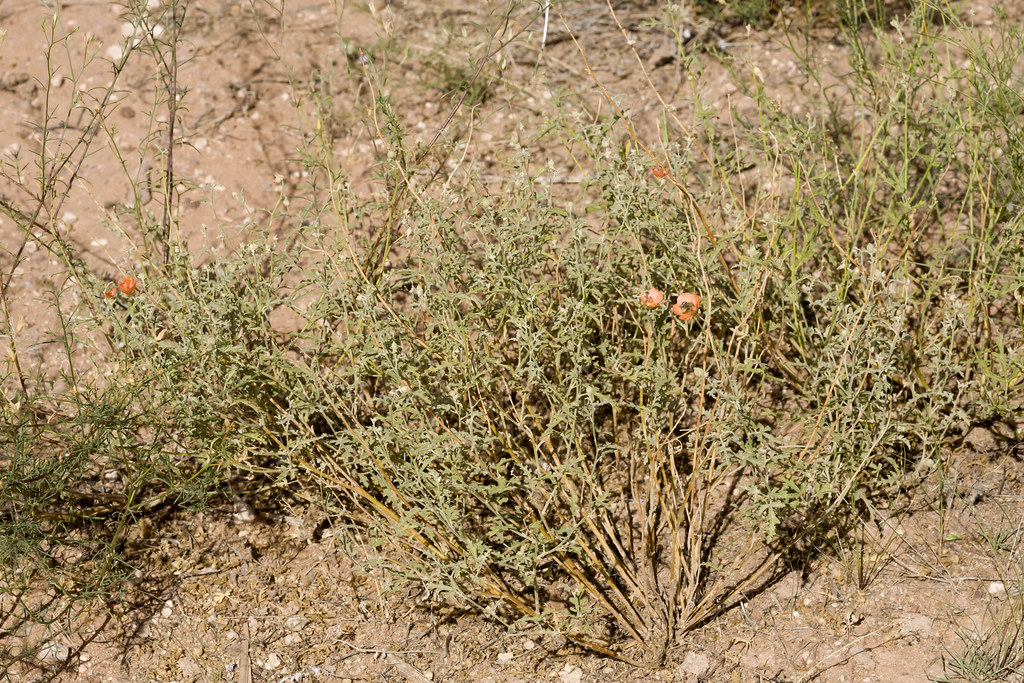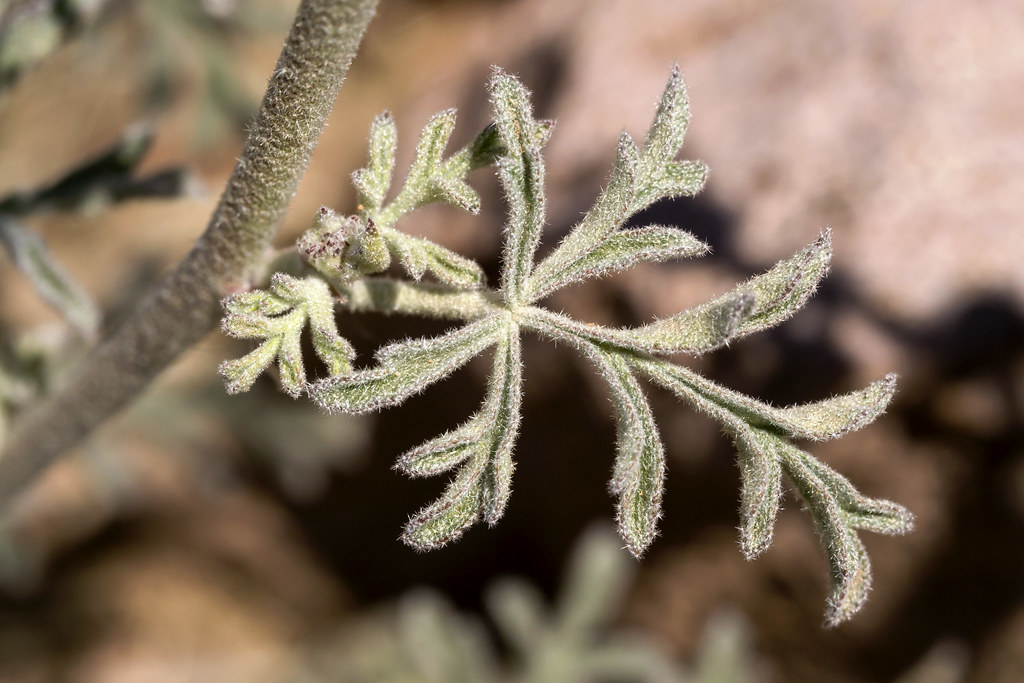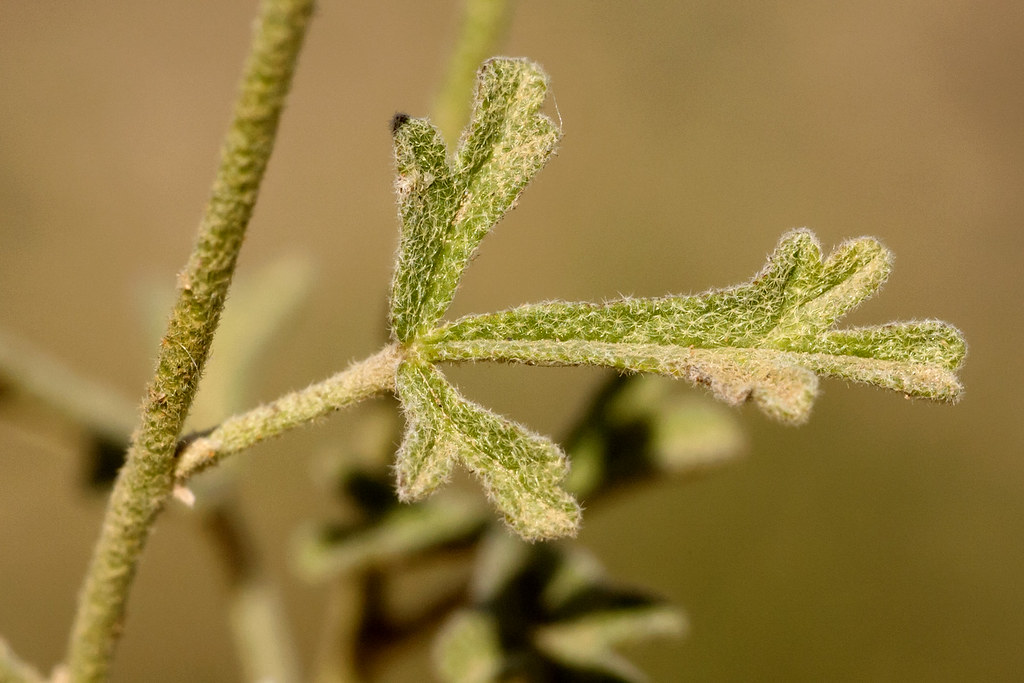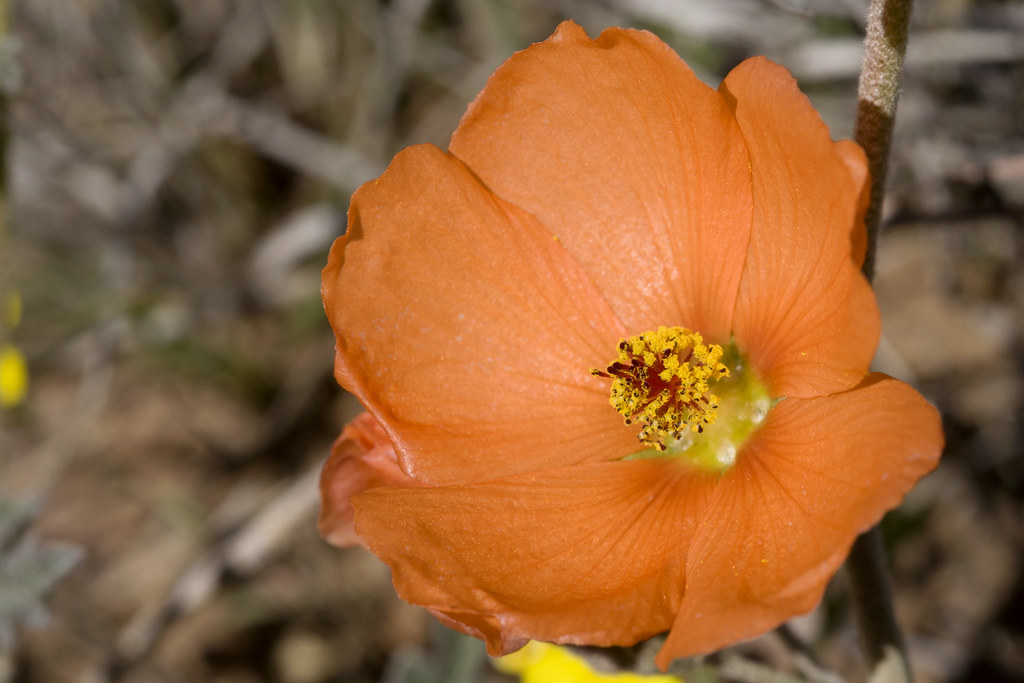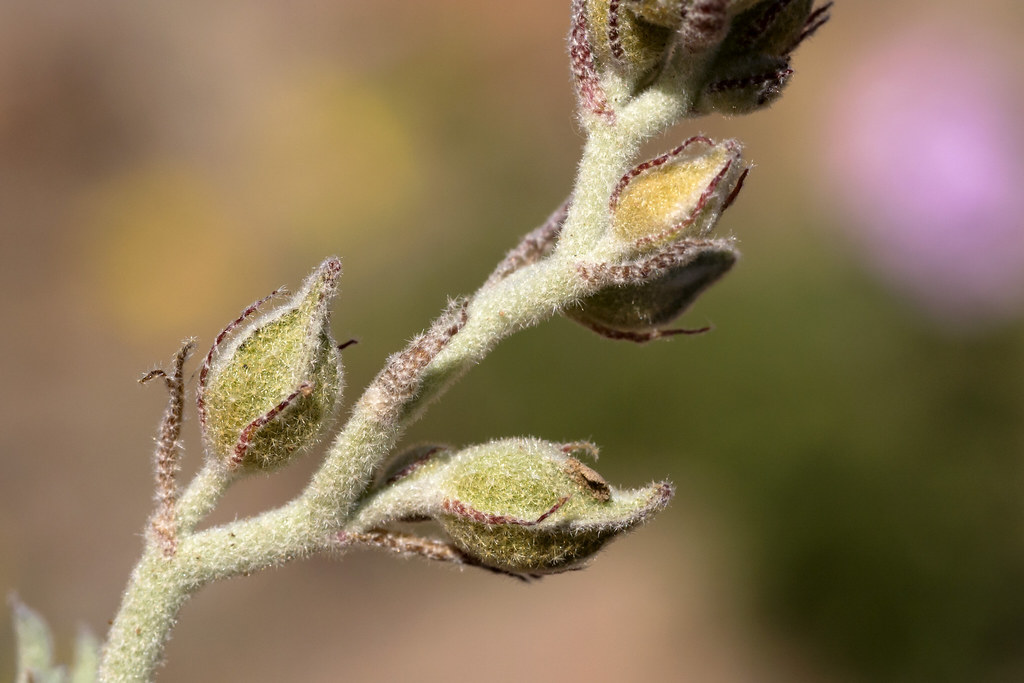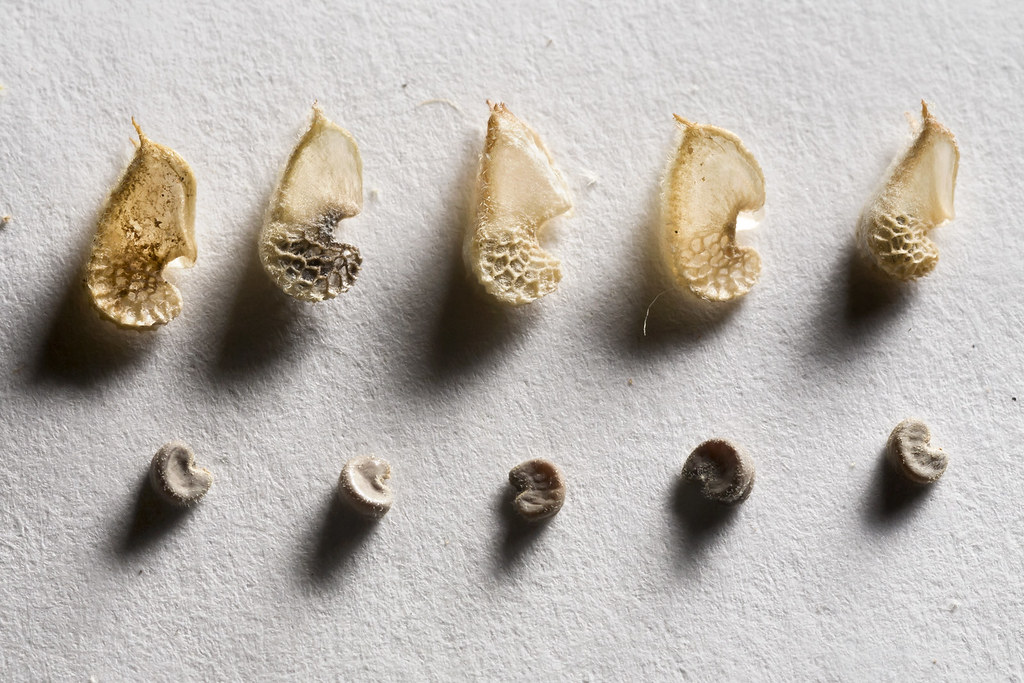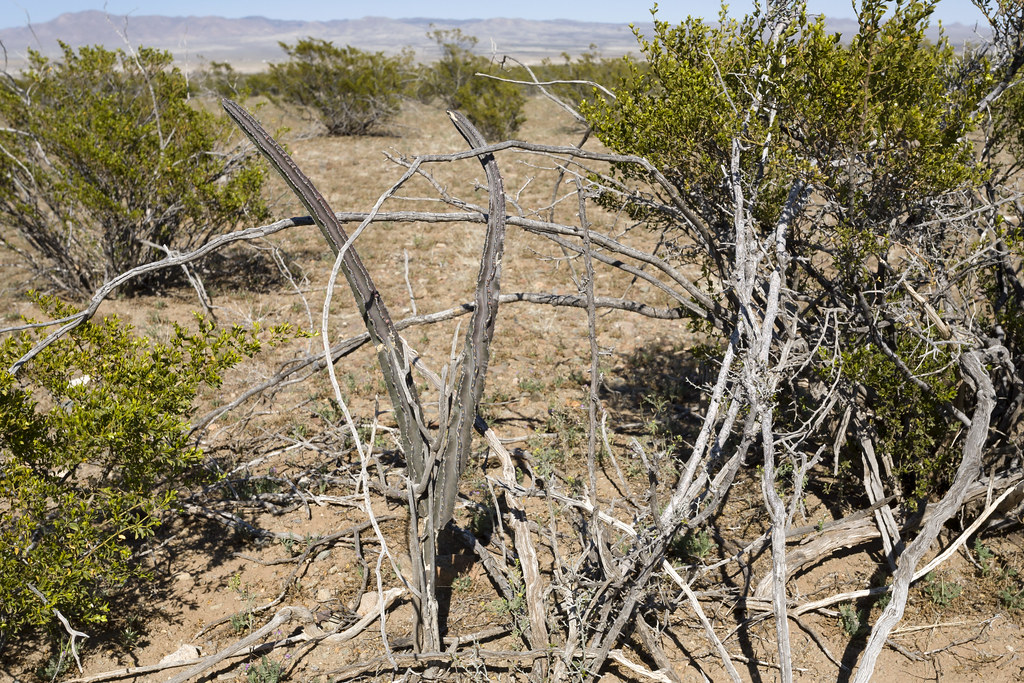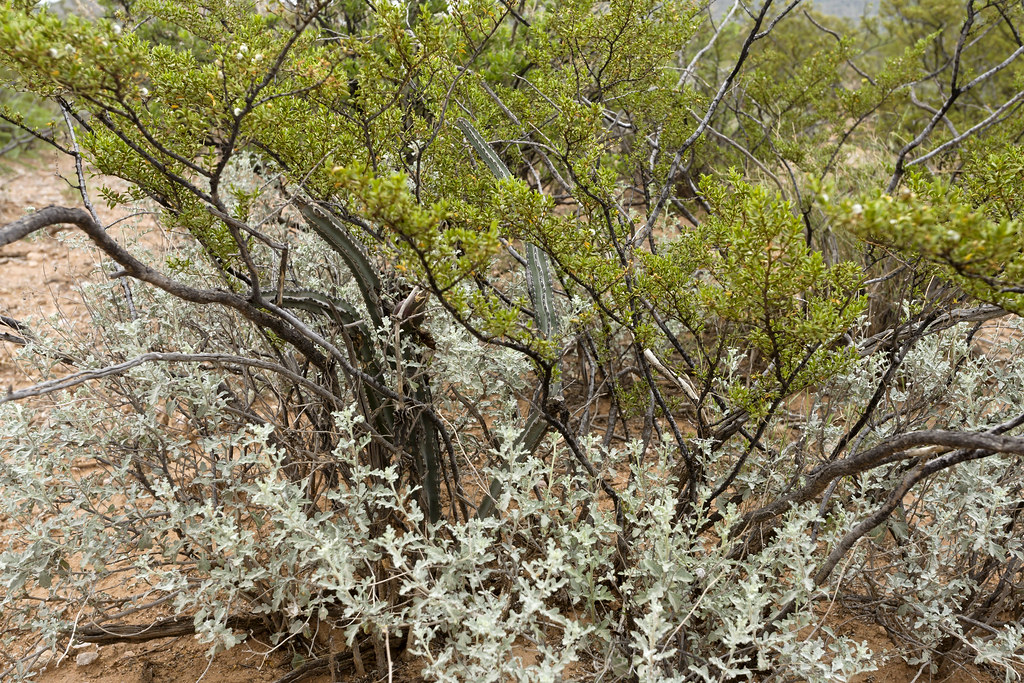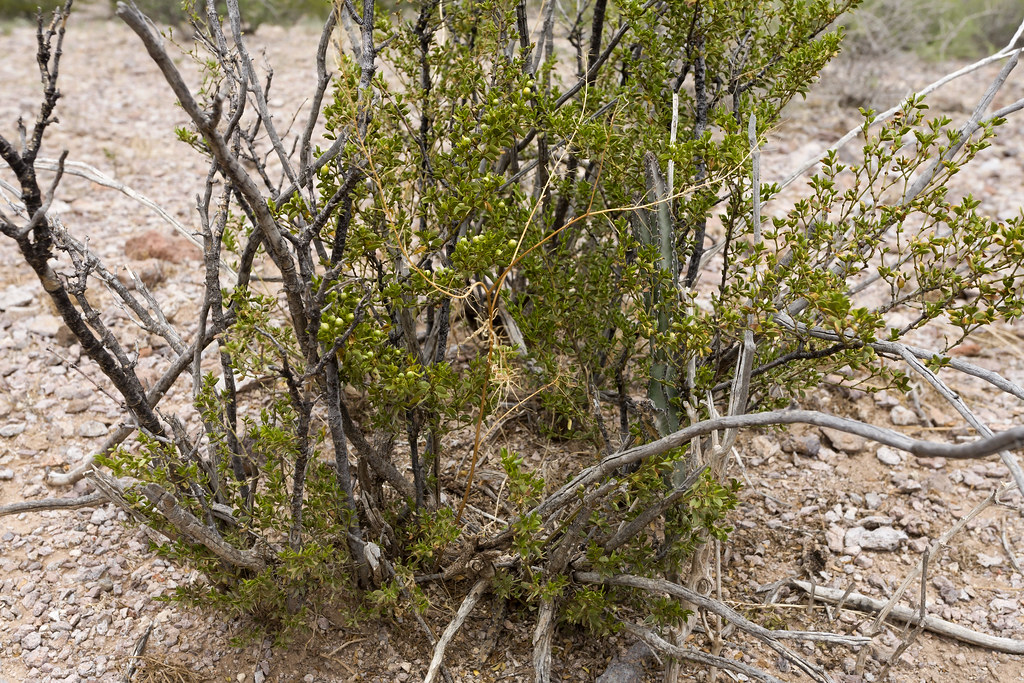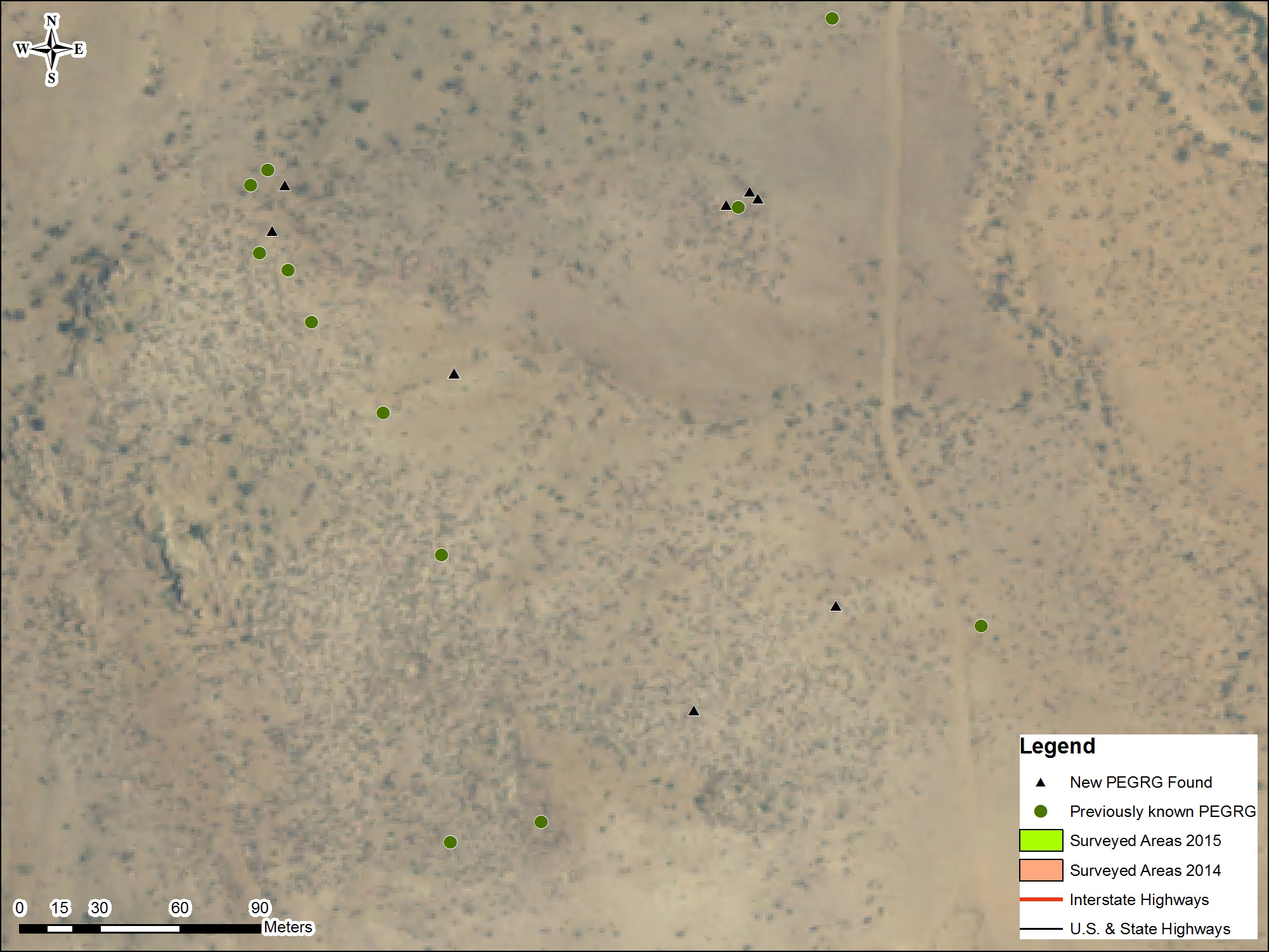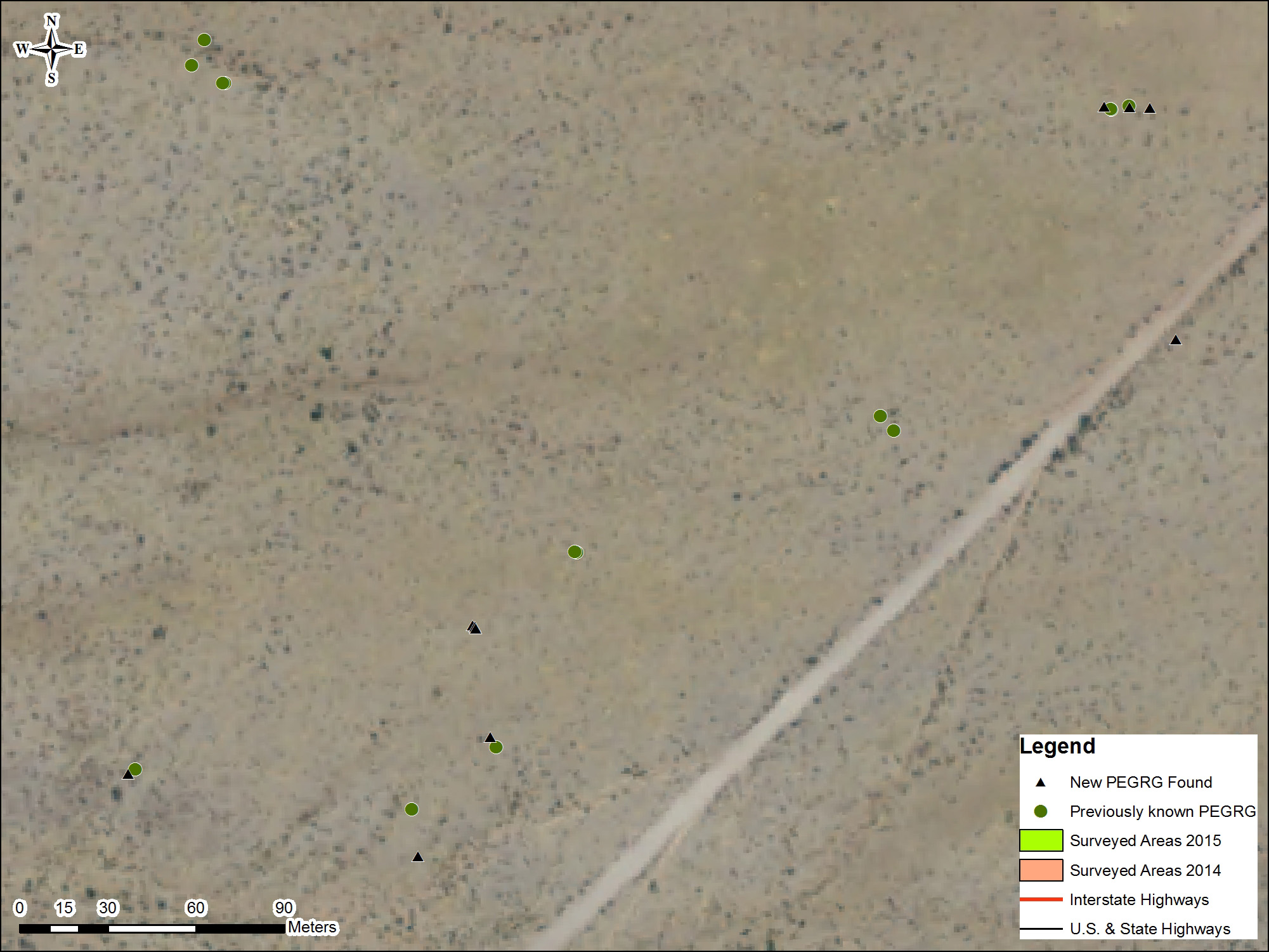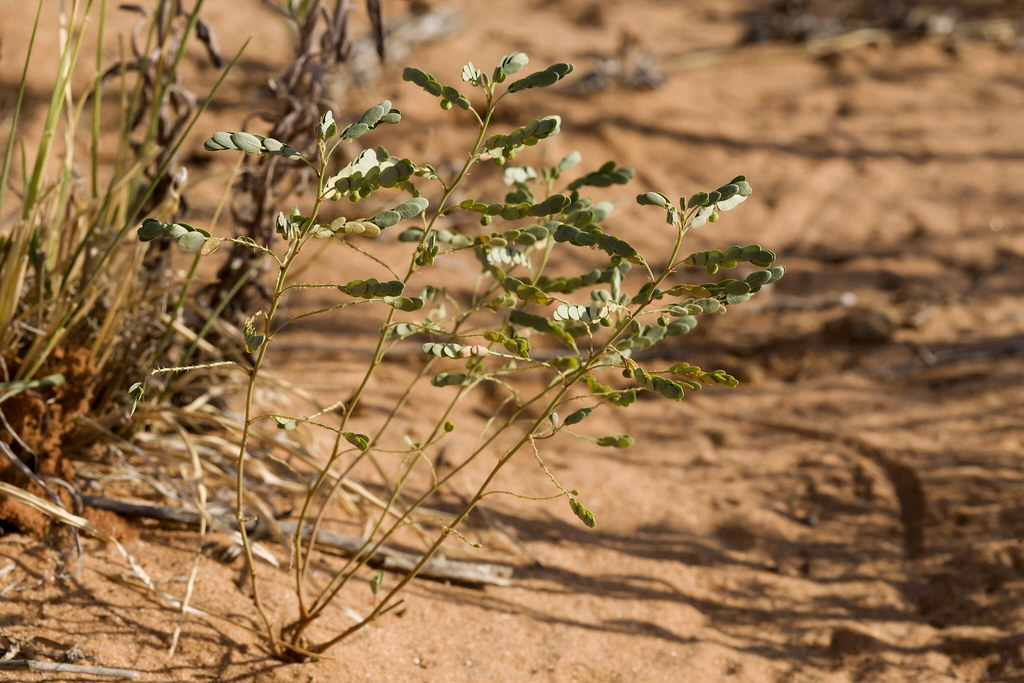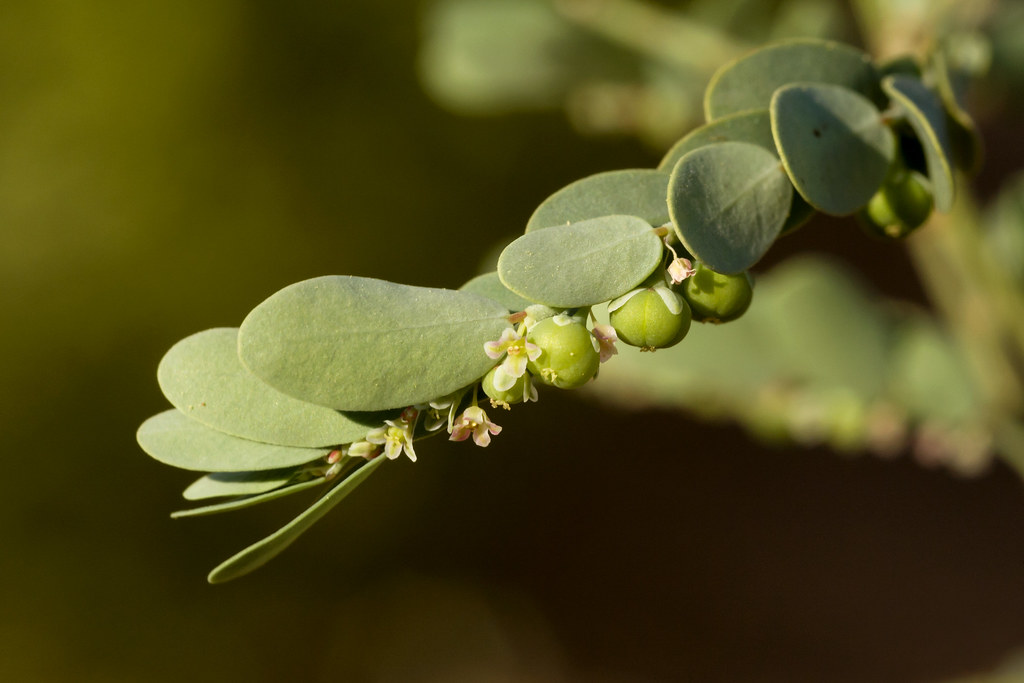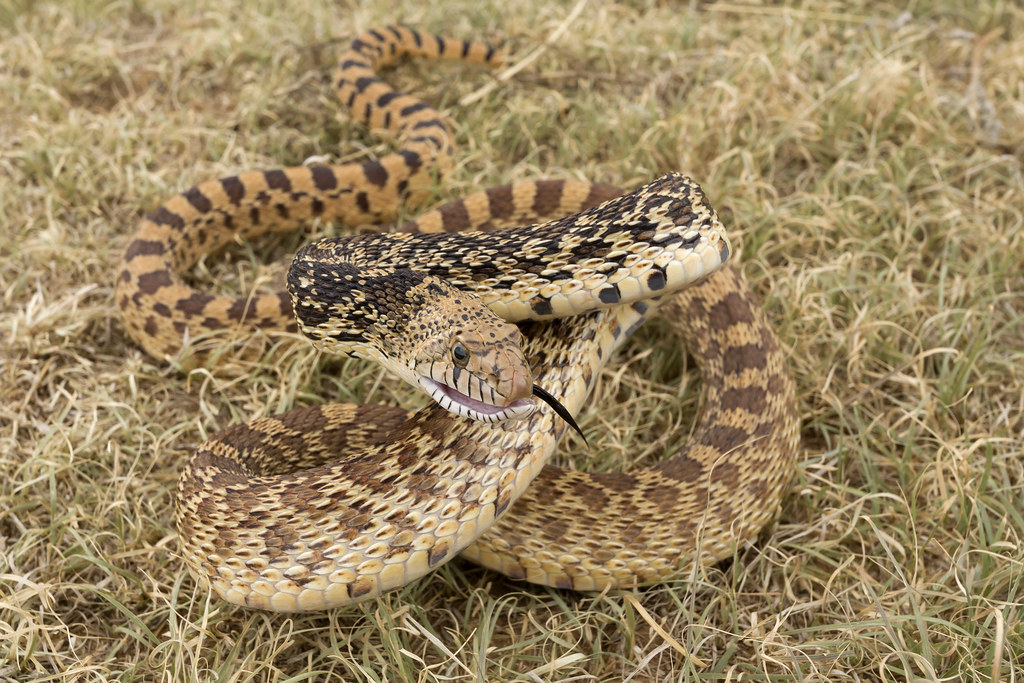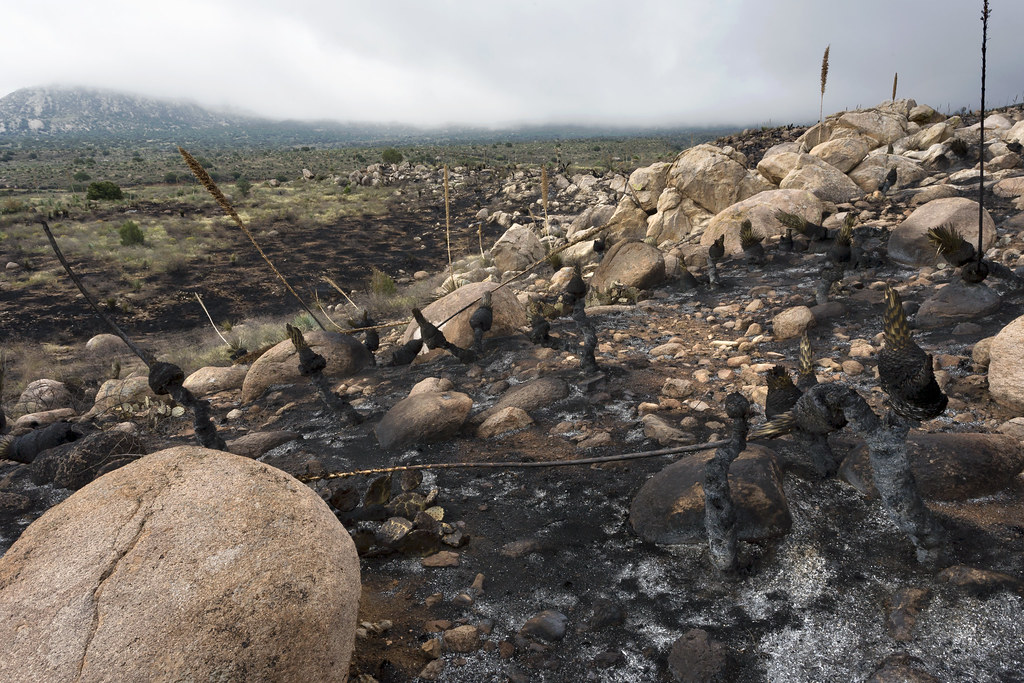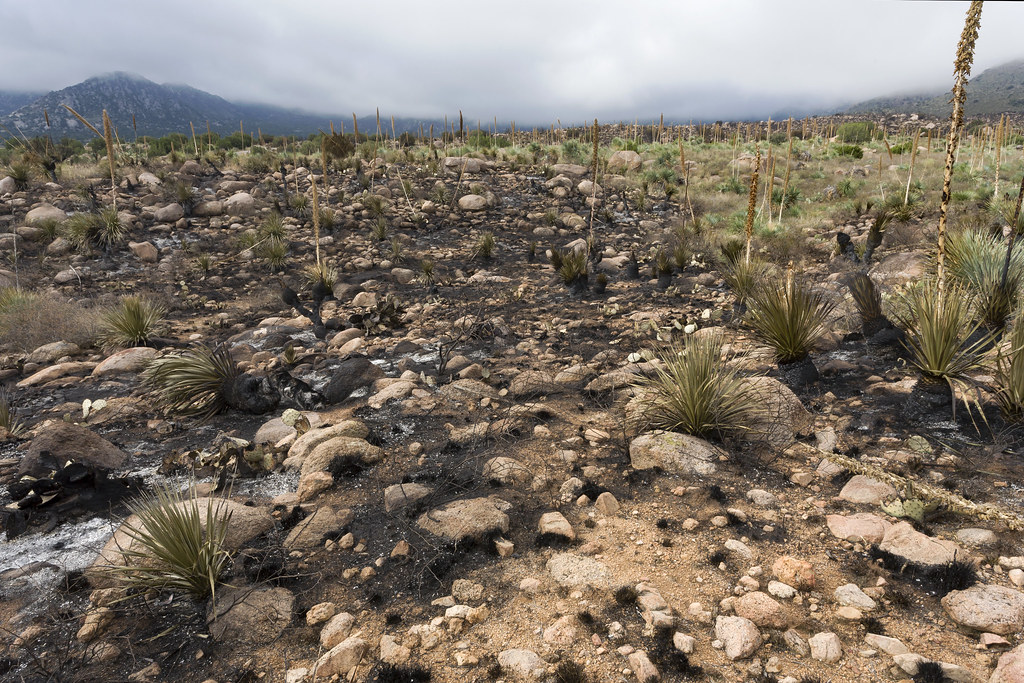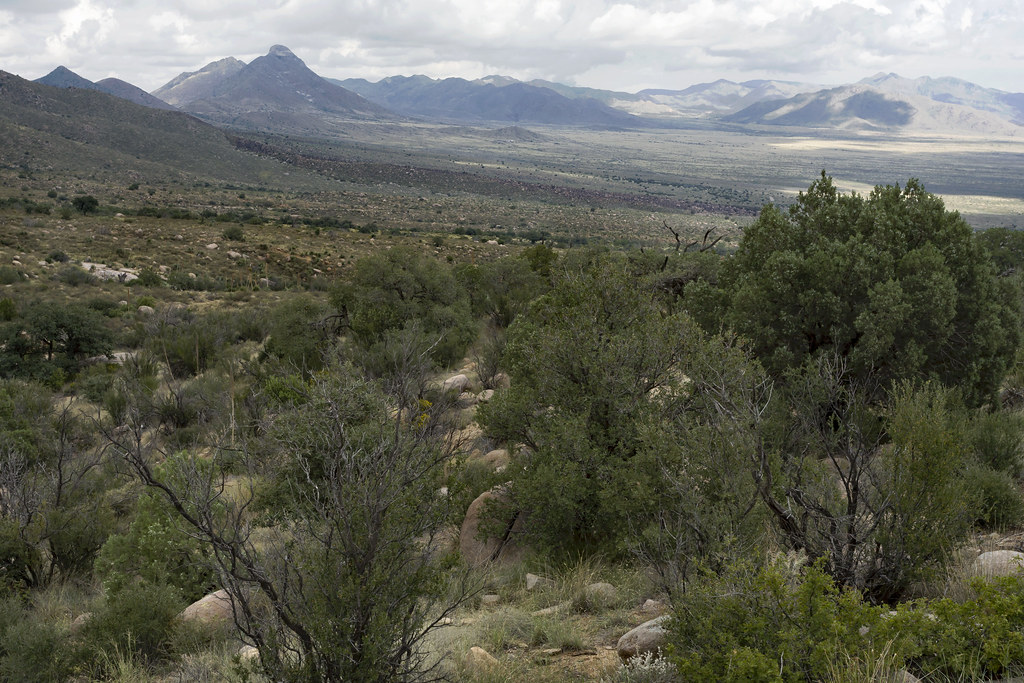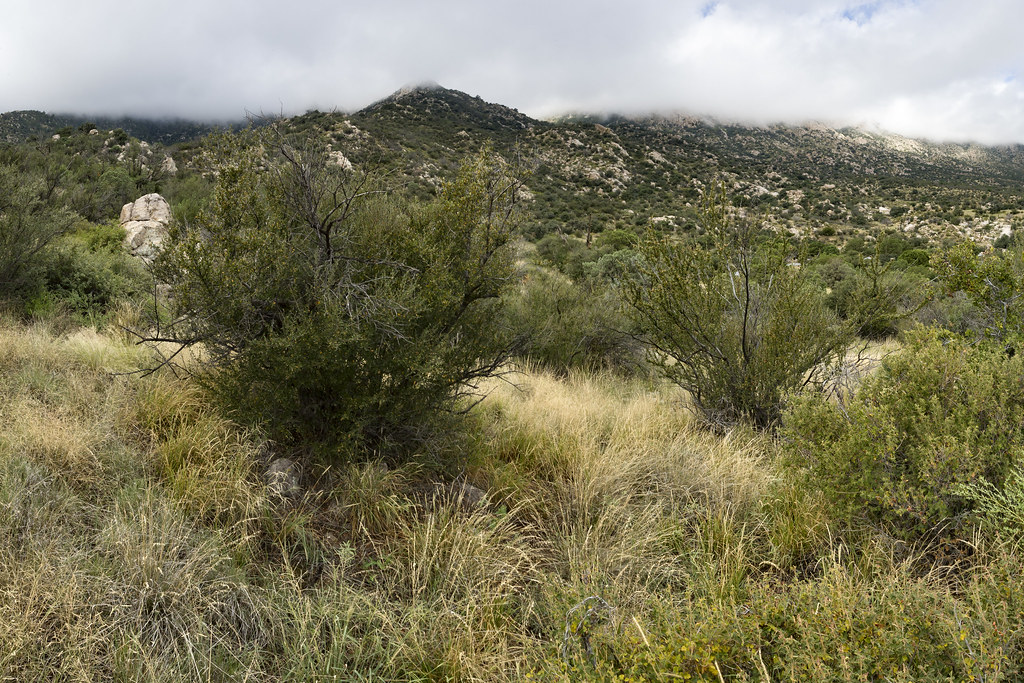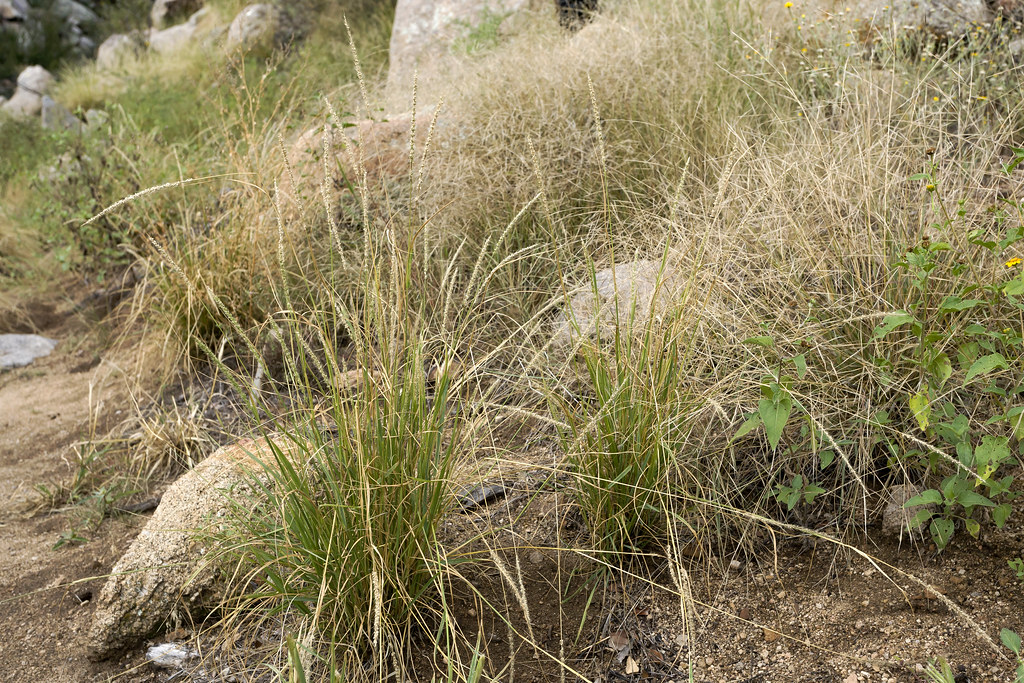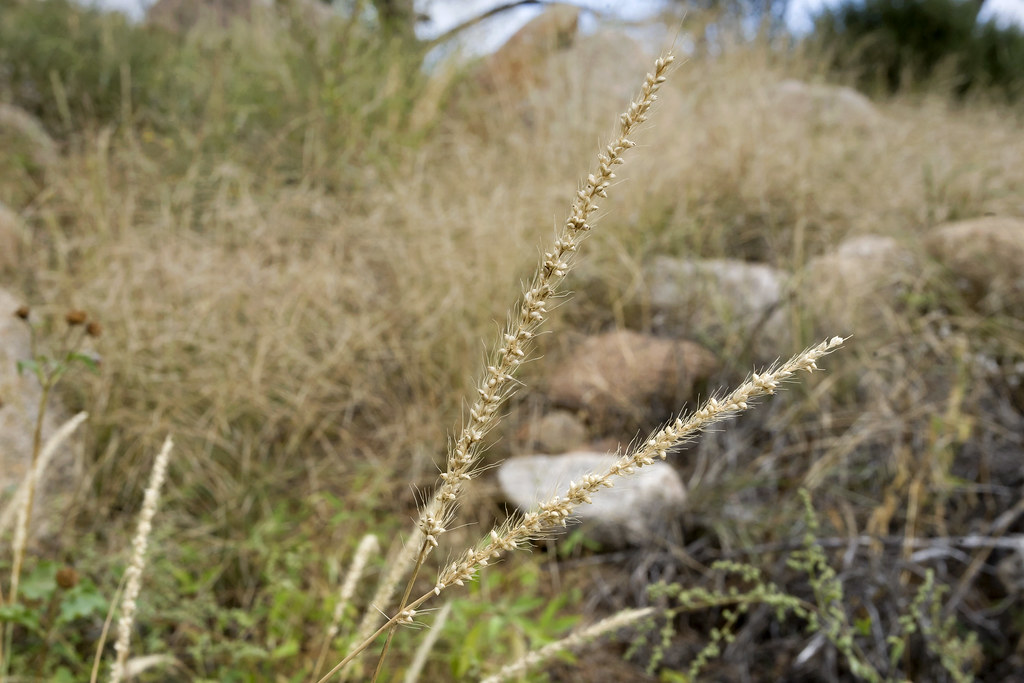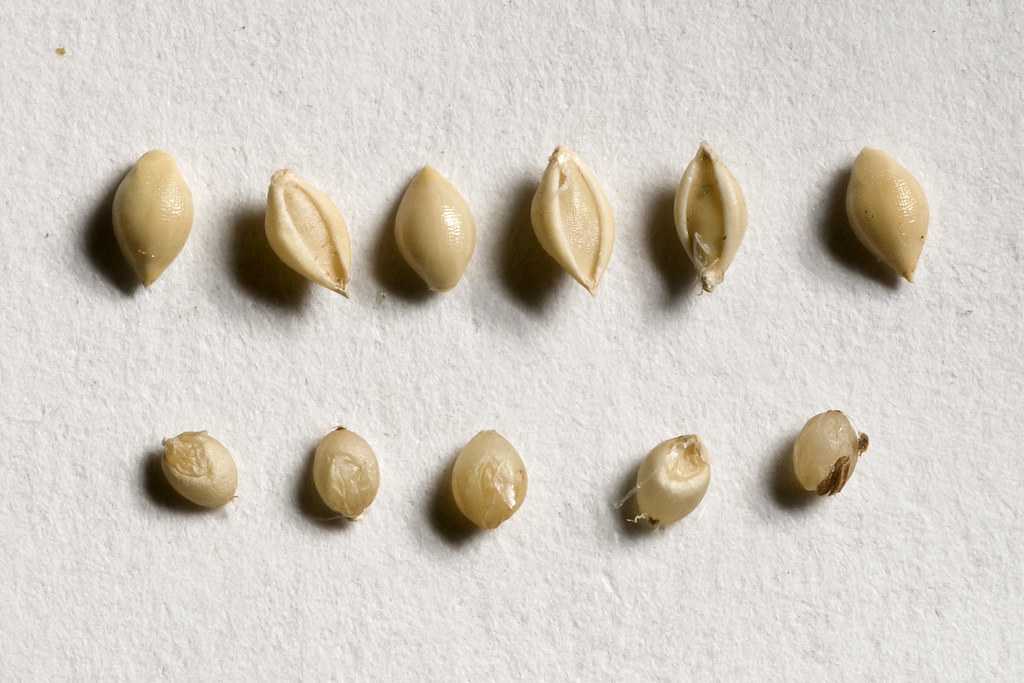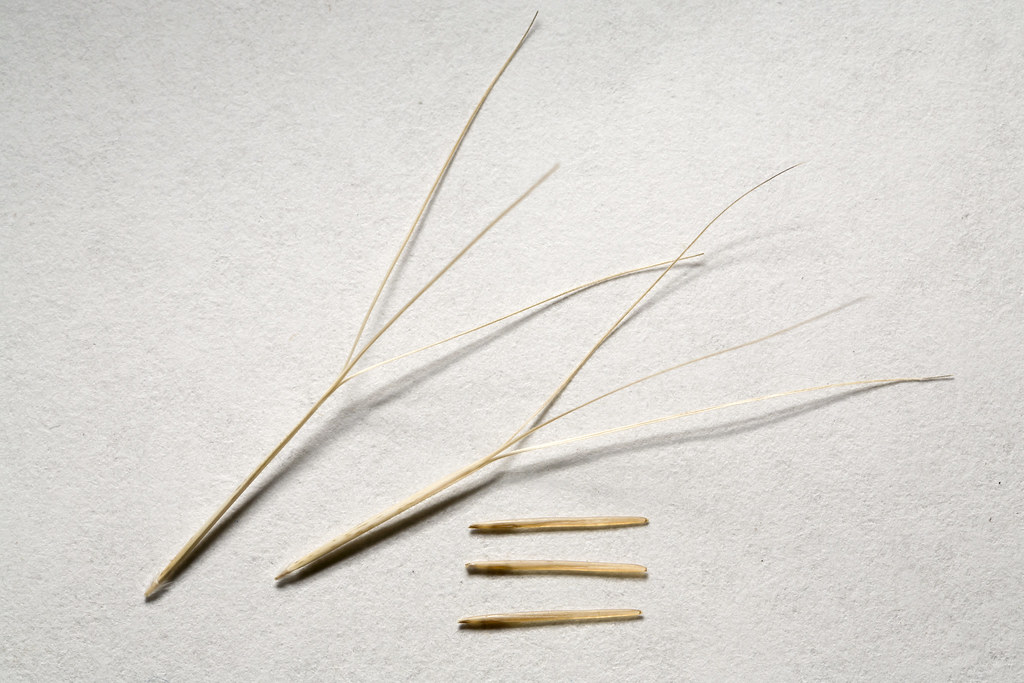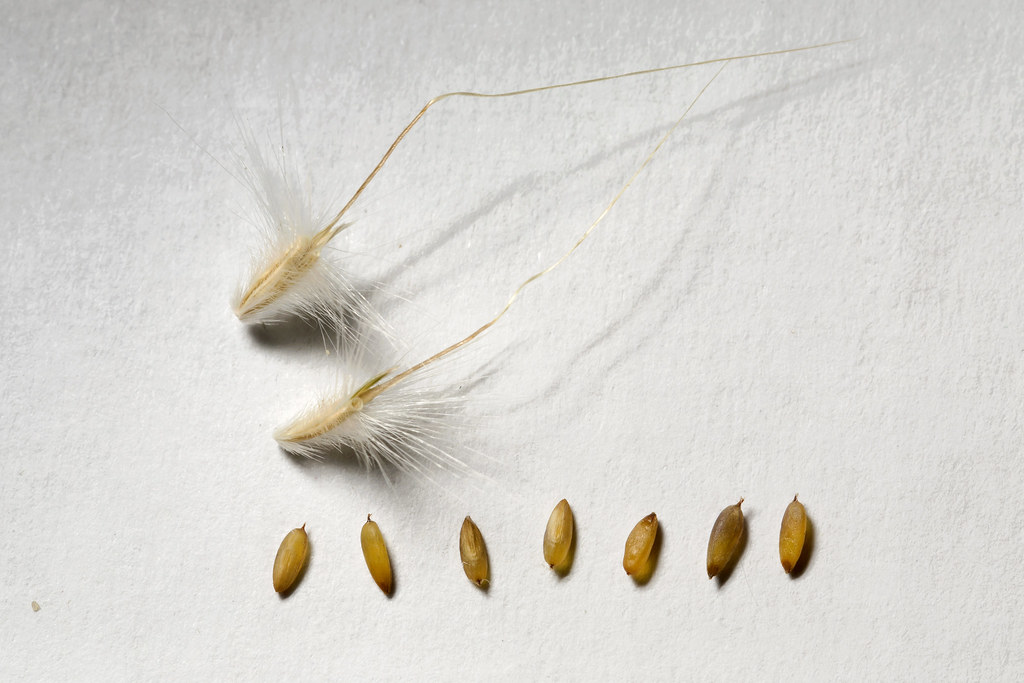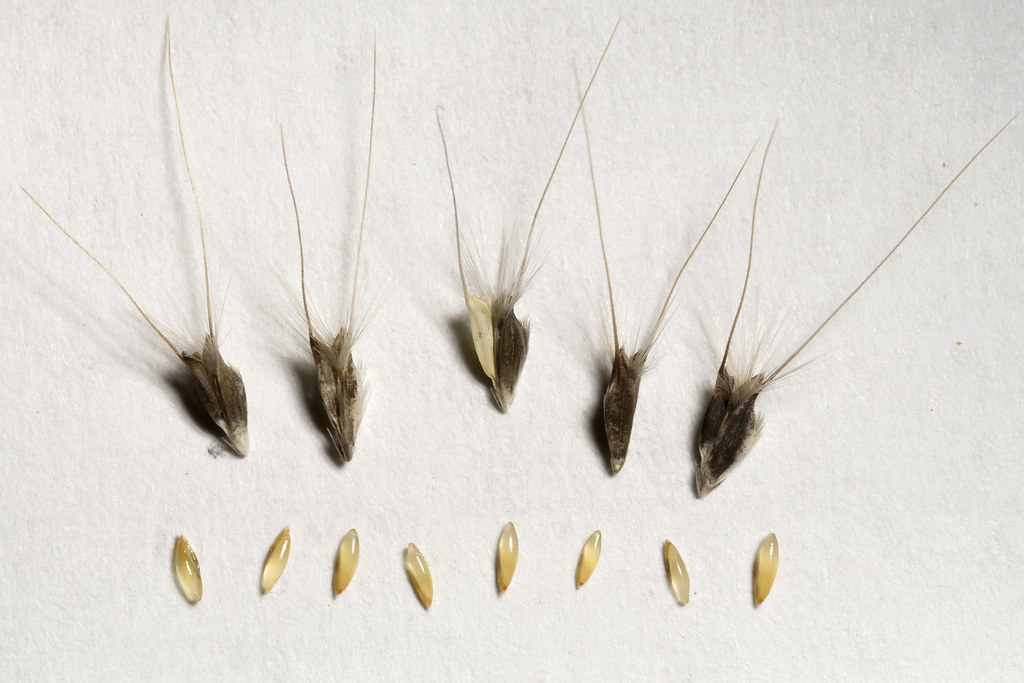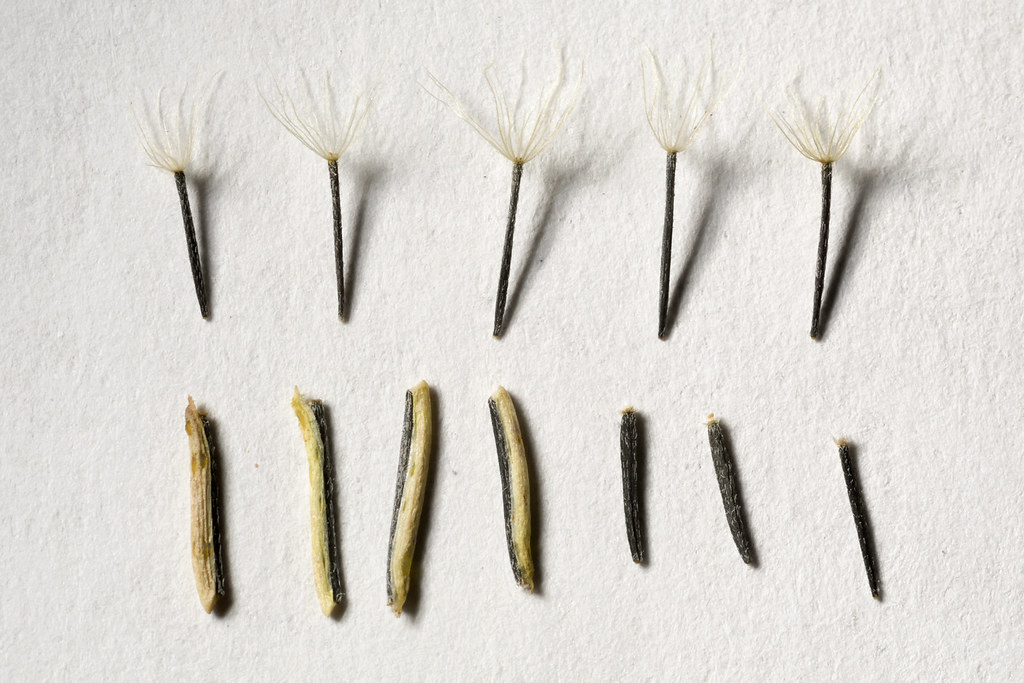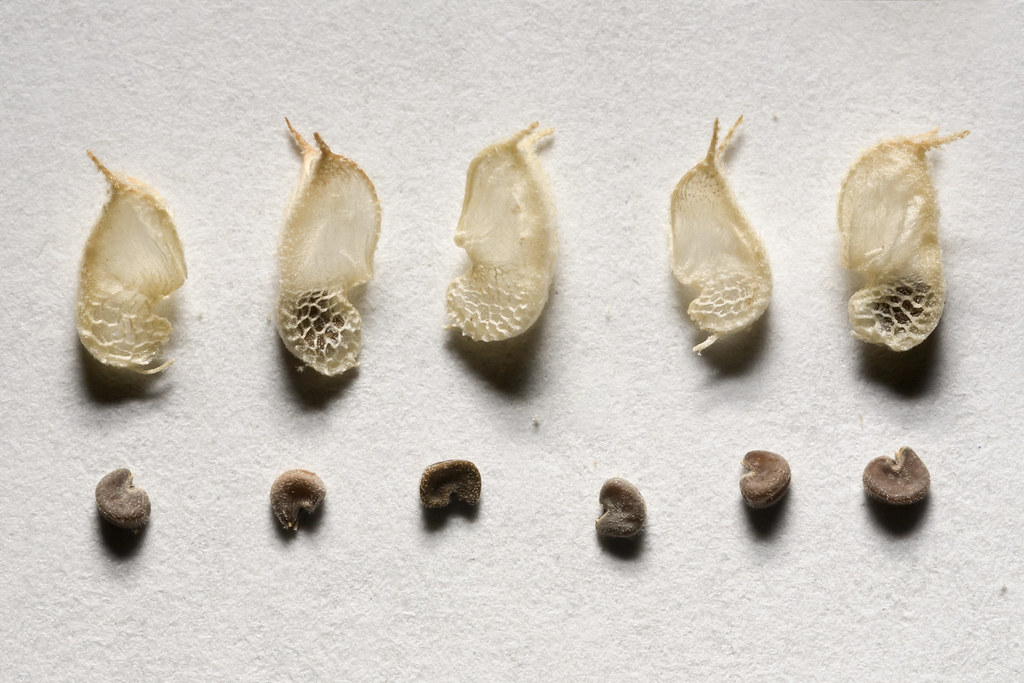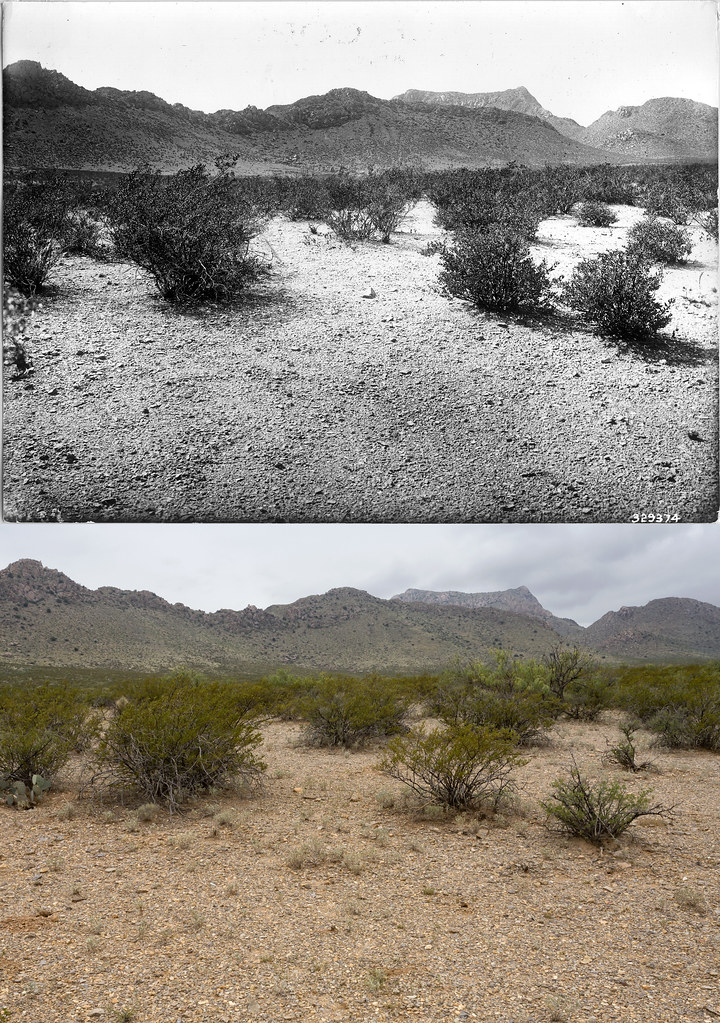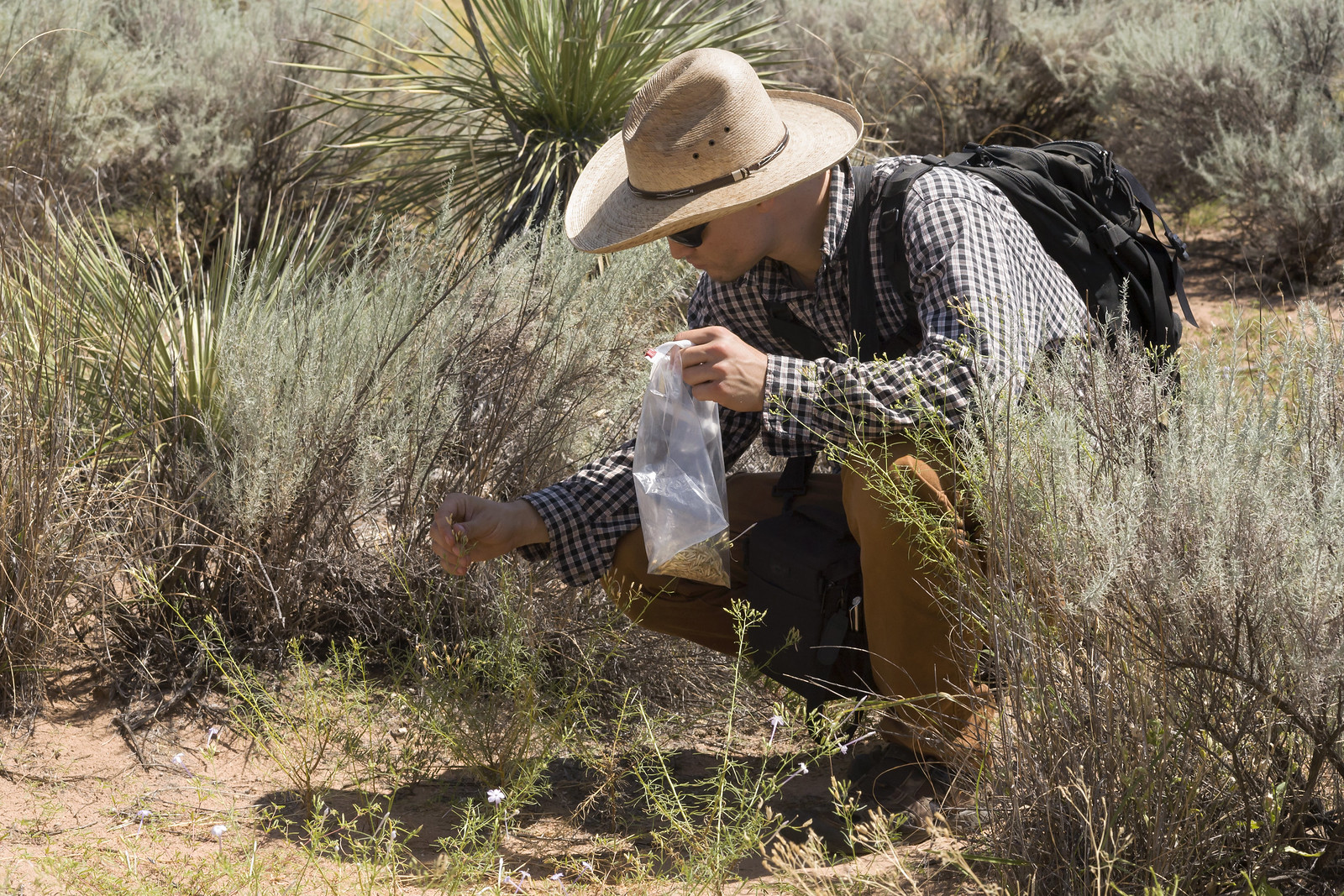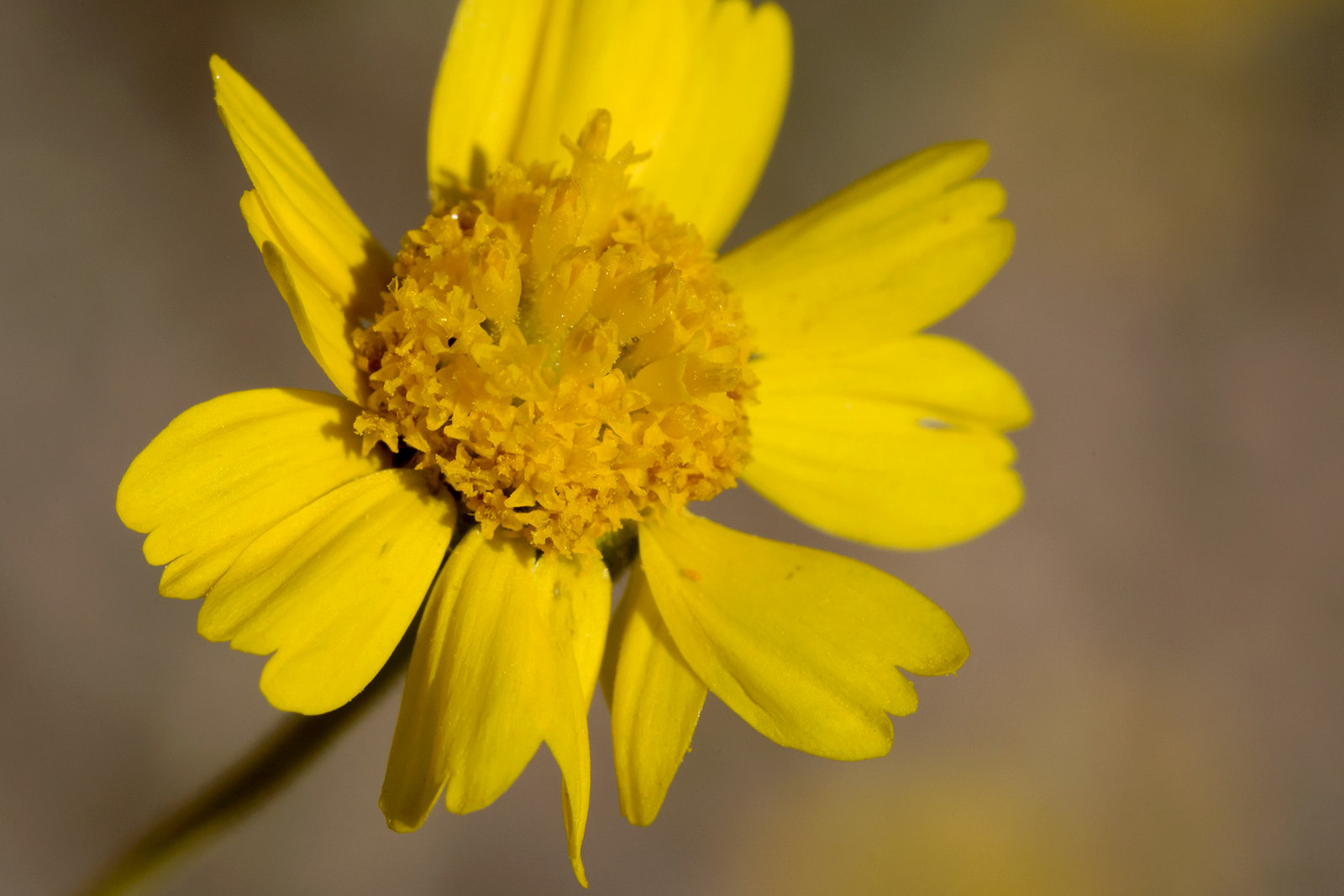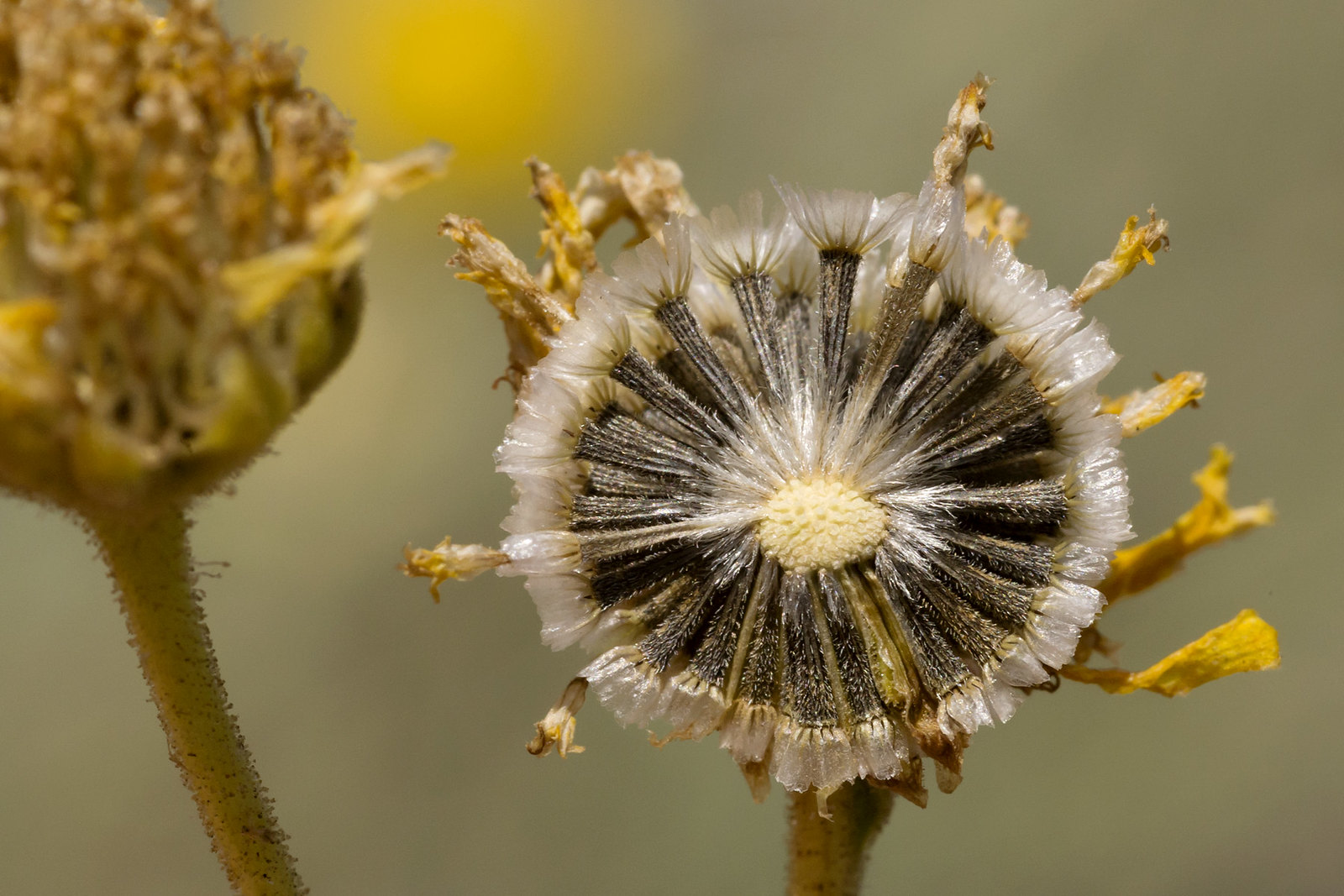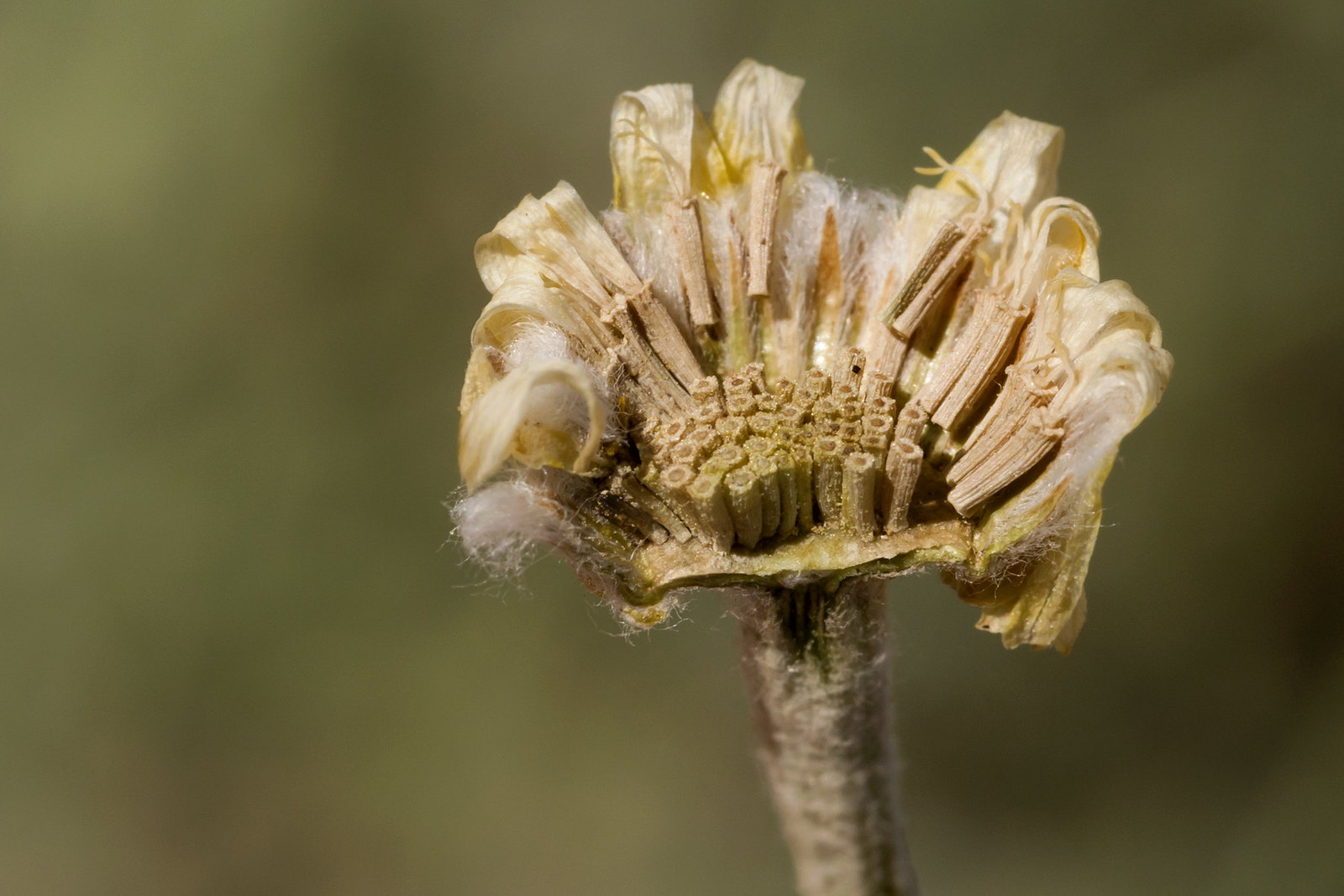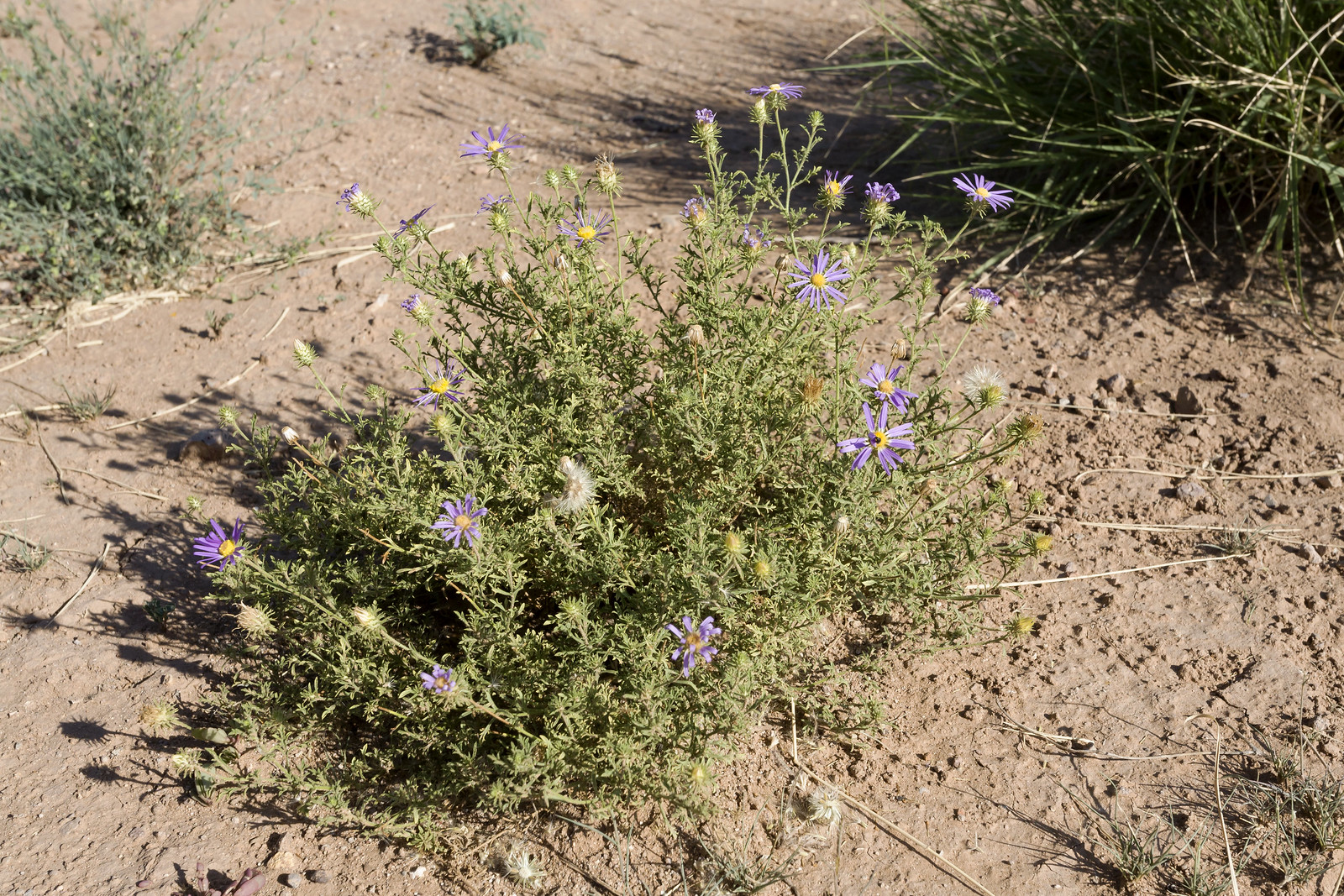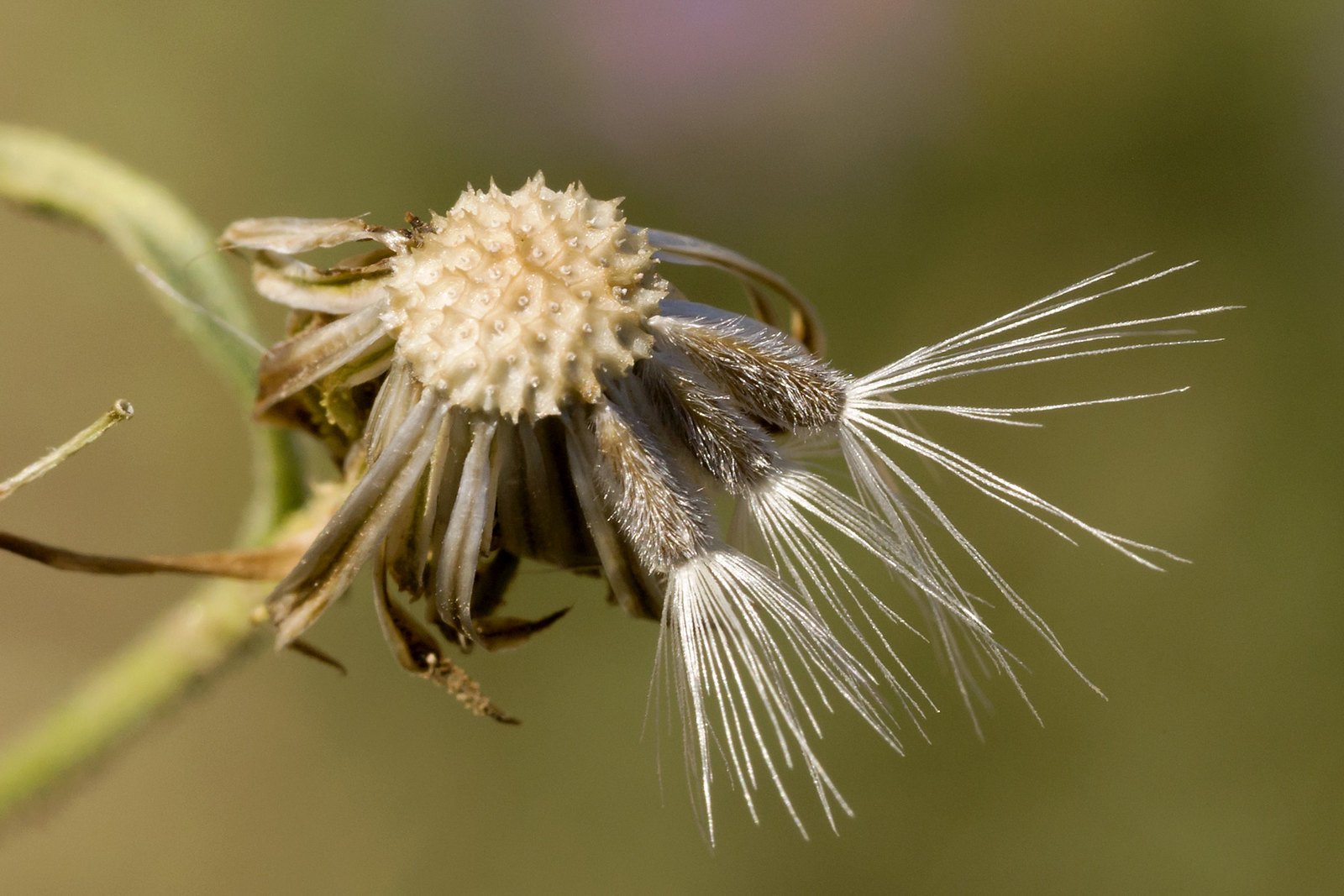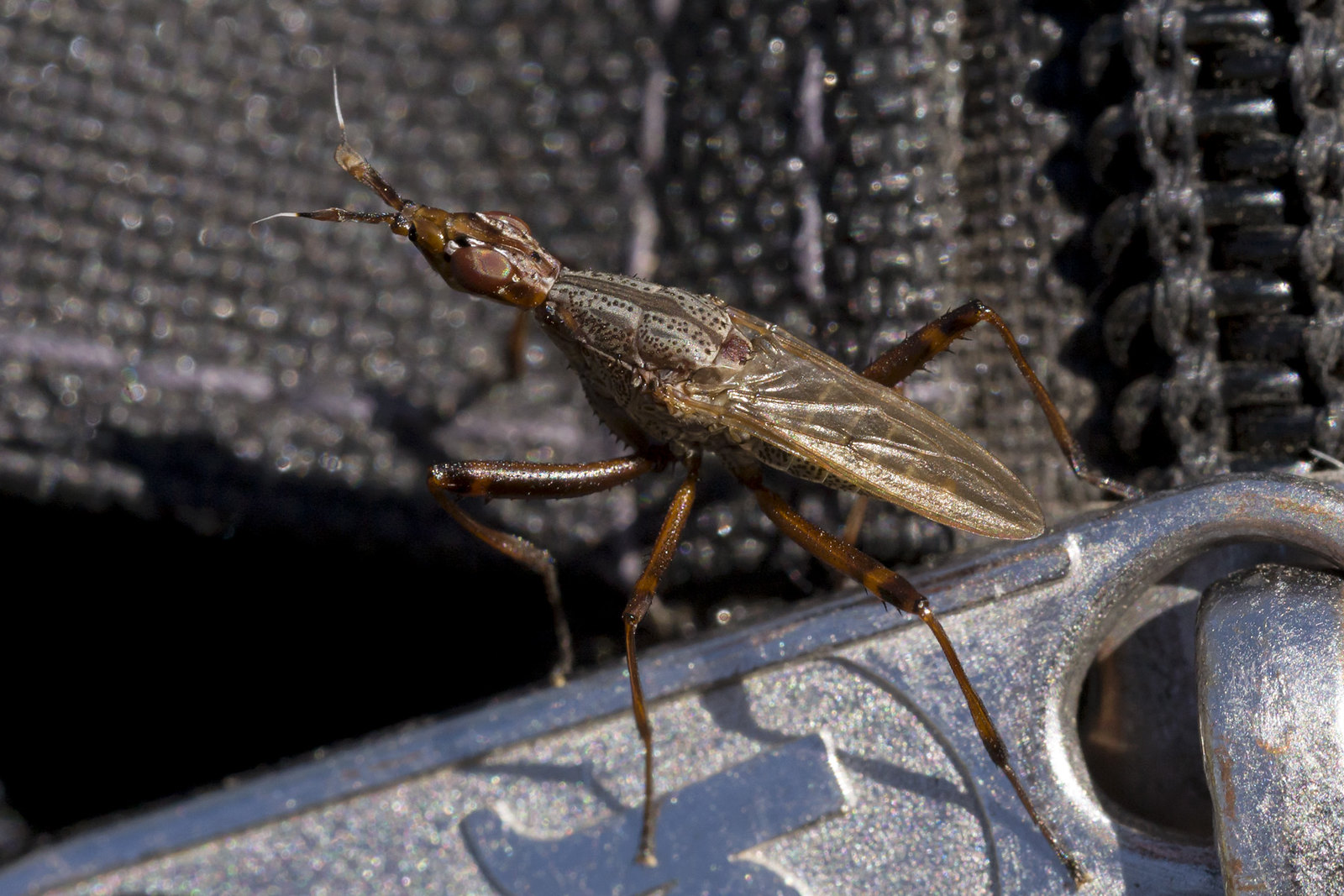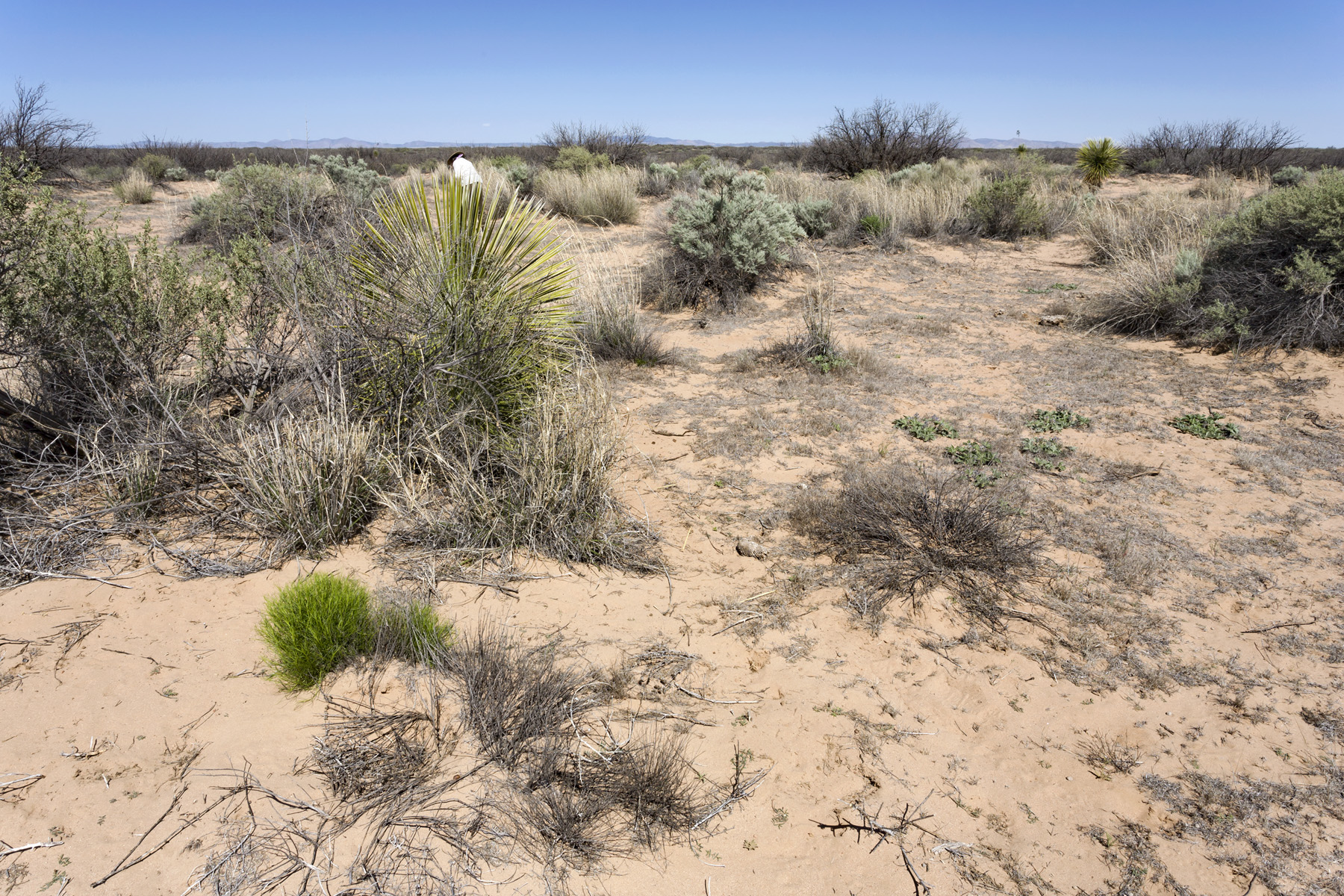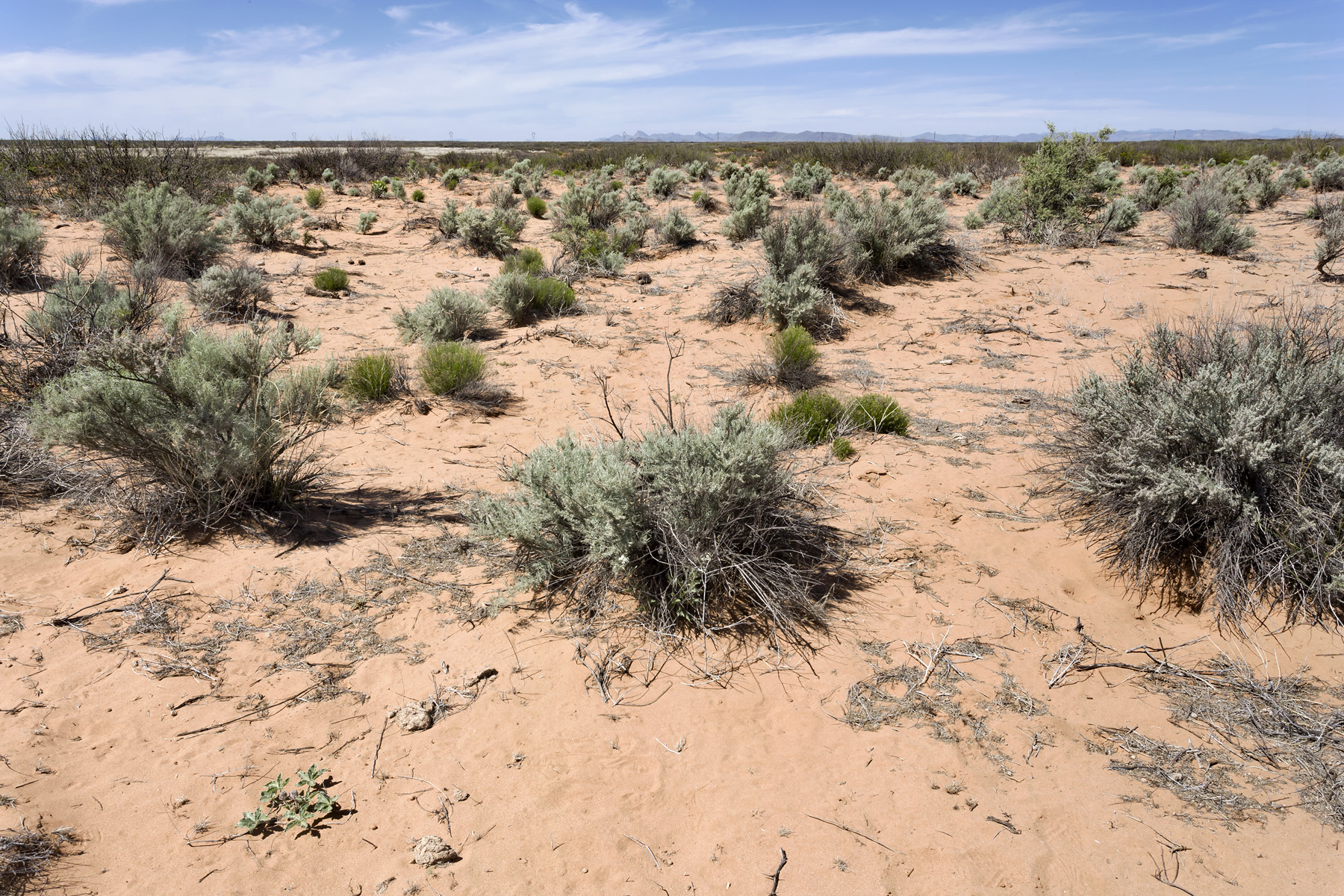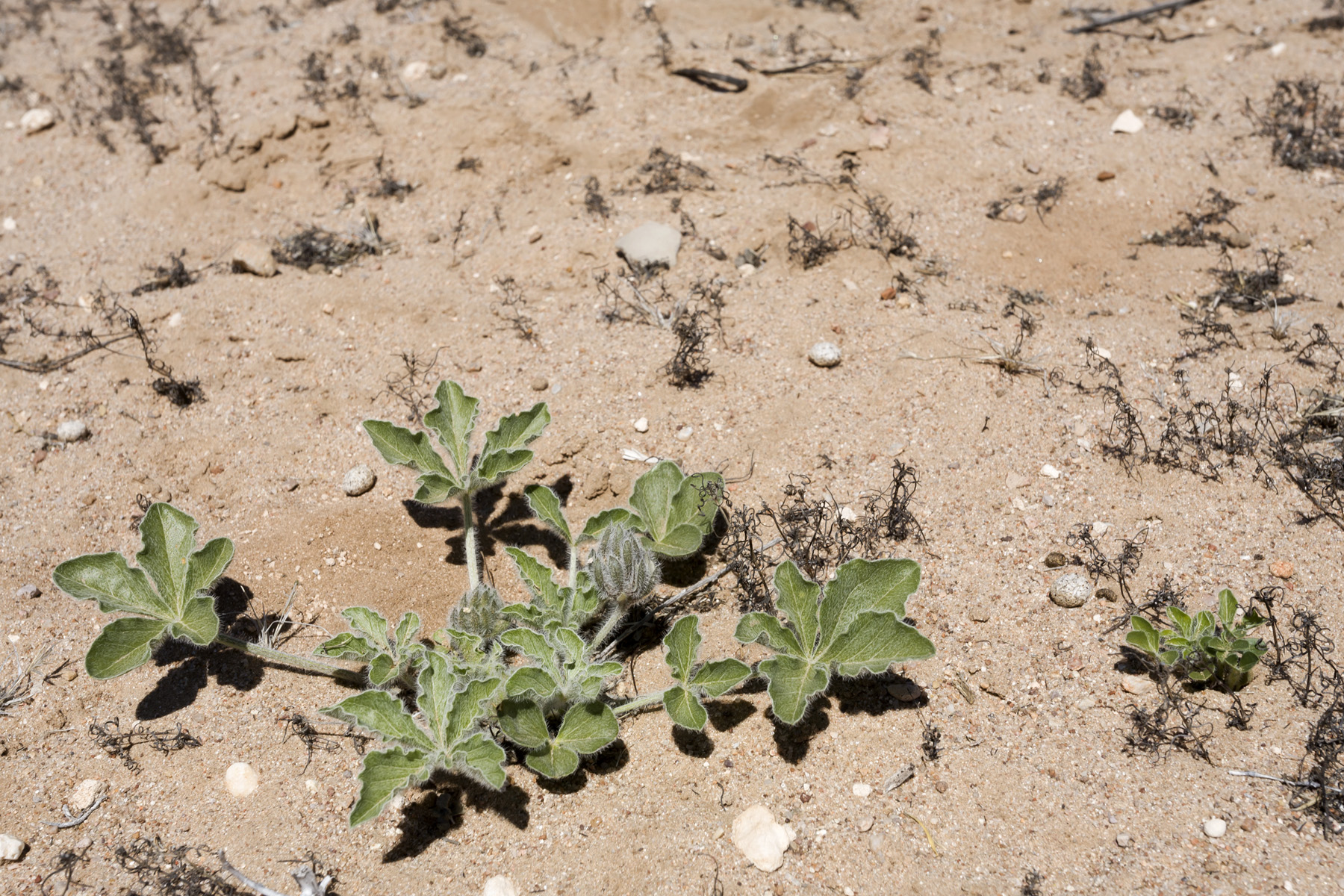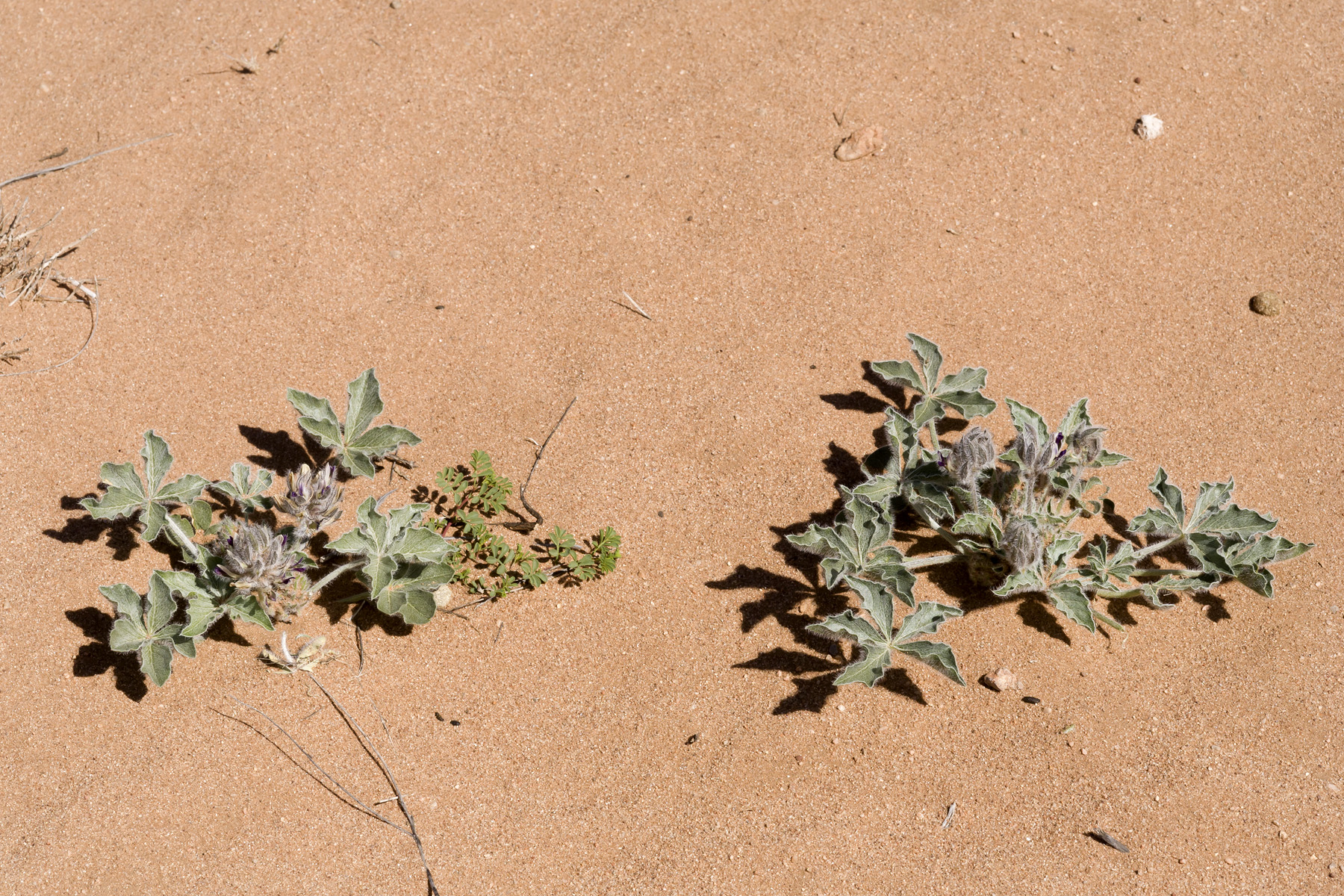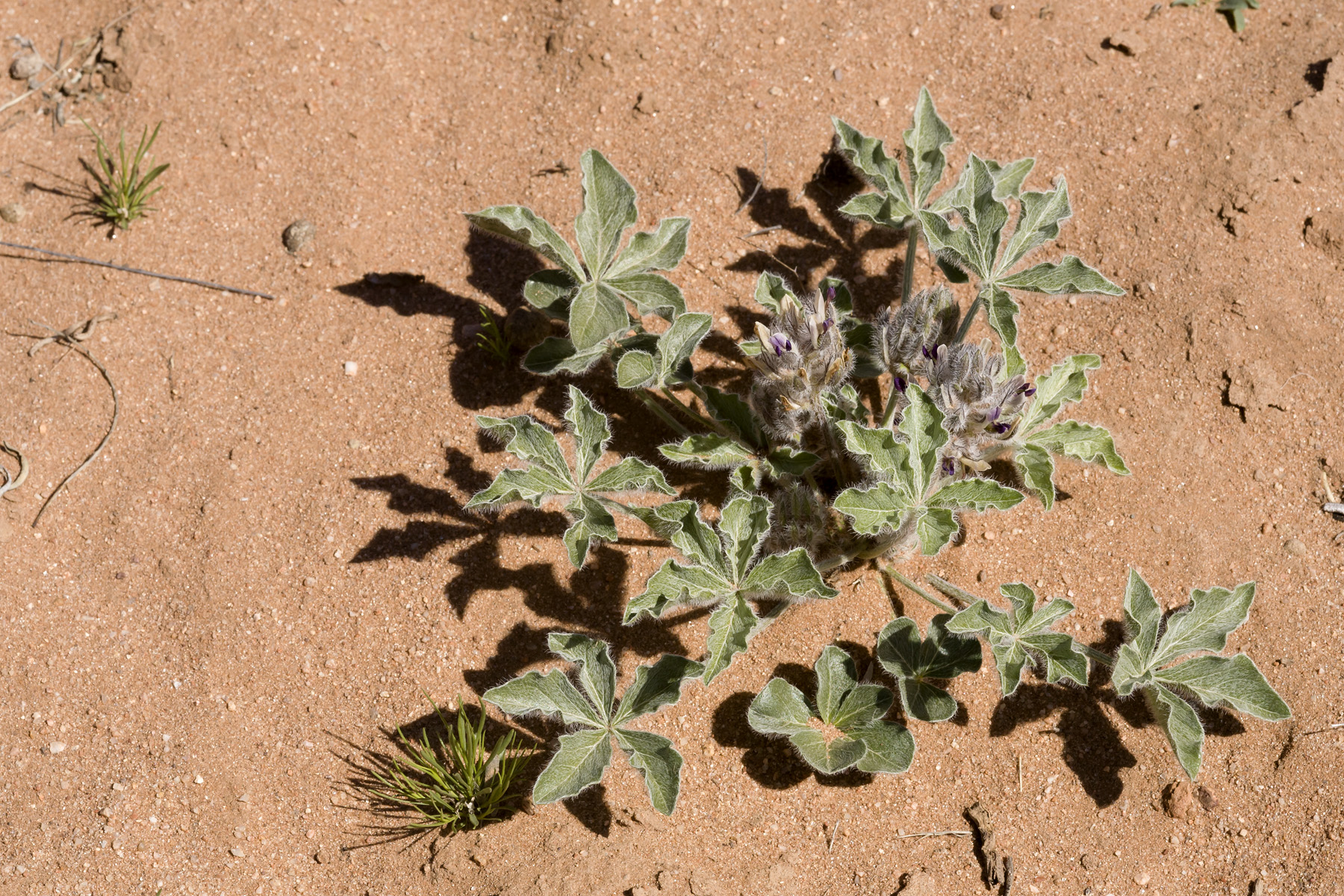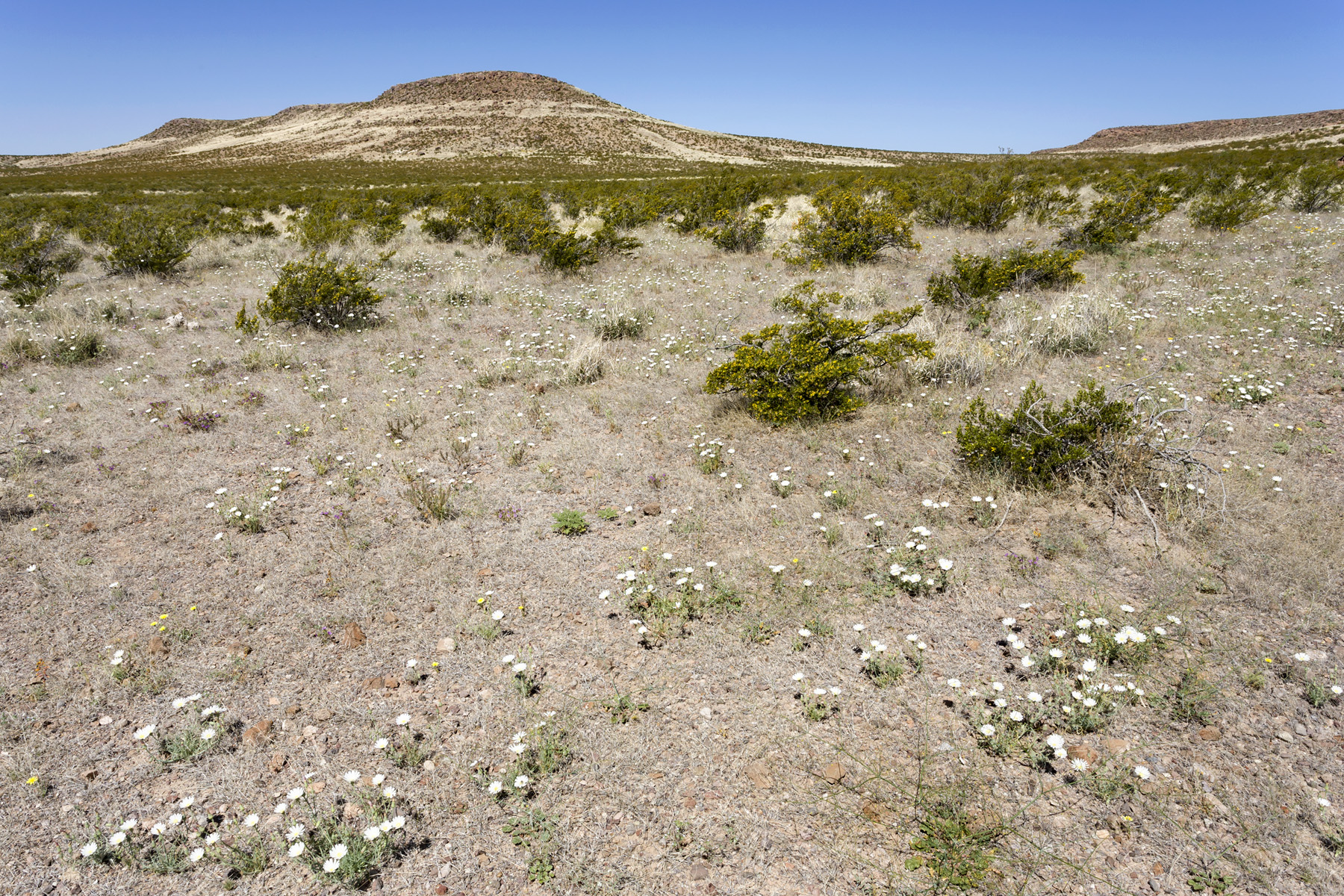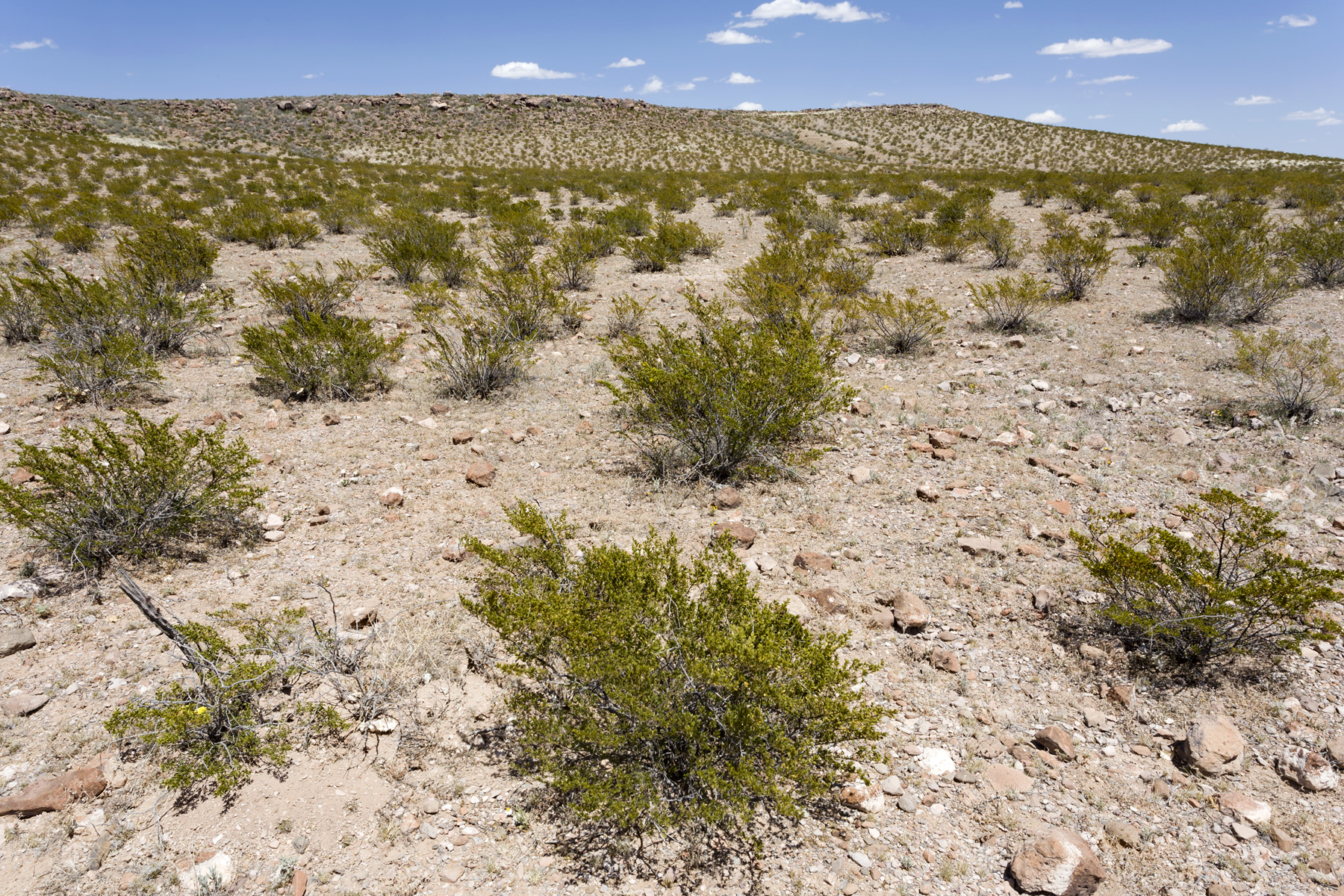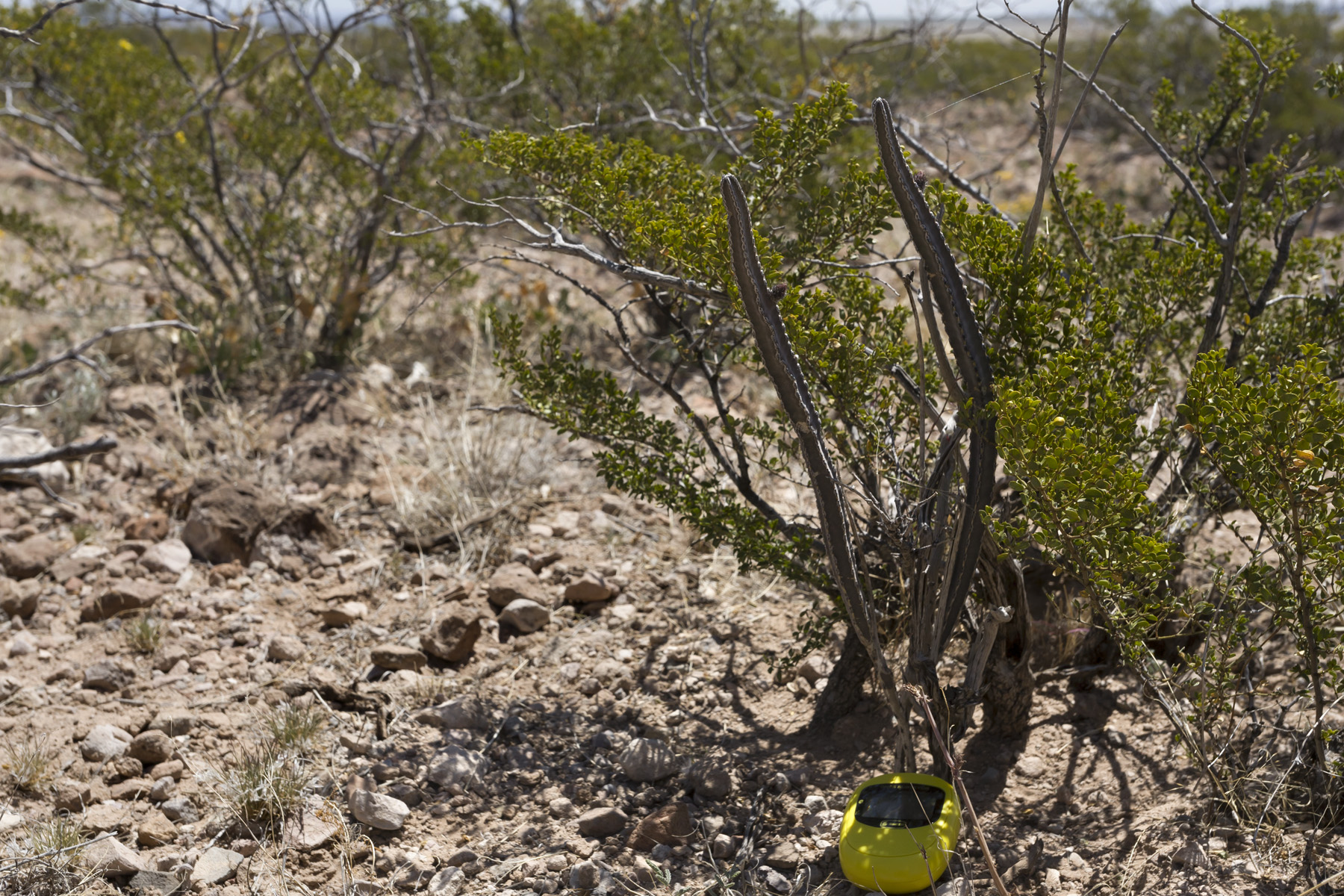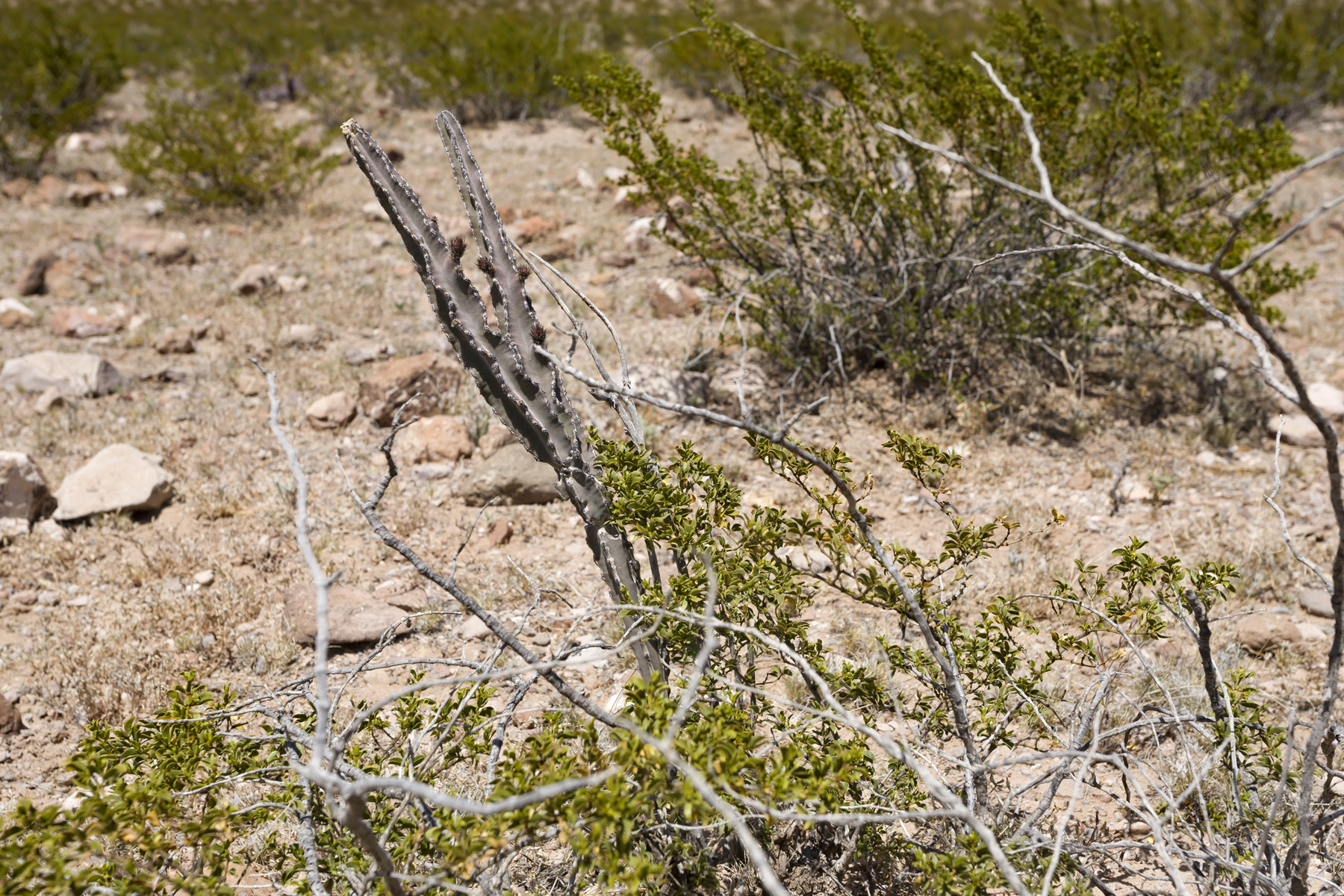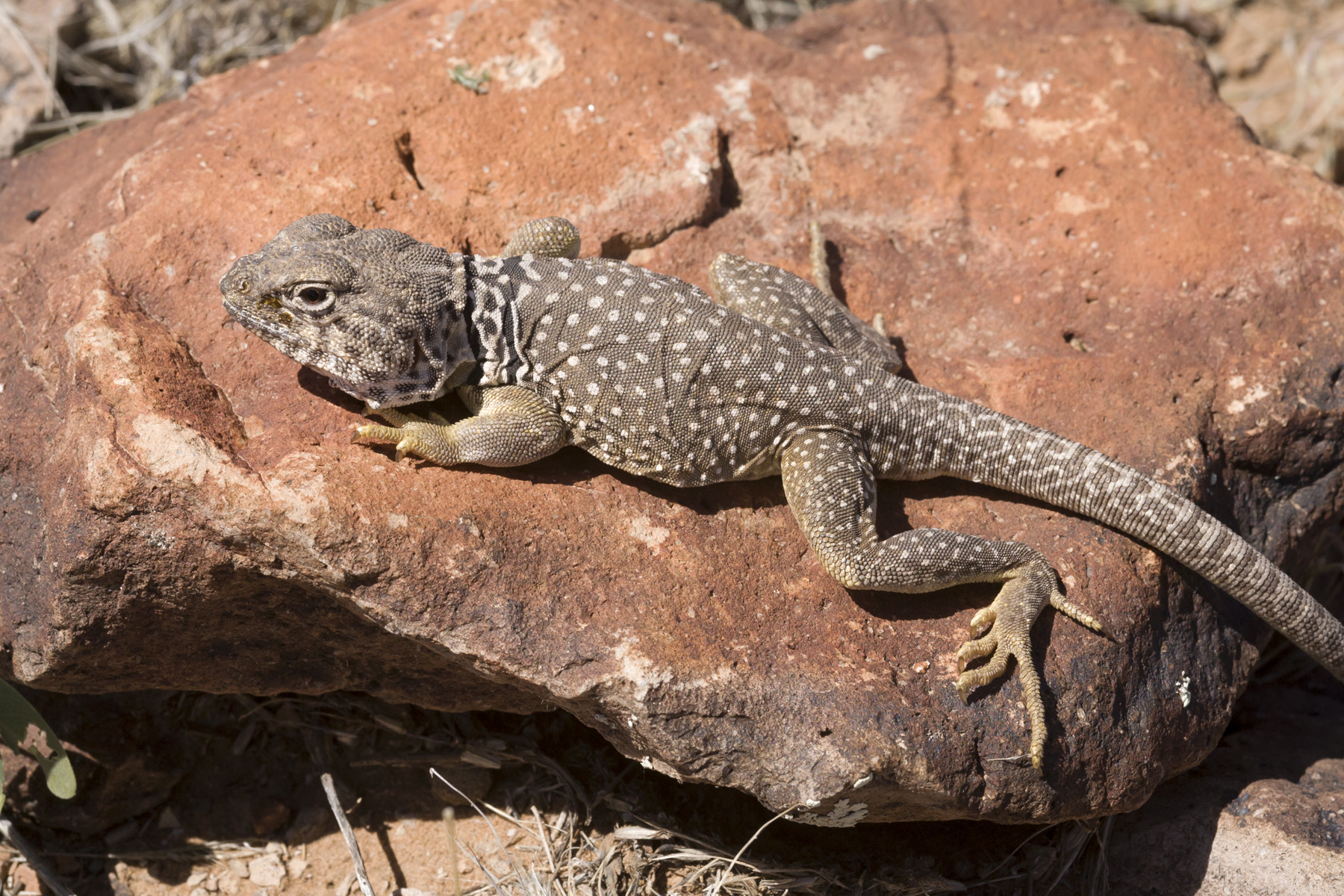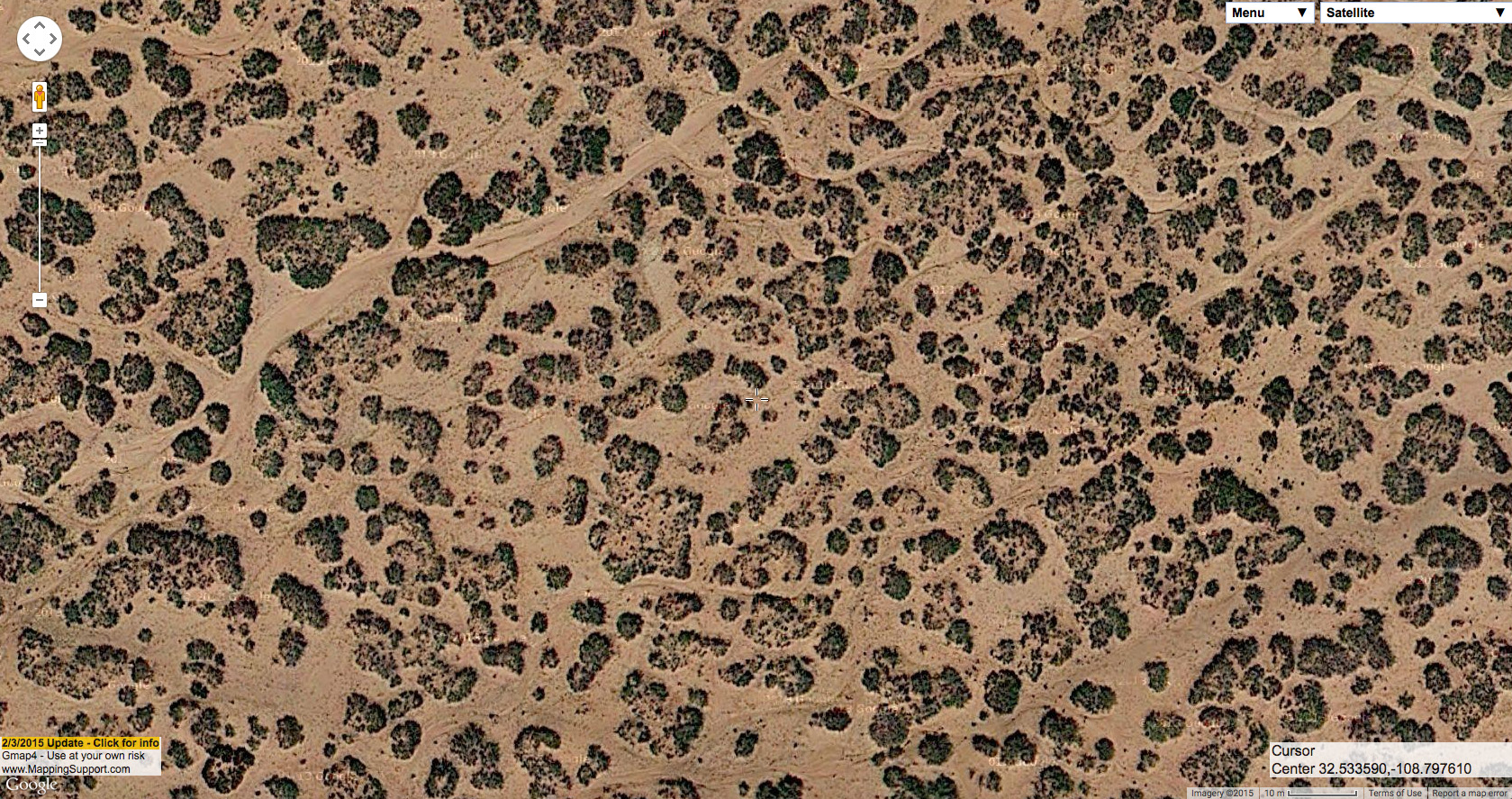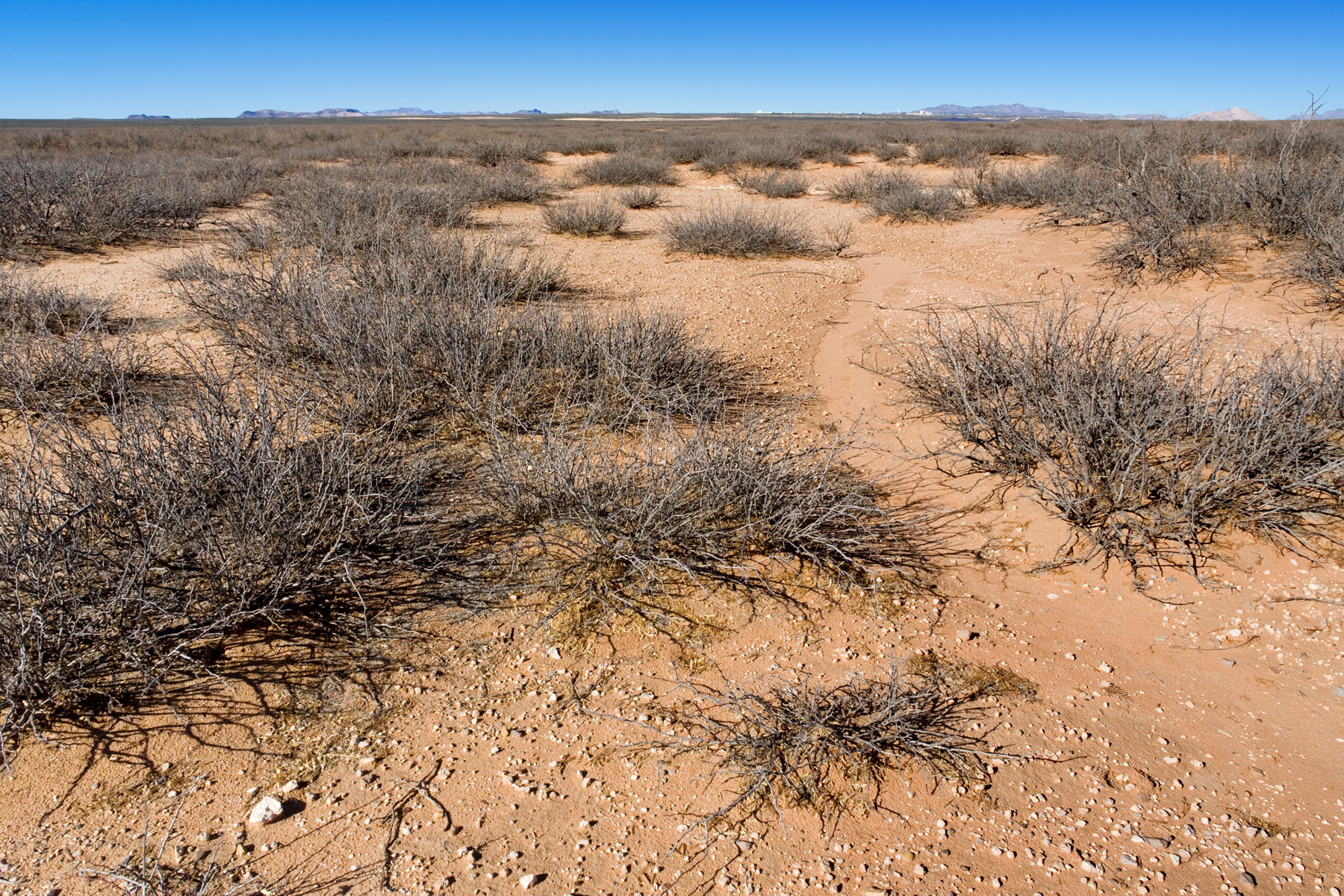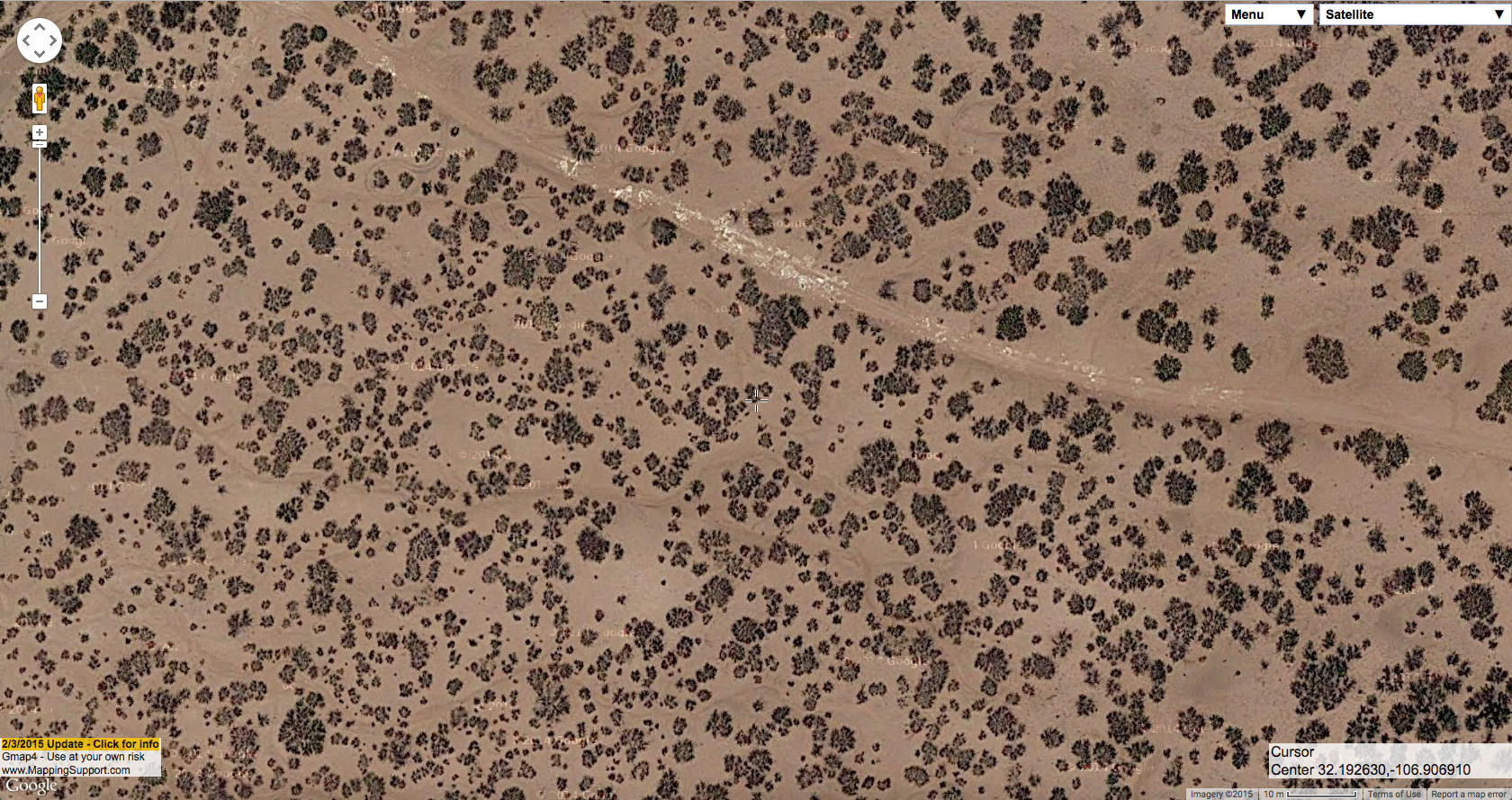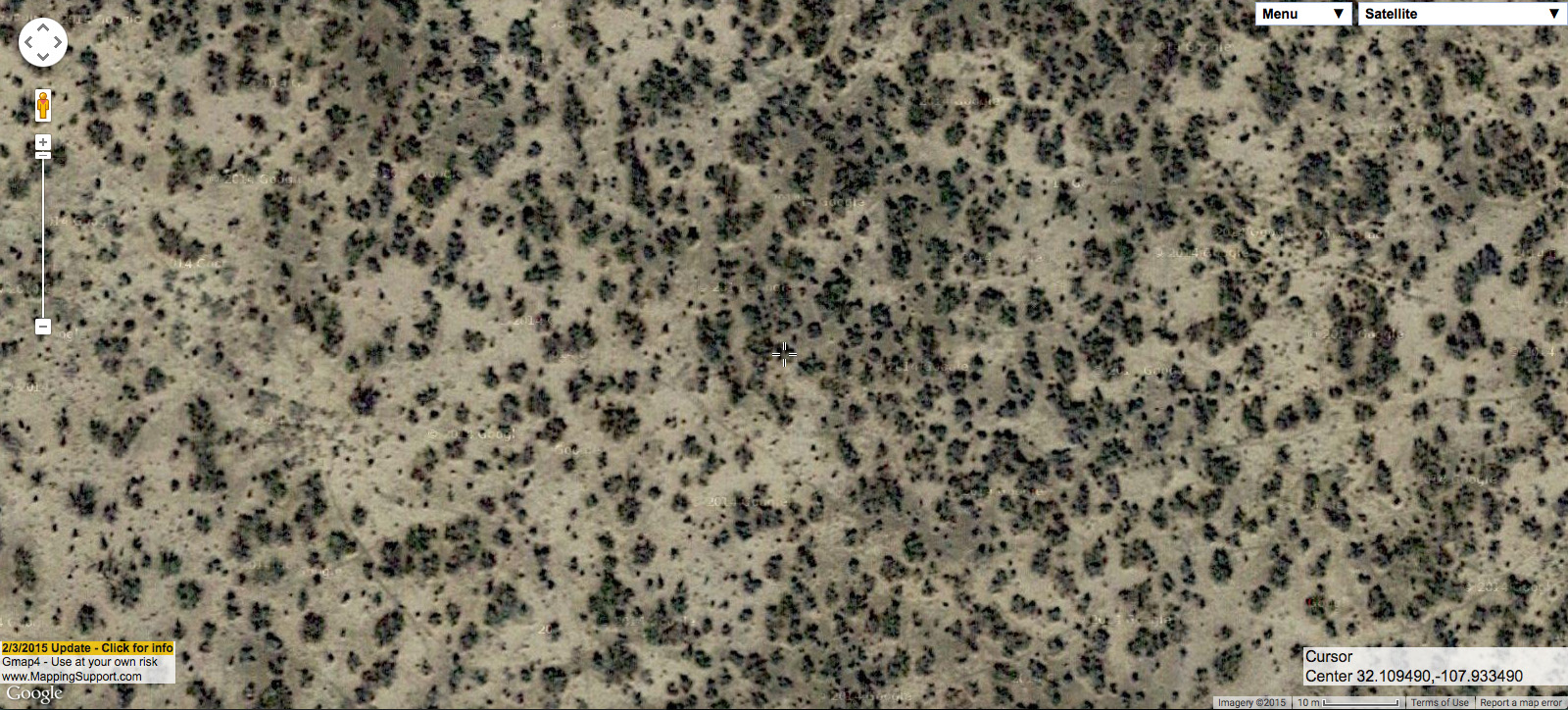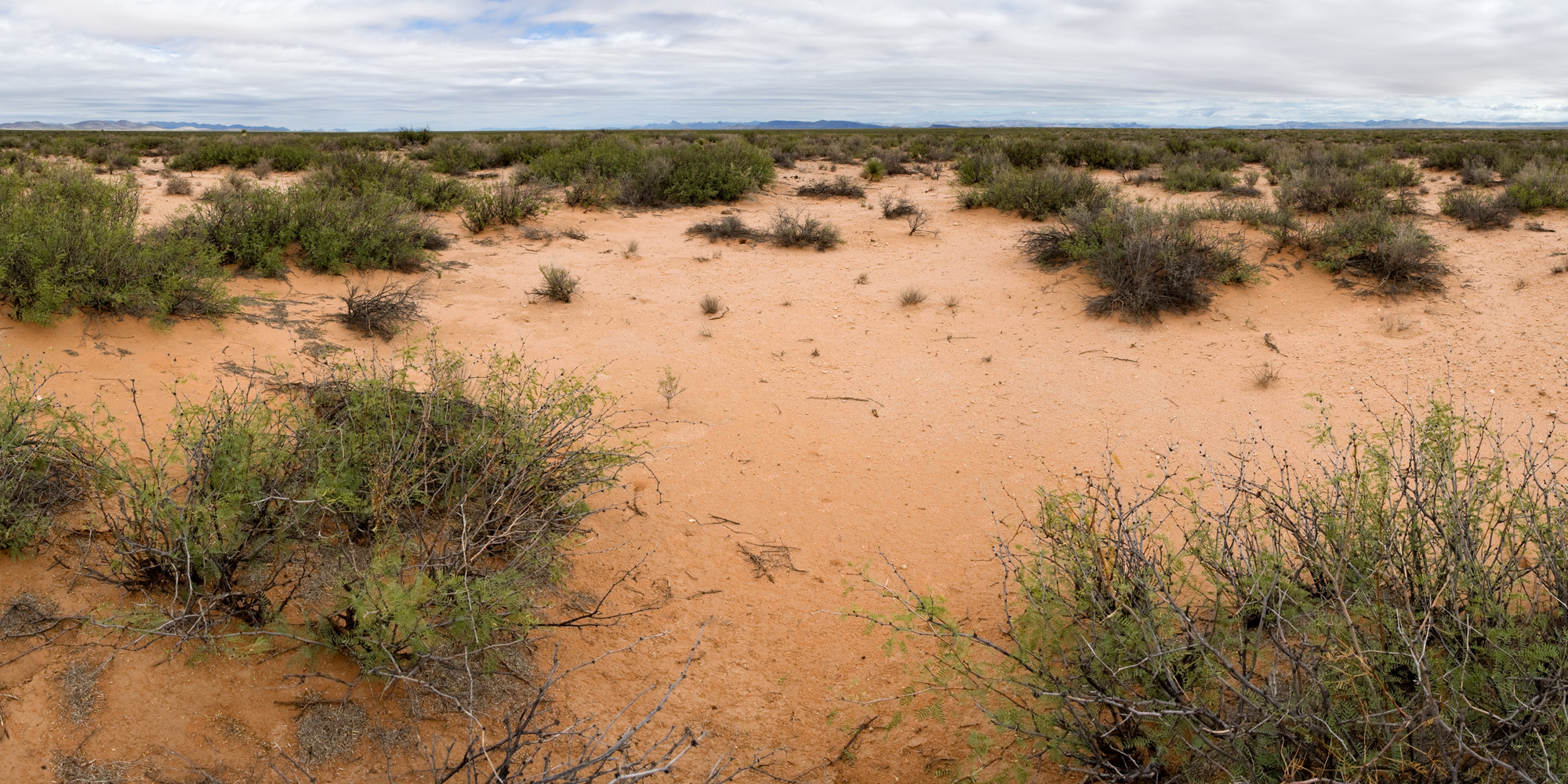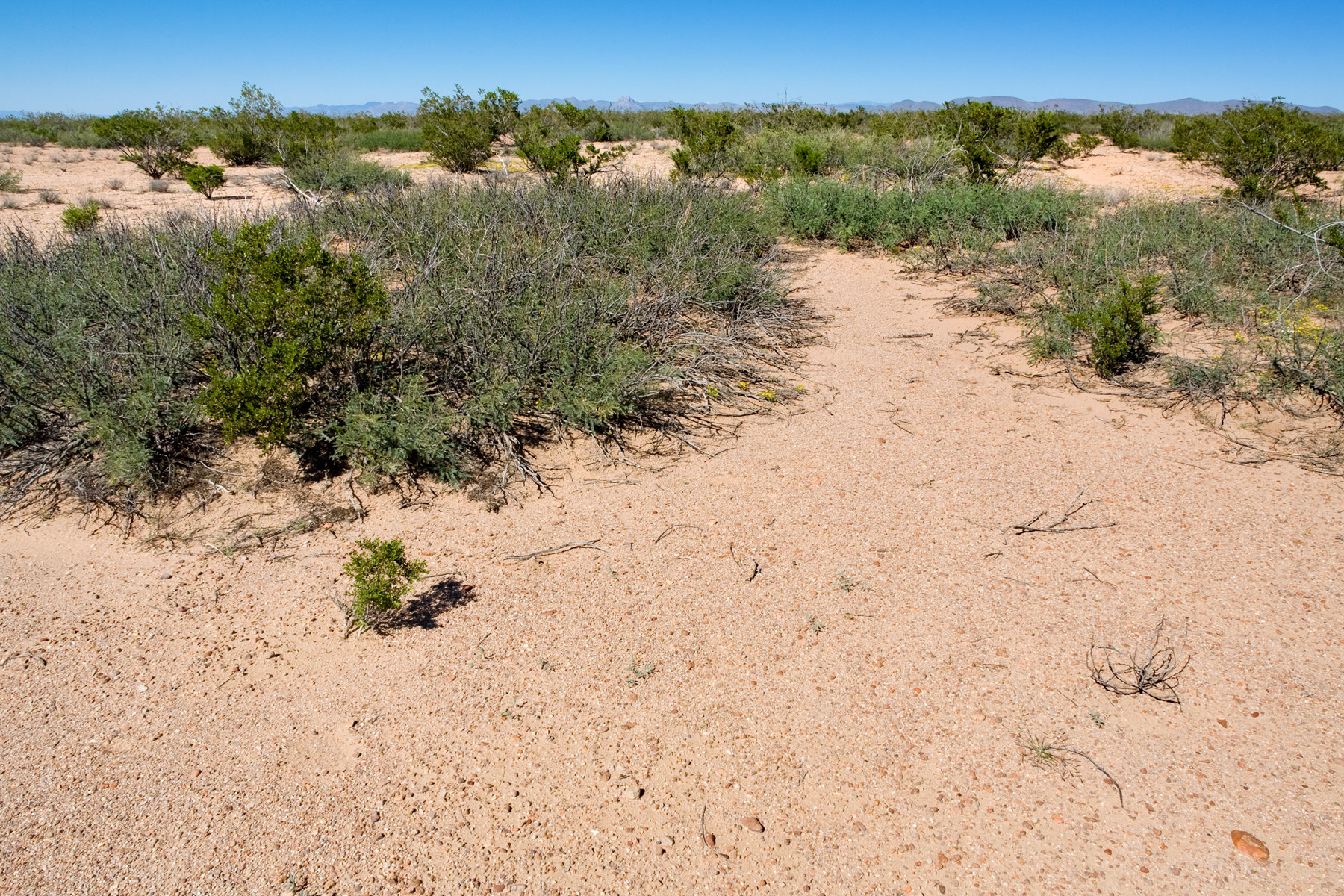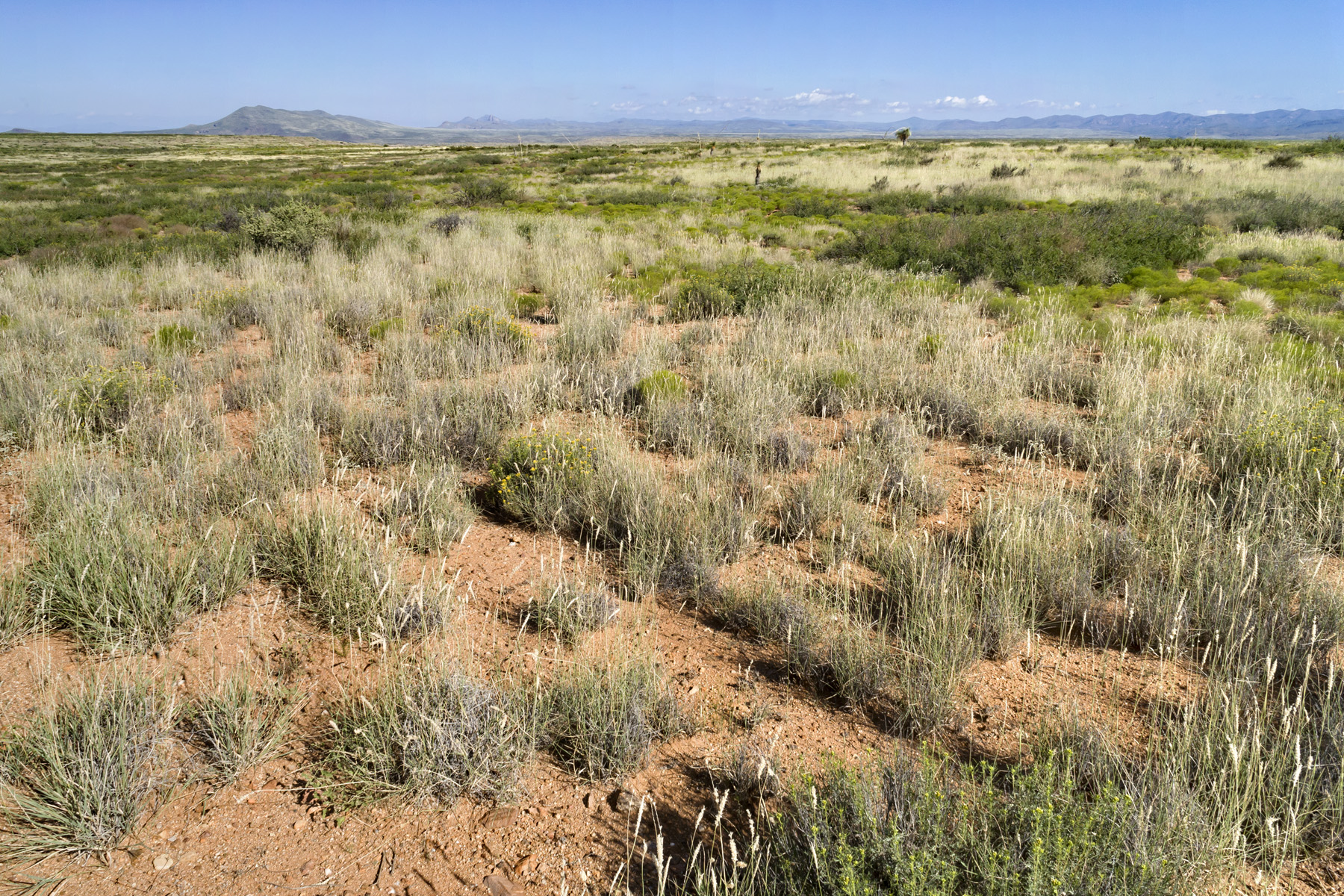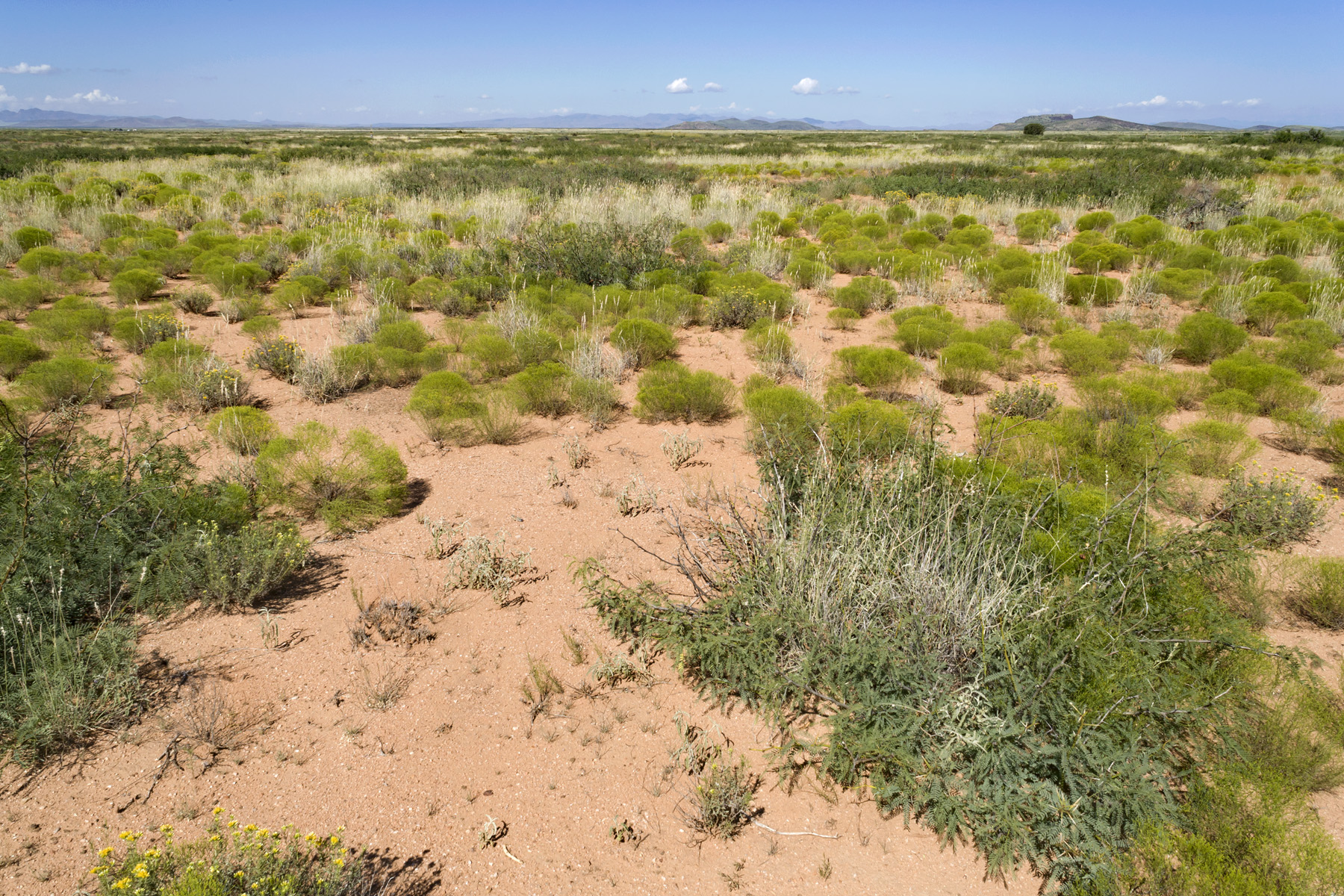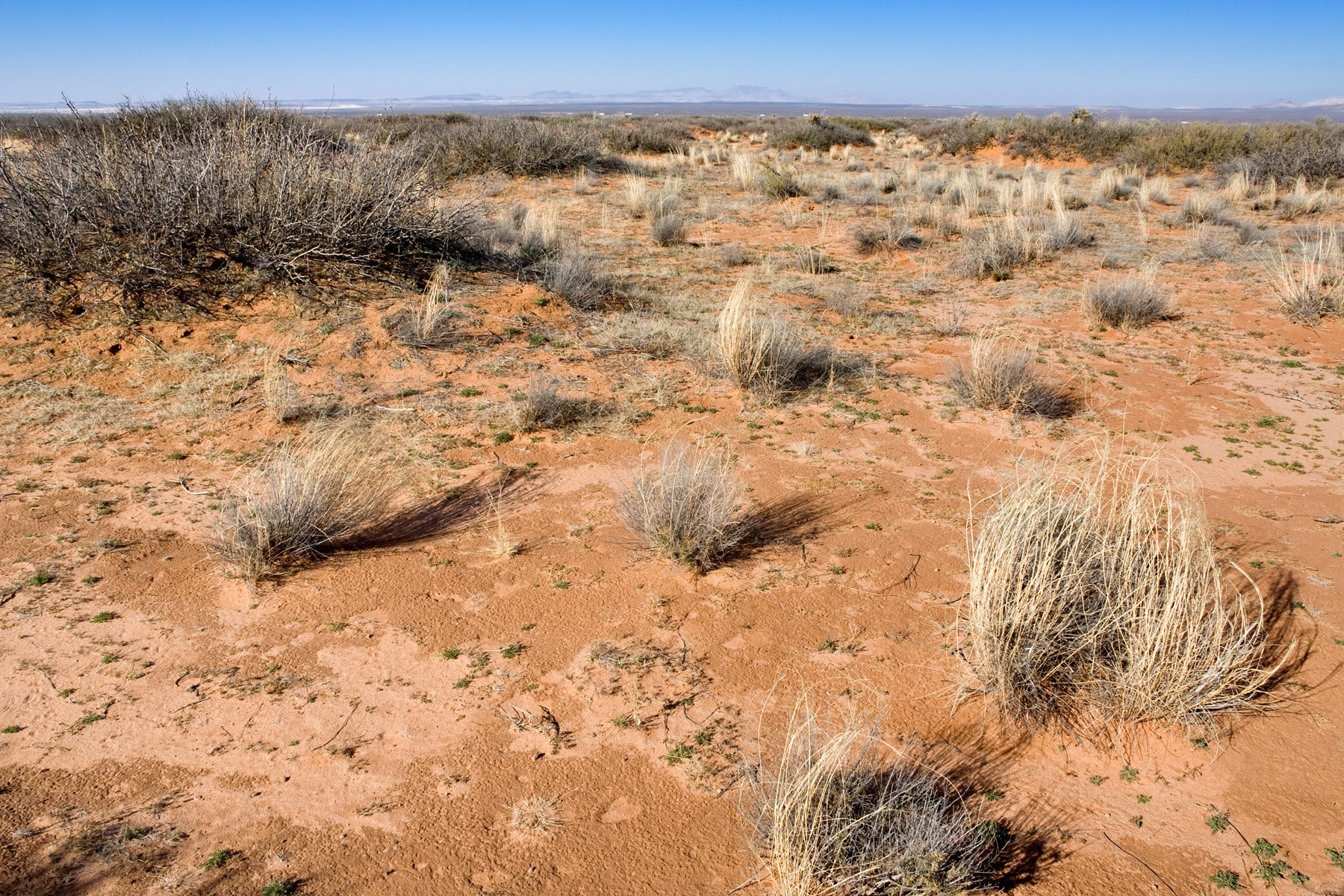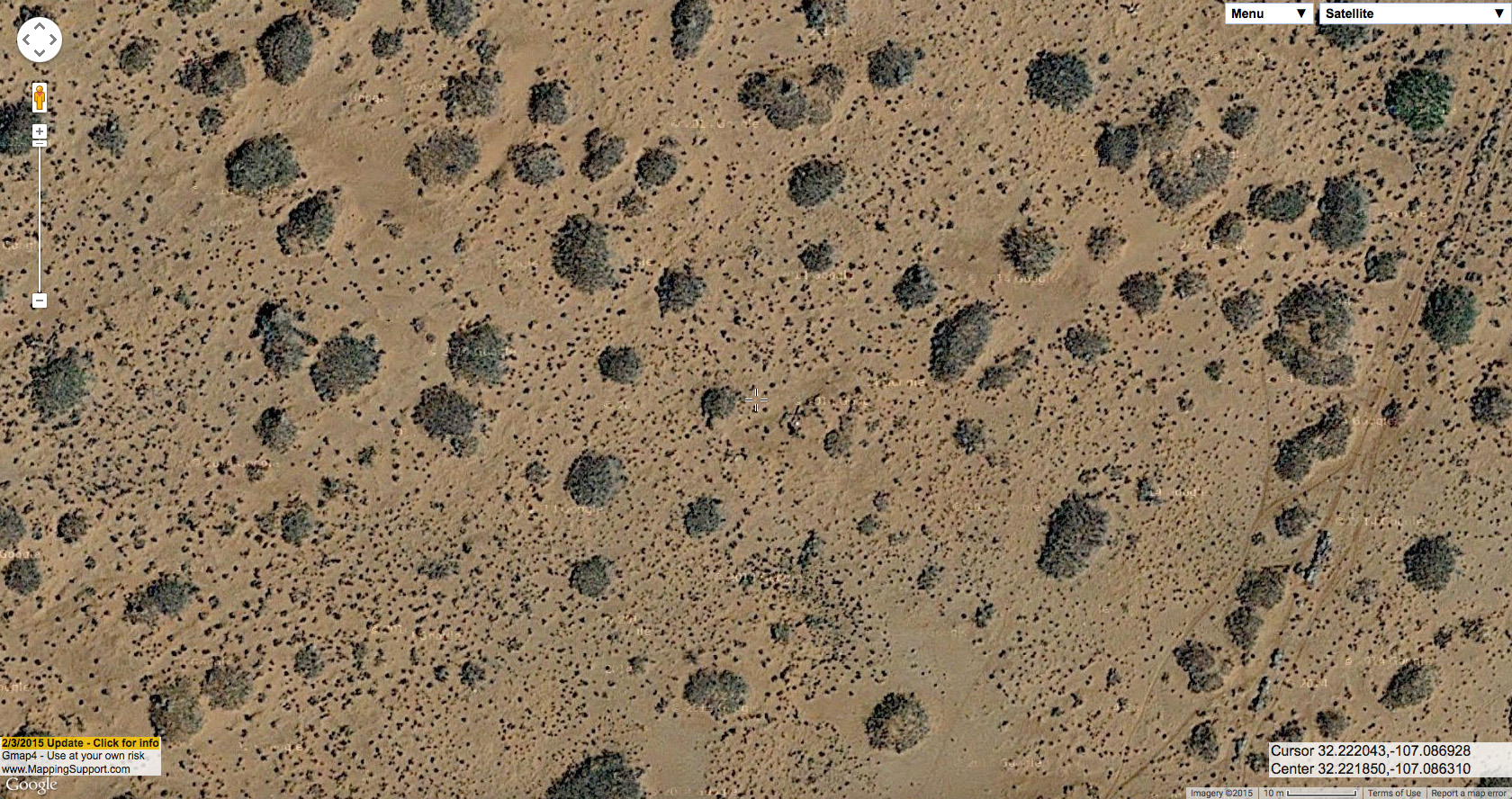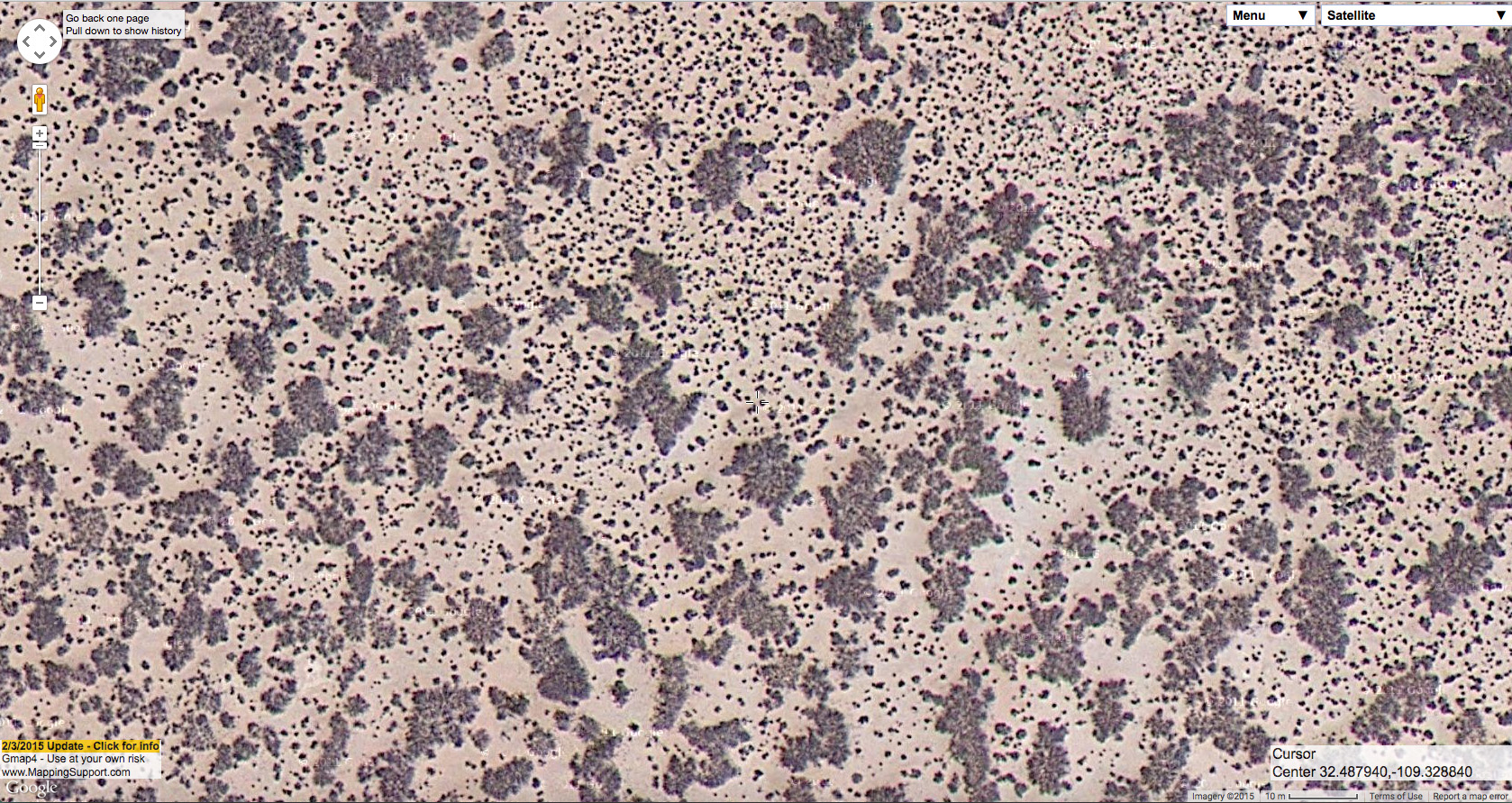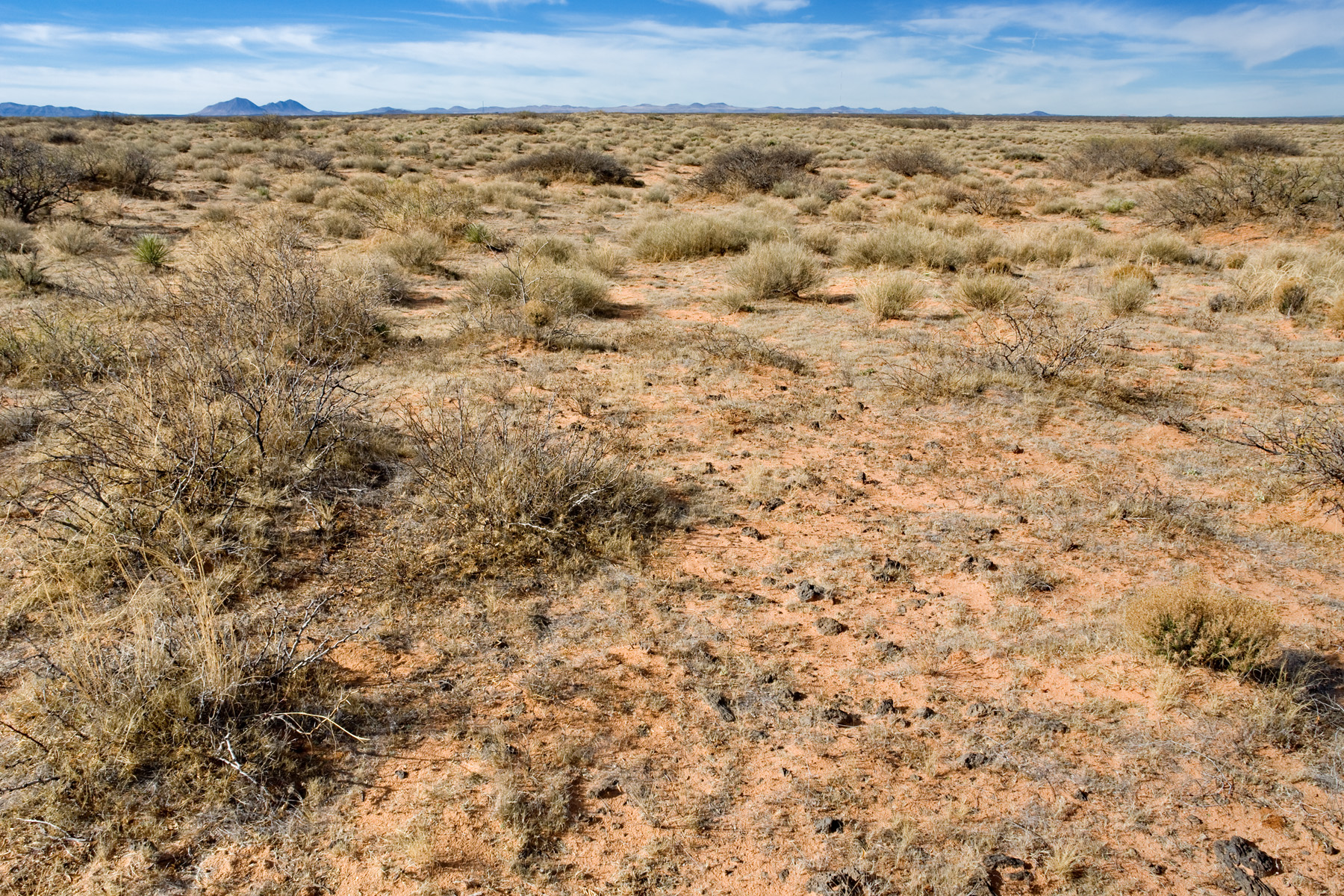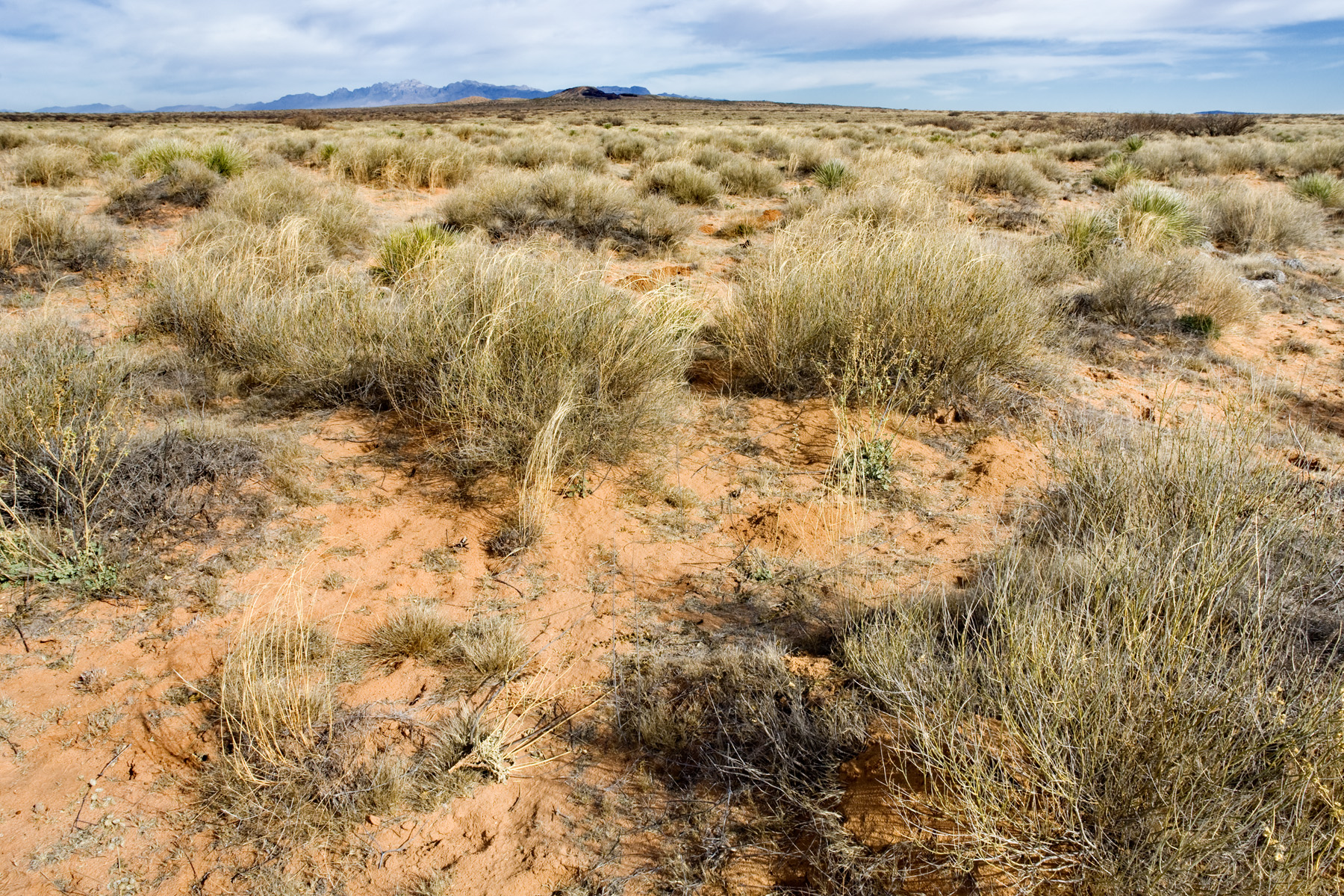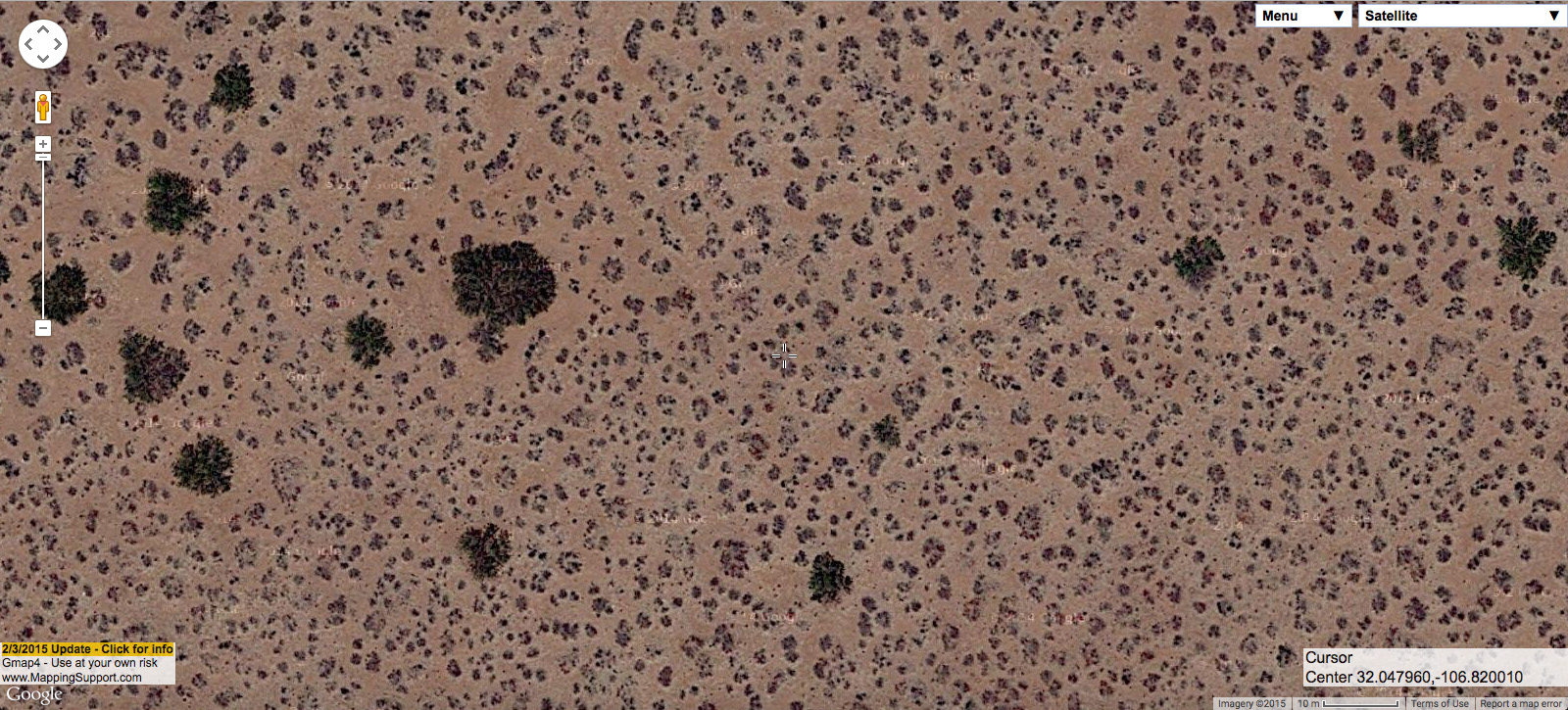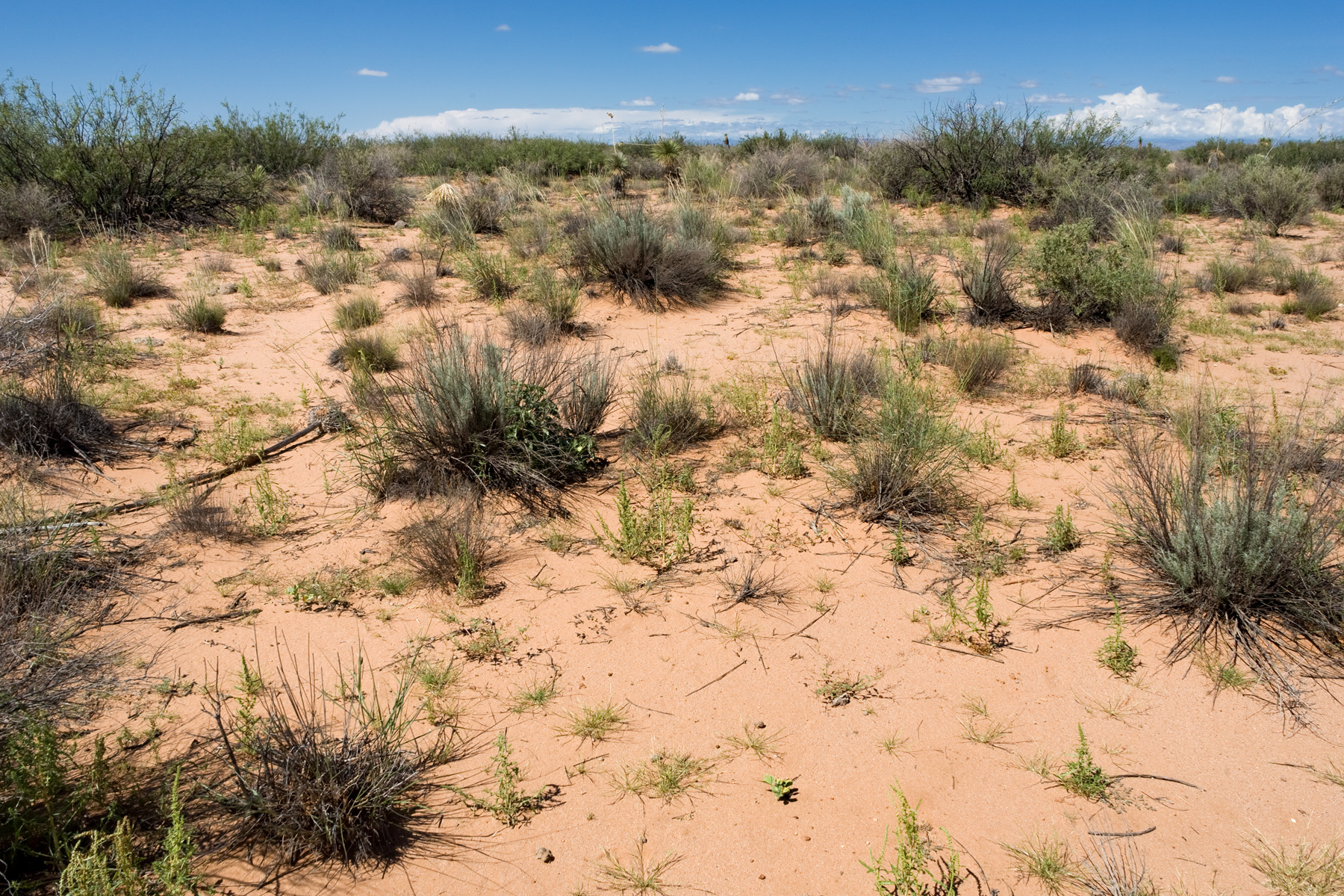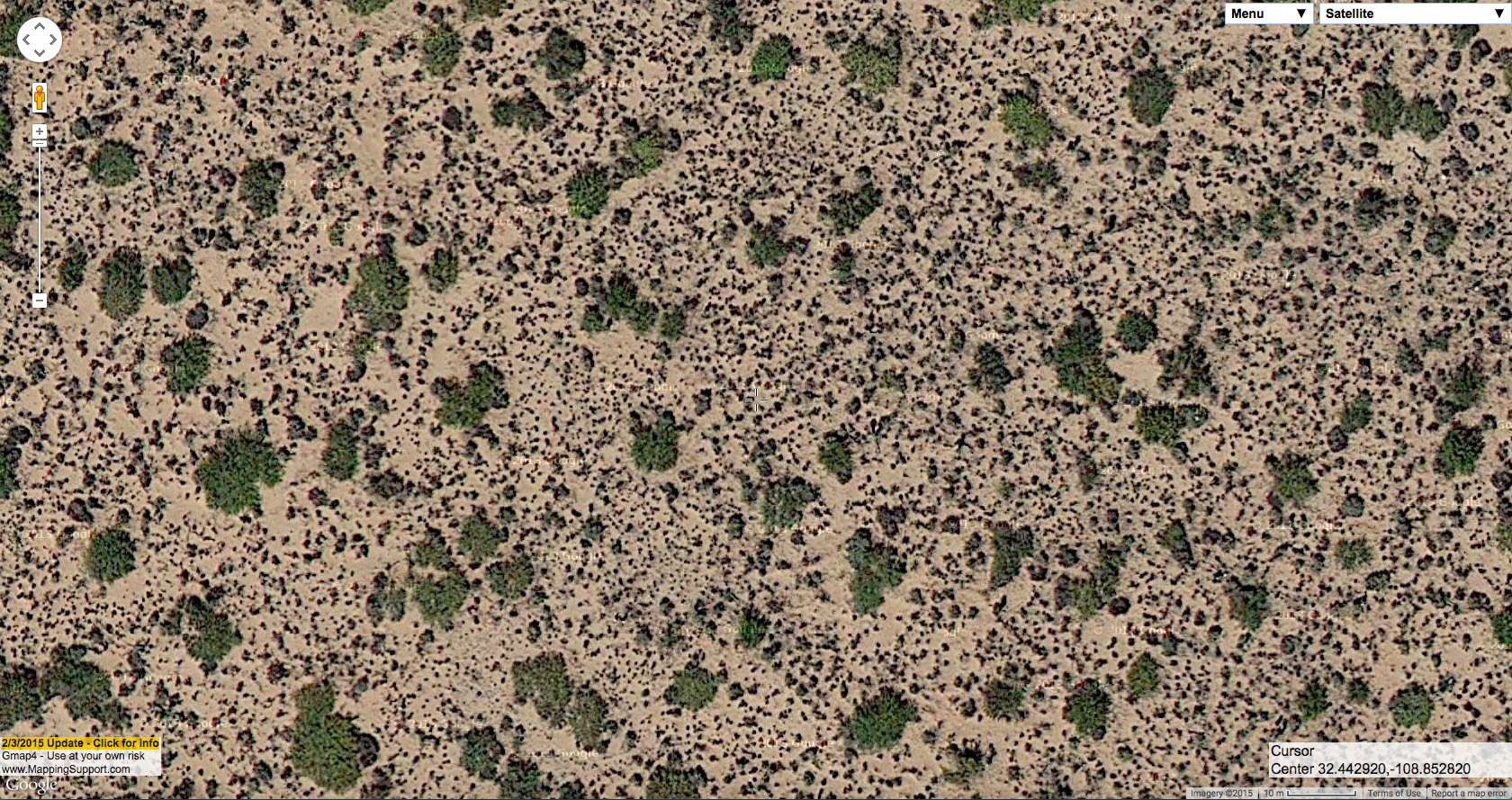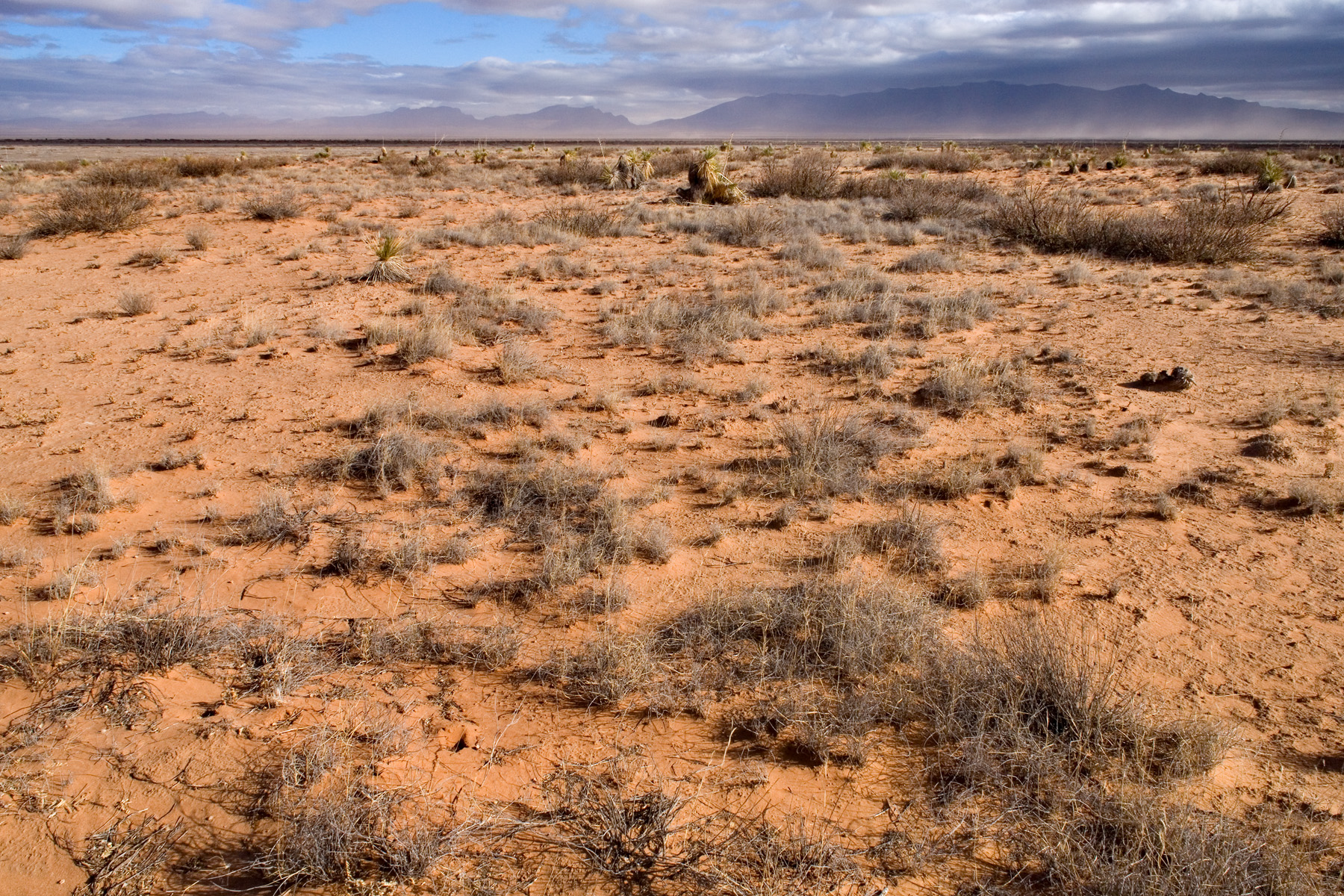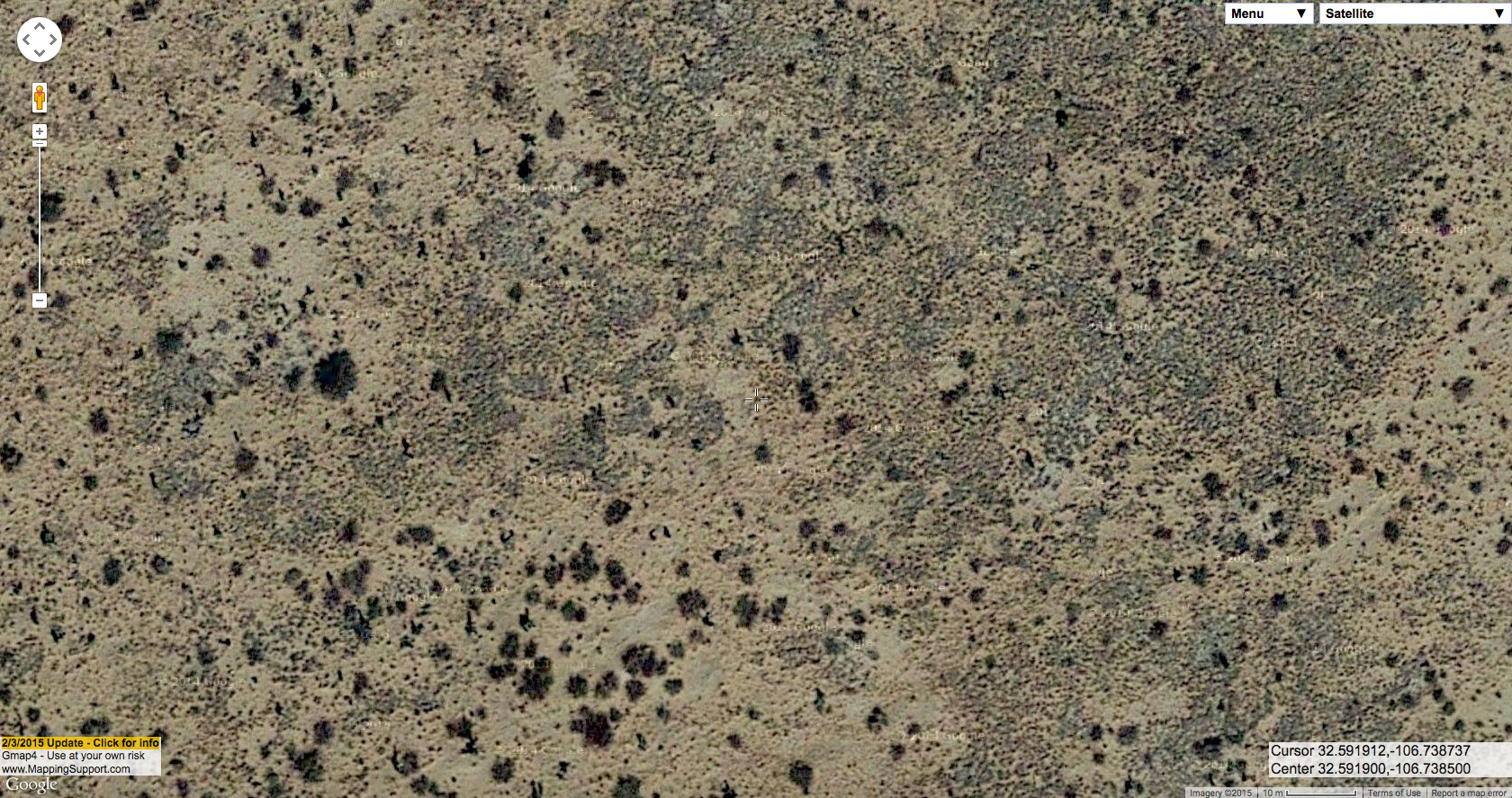I recently listened to Donald Hoffman’s The Case Against Reality as an audiobook, and today I’m listening to the discussion between Donald Hoffman, Sam Harris, and Annaka Harris on the Making Sense podcast. I find the book and, to a lesser extent, the podcast to be very frustrating. Some of what Hoffman says is obviously true; some is the result of interesting research and is apparently true but not obvious; some appears to be true but stated in a deliberately misleading and confusing fashion; some is “not even wrong” because it is incoherent. What’s frustrating is that there’s enough truth, interest, and coherence in there that it is superficially compelling, but enough obfuscation and incoherence that it never quite builds into anything worthwhile. I keep feeling like there’s a way to twist my mind into an alignment where he’s saying something profound, but I can’t get there and think that trying to make sense of Hoffman is attempted self-delusion.
I think Hoffman understands a lot of the details but fundamentally misunderstands the nature of what he is doing. He is using language to communicate with other humans. He forgets that context and wants to talk about reality as though he were taking a view from nowhere, as though he could ditch everything we think we know about human perception from subjective experience, keep everything about human language and communication and our scientific knowledge of the world, and arrive at some viewpoint that is not bound by the particular context of human communication–and is still coherent. Less charitably, it sometimes looks like he’s trying to present the obvious in as counterintuitive a fashion as possible so that it looks like something deeply surprising or profound while remaining demonstrably true… or at least, you can view it as true if you’re willing to go through the appropriate mental contortions.
For instance, Hoffman writes: “A spoon exists only when perceived. […] A spoon is an icon of an interface, not a truth that persists when no one observes. My spoon is my icon, describing potential payoffs and how to get them. I open my eyes and construct a spoon. That icon now exists, and I can use it to wrangle payoffs. I close my eyes, my spoon for the moment ceases to exist, because I cease to construct it. Something continues to exist when I look away, but whatever it is, it’s not a spoon.” So far as I can tell, this boils down to: “My mental idea of a spoon isn’t actually a spoon.” What’s really bizarre here is that the content of his statement is that the mental concept bit is in your head, not out in the world, while his way of saying it implies the opposite, that spoons are existing or not out in the world by virtue of your mental concepts. They just pop in and out of existence depending on whether or not we’re thinking about them at the time. The mundane is recast as the shockingly counterintuitive.
When arguing that evolution prevents us from seeing reality, Hoffman (quoted from the podcast) characterizes the alternative viewpoint, that our perceptions accurately reflect the world, as follows: “Accurate perceptions, veridical perceptions, are fitter perceptions. And the argument that’s classically given is actually quite intuitive. So, the idea is that those of our ancestors who actually were better at feeding, fighting, fleeing and mating because they could see reality as it is were more likely to pass on their genes, which coded for the more accurate perceptions. And so after thousands of generations of this process we can be quite secure that our perceptions are telling us truths about the world. Of course, not exhaustive truths, but the truths that we need. We see those aspects of reality that we need to stay alive and reproduce.” His argument against this viewpoint, ultimately, is based on ignoring everything after “of course”. He argues that our perceptions are not veridical because, instead of seeing the world as it is, we see it in terms of fitness payoffs. We see those aspects of reality that we need to stay alive and reproduce, rather than perceiving mere fact as though we were disinterested observers. This is made fairly explicit in a paper by Prakash et al., with Hoffman as the third author, entitled “Fitness beats truth in the evolution of perception.” There is an online draft of this paper, though it is not published as yet. Prakash et al. write: “Given some sensory inputs, the truth strategy attempts to estimate the most probable world interpretation for each input. […] It then compares the fitness of these most probable world estimates, and picks the one with the highest fitness.The fitness-only strategy, on the other hand, makes no attempt to estimate the most likely world state corresponding to each sensory input. It simply computes the expected fitness corresponding to each input directly, via the posterior distribution […]” There may be a difference between “those aspects of reality that we need to stay alive and reproduce” and “the expected fitness corresponding to each input”, but if so it is not a large difference. Fitness is an aspect of reality. Prakash et al. are basically putting the label “truth” on one approach, the label “fitness” on the other, and assuming that readers will go along with them in taking it as given that “truth” really is true and that “fitness” is, therefore, false. It’s basically an appeal to your intuition, hoping that you’ll agree here without them having to put forth an argument.
One of the hidden assumptions here is that there is a representation of reality that is simply true in itself. We should think seriously about that assumption, instead of just gliding over it as Hoffman does. Hoffman repeatedly brings up the computer desktop as an analogy. The icon representing a file doesn’t have the same properties as the file itself. Ah, but what are the properties of the file itself? Hoffman never gives a clear answer. In the book, at one point he says that the icon is there to “spare you tiresome details on transistors, voltages, magnetic fields, logic gates, binary codes, and gigabytes of software”. There are several different levels of abstraction, coming from different interpretive frameworks, lumped together in that list! And it is not exhaustive. In the podcast–and direct quotes are hard to provide in this context, so please forgive my approximation–Hoffman refers to the real nature of the file, in contrast to the icon, as “transistors and software”, and says that the icon might be fine for your average user who just wants to click on something and have the file open, but would not suffice for the programmer trying to design user interfaces. So, we don’t know what the properties of the file are, and on the other side of the analogy we never really learn from Hoffman what the true structure of reality is. The answer he gives on the last point is that consciousness is the true structure of reality. This is kind of a perfectly wrong answer–it pops in without any positive argument in its favor, it undermines everything that came before, and it doesn’t clarify anything. I’m left without any coherent idea of what Hoffman is trying to say. Perhaps there is some set of mental contortions that would get me there, but the only reason to pursue it at this point would be the sunk cost fallacy. My effort hasn’t paid off yet, but maybe this time! OK, so let’s just leave that aside. Instead, let’s think about what a representation is.
Should we view the icon representing a file on the computer desktop as an accurate representation of reality? Hoffman does give us a good answer here, although kind of as a byproduct. Well, it depends on what you’re doing. Different levels of representation will be suitable for different purposes. If you’re just trying to open the Word document a co-worker sent you, the icon on the desktop is fine; it accurately represents the aspect of reality that is relevant to you at the moment. It is wrong only in reference to some other use for which the desktop icon is insufficient, and there is an indefinite number of those. Are you trying to read the document? Edit it to ensure that the language use is idiomatic? Using it to test the functions of Microsoft Word? Using it as an example to test your own file format parsing software? Using it to test the read / write speeds of your hard drives? Below this, it gets very difficult to imagine what a file is or what aspects of its reality are relevant. Presumably there is a quantum-physics-eye view of a computer file, but I don’t have the faintest idea what it is. So, which of those is truth? There isn’t an unambiguous answer here. There are many true (and many more false, of course) representations that are possible and there isn’t one true representation that is correct in the abstract, divorced from any observer and purpose. And all of them are representations. If you’re a human writing in a language, writing to communicate to other humans, that carries with it innumerable limitations on the possible forms of representation and how useful one or the other will be. There is no set of words that will capture what is, exactly as it is, independent of any potential reader or communicative context. There is no truth yardstick out there in the world that will tell us how true something is without requiring “telling” and “us”. Language is contingent on perception.
The icon on your desktop is as true as it gets–it captures the aspects of reality it is supposed to capture and serves the purpose it is intended to serve. It’s not the true structure of reality, but neither is anything else. Hoffman asks if the file itself is blue merely because the icon is blue–it’s blue in that representation. It would be non-veridical to see it as blue if it’s actually yellow in that representation; it’s entirely veridical to say that it is blue within that representation. It doesn’t make any sense whatsoever to ask if it blue in the absence of any representation. It’d be like asking what color an observer would see if there were no observer. So, yes, Hoffman, the file really truly is blue. If you say it is yellow, show me the desktop on which it is yellow and tell me why that desktop is the truth and mine isn’t. That kind of answer would have absolutely none of the profundity Hoffman intends, but he can’t provide one that does.
If all we’re interacting with in the perceived world are “icons” then, well, all we’re interacting with are icons. The “true structure of reality” is an icon. The object that exists when we aren’t conceptualizing of it as a spoon is an icon, just as much as the spoon is. If anyone buys that story, all they’ve done is stack one icon onto another. Now the poor schmuck doesn’t just have the icon of the spoon between him and reality, he’s got the icon of the spoon, and the icon of the spoon when it isn’t conceptualized as a spoon! If there is a transcendent reality beyond the spoon, it’s now further away rather than closer.

